When was the last time you sharpened your dental instruments, like your curette or scaler? Maybe you, like many other dental clinicians, know you should sharpen your instruments, but you’re busy and keep thinking sharpening is a task you’ll have to get to “someday” when there’s nothing else to do.
Proper care for dental instruments is crucial for delivering quality dental hygiene care, and yet, letting instruments become dull is all too easy. With sharpened instruments, dentists and hygienists can enjoy more comfort on the job, can clean teeth better and in less time and can help patients enjoy a more comfortable appointment.
Why It Is Critical to Have Sharp Dental Instruments
Keeping your dental instruments sharp shouldn’t be an afterthought. Having sharp instruments can help you and your patients. Dull instruments can lead to a few prominent problems, including:
- Strain on hygienists: Dental hygienists have an elevated risk of developing a repetitive strain injury (RSI) because of the repetitious movements they make. With a dull instrument, a hygienist will have to grip and push harder, and their wrist will likely move out of the neutral position. This means they’ll experience more strain than they would with a sharpened instrument, increasing the likelihood of developing an uncomfortable or even debilitating RSI.
- Patient discomfort: When you have to use an instrument repeatedly in one motion because it didn’t accomplish its task the first time, like scissors that won’t cut or a distal end cutter that keeps letting the wire slip, another problem this causes is discomfort for the patient. Patients will feel more pressure, which can cause physical discomfort as well as increase anxiety for patients who are apprehensive about having dental work done. Applying extra pressure or repeated force with a dull instrument also increases the likelihood that your hand could slip, causing an abrasion in the soft tissue of the mouth.
- Inefficient and ineffective scaling: Removing plaque and tartar with a dull dental scaler or curette will take longer than it would with a sharp instrument. Inefficient scaling increases the length of a patient’s visit and wastes valuable time and energy for hygienists. Dull instruments can also lead to a dangerous issue for patients — burnished calculus. Hygienists may not realize they’ve left calculus behind, having merely smoothed the surface rather than removed it fully.
By changing out dull dental instruments for sharp ones, you can avoid these common problems and instead enjoy the benefits of more comfort, less strain and more efficient and effective scaling. Your tools shouldn’t leave you having to make up for their deficiencies and still risk compromising the quality of the care you deliver. Instead, your dental instruments should work with you and enhance your ability to deliver consistent, quality care to each and every patient.
Are My Instruments Too Dull?
If you’re not sure whether your dental instruments are too dull, chances are, the answer is yes. As few as 15 to 45 scaling strokes can dull a dental instrument.
You may have learned about the importance of sharpening instruments in dental school but have fallen into a habit of using dull instruments on a regular basis. One reason may be that it takes time to sharpen instruments. Additionally, sharpening thins the tip of some instruments, necessitating a replacement sooner.
So, how often should you sharpen dental tools? That depends on a few factors. It is best practice to inspect an instrument each time before use to ensure it’s sufficiently sharp. If it’s too dull, you should sharpen it before using it on a patient. An easy way to check to see if an instrument is too dull is to shine a light on the cutting edge of the instrument and observe whether it reflects light. If it does, that means the cutting edge is beveled and is, therefore, too dull.
You can also use a plastic testing stick to check for sharpness levels. These testing sticks are made so that cutting, or “biting,” into them mimics the same amount of pressure required to remove calculus. To use the testing stick, first make sure it is sterilized. You should hold the instrument in your dominant hand at the same angle as you would in a patient’s mouth and hold the testing stick in your other hand. You should be able to bite into the stick with a minimal amount of pressure. If you have to push harder to get the instrument to bite, then it’s too dull.
You should also pay attention to whether an instrument is becoming too thin and is at risk of breaking. Using an instrument that is ready to be replaced may lead to the instrument breaking during a dental procedure, which can cause serious complications.
Why Sharpening Can Be Difficult
One reason you may neglect to sharpen instruments frequently enough is because sharpening can be a difficult task — especially since many dental professionals receive very little training on how to sharpen dental instruments. In a survey of dental professionals, 15% of those who said they didn’t sharpen instruments often enough cited a lack of proficiency as the number one reason. If you don’t feel confident in your ability to sharpen instruments, you may put off the task and use dental hygiene equipment that is dangerously dull.
Another prominent reason that most dental professionals cite for not sharpening instruments enough is a lack of time. Sharpening instruments takes time, and that time can often seem elusive when there are back-to-back appointments or when there are other tasks waiting in the case of a cancellation.
This problem is exacerbated when dentists don’t legitimize the need for frequent sharpening. Some dentists may even discourage it since they don’t want to wear down instruments, necessitating replacements sooner. This puts hygienists in a difficult position since they need sharp instruments to do their jobs well. It’s important that dental staff are on the same page about the importance of sharpening.
There are two methods of sharpening dental instruments: freehand and machine sharpening. Whichever method you use, remember that sharpening is not a replacement for new, fresh instruments. Sharpen instruments as often as they need until it’s time to replace them.
Freehand Sharpening
Freehand sharpening is the traditional method of maintaining a sharp edge, but it’s more difficult than machine sharpening. Freehand sharpening typically involves holding an abrasive object like a sharpening stone in one hand and the instrument to be sharpened in the other. To sharpen the blade, you must hold the instrument at just the right angle and move the stone over the blade.
This angle differs depending on the type of instrument you’re sharpening, so you must know which angle you need for each particular instrument. Some stones are equipped with a dental instrument sharpening guide to give you a visual for achieving the correct angle. These guides are helpful, but it’s still up to the person to not only get the angle right to begin with but maintain this angle perfectly over a series of strokes — an exceedingly difficult task. You’re certainly not alone if you’re intimidated by freehand sharpening.
Machine Sharpening
Machine sharpening is an easier option since it takes some of the guesswork out of the equation. There are many different dental instrument sharpeners of varying levels of sophistication on the market today. Systems with instrument guide channels and features to control the angle of the blade make it easier to achieve the correct angle and maintain it during sharpening.
While some advanced systems hold the instrument in place without help, most sharpening systems still rely on a person to control the instrument’s movement and the amount of pressure exerted to sharpen. This means, even with a machine to help, sharpening dental hygiene tools correctly can still be a tricky process.
Sharpening vs. Replacing Dental Instruments
When you let instruments go too long without sharpening, you’ll have to use a grittier stone to sharpen and will have to remove more of the metal to achieve a sharp edge. That means regular sharpening of periodontal surgical instruments with a finer-grit stone can increase the instruments’ lifespan. Making your instruments last longer saves you from having to reorder as often, helping you maximize efficiency and cost-effectiveness in your practice.
That said, even quality dental instruments aren’t made to last forever. As you use and sharpen the instruments, they’ll wear down and will eventually need to be replaced. Typically, an instrument needs to be retired after it has been sharpened 10-15 times.
Another guideline to go by is to pay attention to how much of the blade has been reduced, though this may be hard to determine by eye unless there has been a dramatic reduction. When a blade is half the width or length as it started out, you can be sure it’s time to replace it. When you see signs that it’s nearly time to replace dental instruments, make sure you have a new tool ready to take over.
Of course, you should also replace instruments that are visibly chipped, bent or otherwise damaged. In these instances, sharpening them won’t restore them to life. They simply need to be replaced with new tools.
When you’ve been using a dental instrument that’s on its last leg, switching to a new instrument will feel like a game-changer. You’ll be able to remove plaque and tartar more effectively in less time without placing undue strain on your hand, wrist or other body parts.
Try not to get into the habit of making do with a dental hygiene tool that has become suboptimal. When you’re struggling with a tool and sharpening it isn’t enough to bring it back to life, do yourself, your patient and the whole practice a favor by getting it replaced.
Tips for Keeping Dental Instruments Sharp
Let’s look at some tips for how to keep dental instruments sharp. The methods you use will largely depend on what type of equipment you have to work with, but you may find these guidelines helpful:
1. Choose the Best Sharpener for the Job
There are many types of sharpeners out there you can choose from. Natural stones can work very well, but you must keep them lubricated while you’re using them and then clean and sterilize them before using them again. You can also find synthetic sharpening stones and other objects that may or may not require lubrication.
The most important thing is to make sure the sharpener you’re using offers the right level of grit. If you just want to touch up a slightly dull blade, you want a fine texture. If you’re trying to sharpen or reshape a badly neglected blade then you need a grittier sharpening surface.
2. Get the Angle Right
Remember that, whatever dental instrument sharpening techniques you’re using, the right angulation is always crucial. If you’re controlling the angle, consider using a guide on your sharpening stone to help you. You should also avoid looking at the terminal shank or handle to judge the angle. Instead, stay focused on the blade itself and the angle at which it is impacting the sharpening stone.
3. Enhance Your Vision
Sharpening the tips of dental instruments is a delicate business, so you need to be able to see what you’re doing. Make sure you have sufficient lighting. Using loupes can provide additional illumination and can help you see what you’re doing better through magnification. Remember that light can also help you test to see whether a cutting edge is dull or sharp.
4. Store Instruments Properly
If your dental instruments are disorganized and regularly rub against each other, you can expect them to become dull faster. Dental cassettes offer many benefits, such as preventing dulling and keeping equipment in better shape. When you store and sterilize your instruments in a cassette, you can rest assured you’re not adding to the wear that instruments experience. This means less sharpening required to maintain your tools.
5. Purchase Instruments That Stay Sharper Longer
Not all dental instruments are created equal when it comes to sharpness. Some instruments start out sharper and will maintain their sharpness more effectively. That means you can enjoy the benefits of a sharp edge without having to sharpen as frequently.
You should still prioritize sharpening instruments when they need it. However, purchasing superior instruments can help you deliver a high standard of care to patients, even when you’ve been pressed for time and haven’t gotten around to sharpening.
Sharp, Durable Dental Instruments From ProDentUSA
Sharp instruments are an absolute necessity for working comfortably, efficiently and effectively while helping the patient enjoy a positive experience. To avoid excessive sharpening, choose high-quality, durable instruments that maintain their sharp edge more effectively over time.
The ProDentUSA Siberian Stone™ periodontal instrument collection may be of special interest to you. These instruments are made with a unique 440A metal alloy and a cold-work hardening process. The result? Steel that will remain sharper for longer. Once you start working with Siberian Edge instruments, you won’t want to go back to dull, flimsy instruments ever again.
ProDentUSA offers a wide range of products for dental clinicians. Since we manufacture our own products, we are able to pass on extraordinary savings to our customers. Contact us if you have any questions about our products or how ProDentUSA can help you upgrade your dental instruments and accessories.

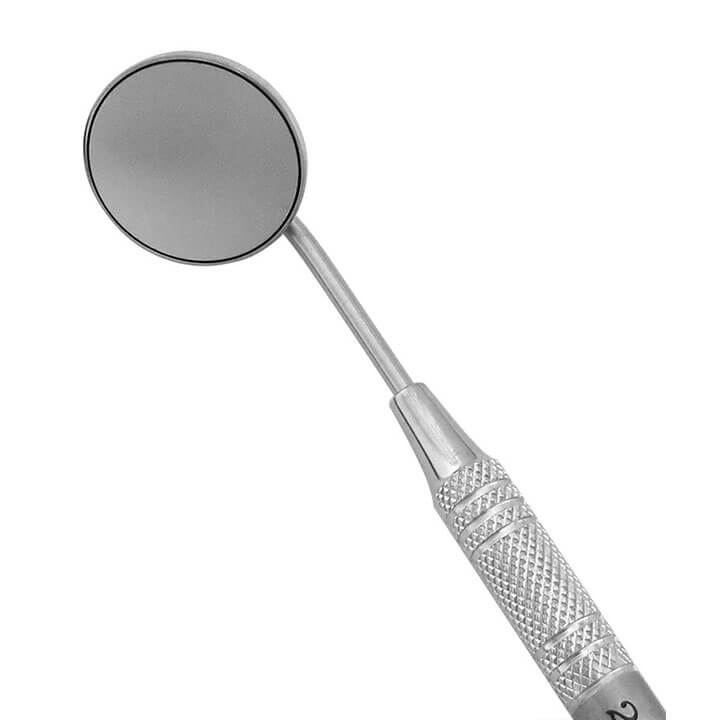
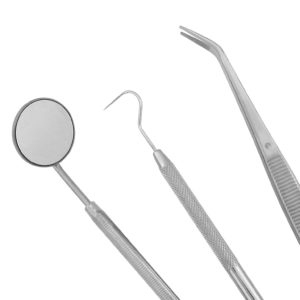
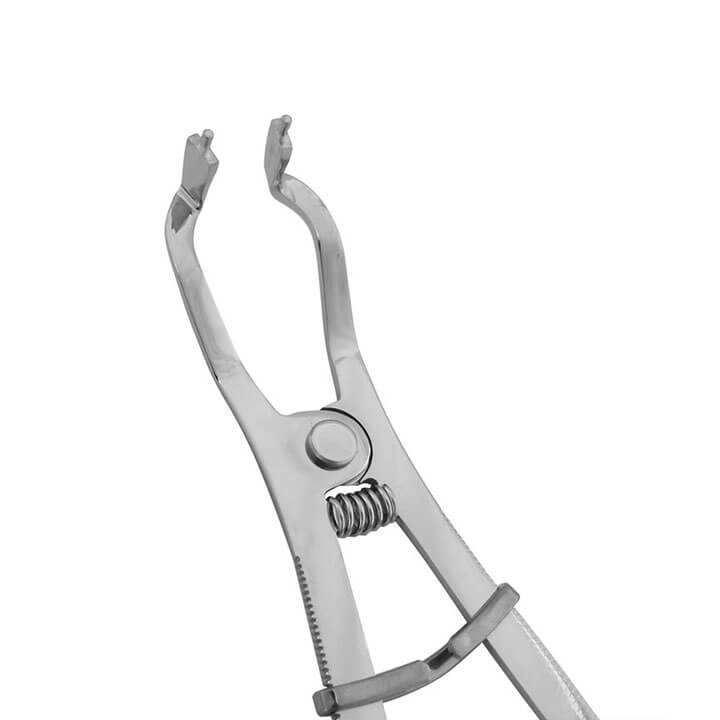
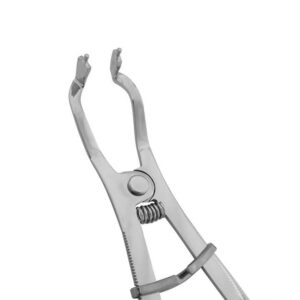
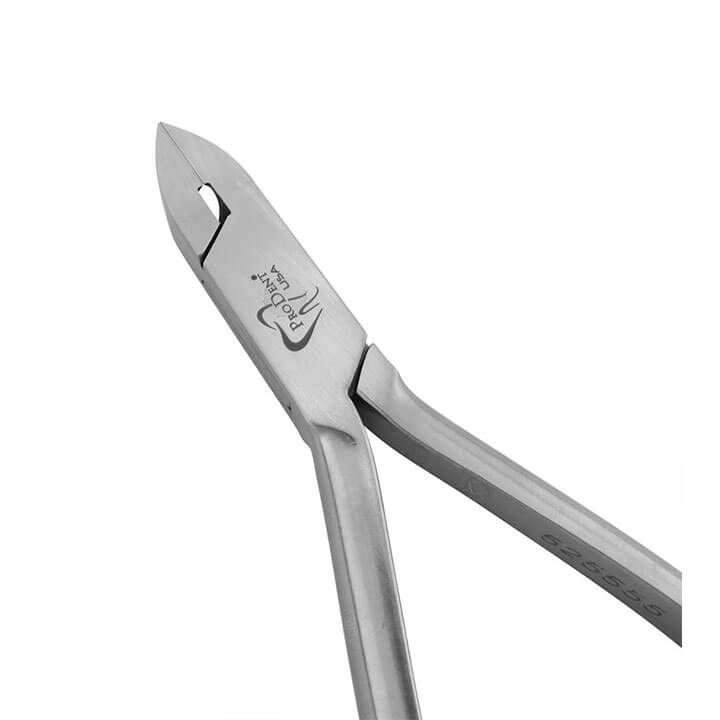
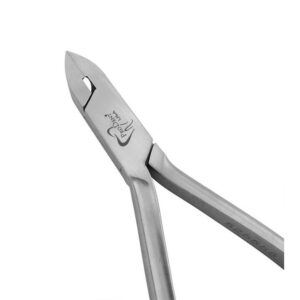
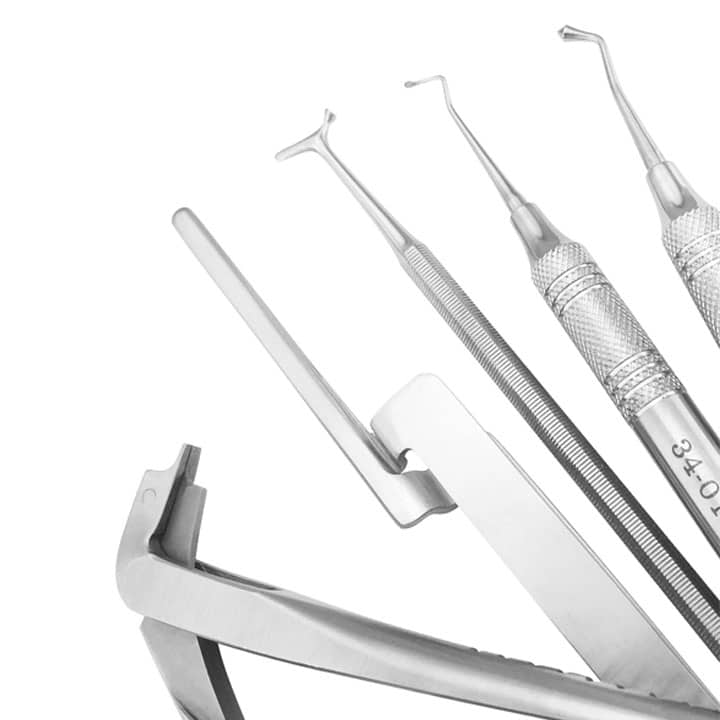
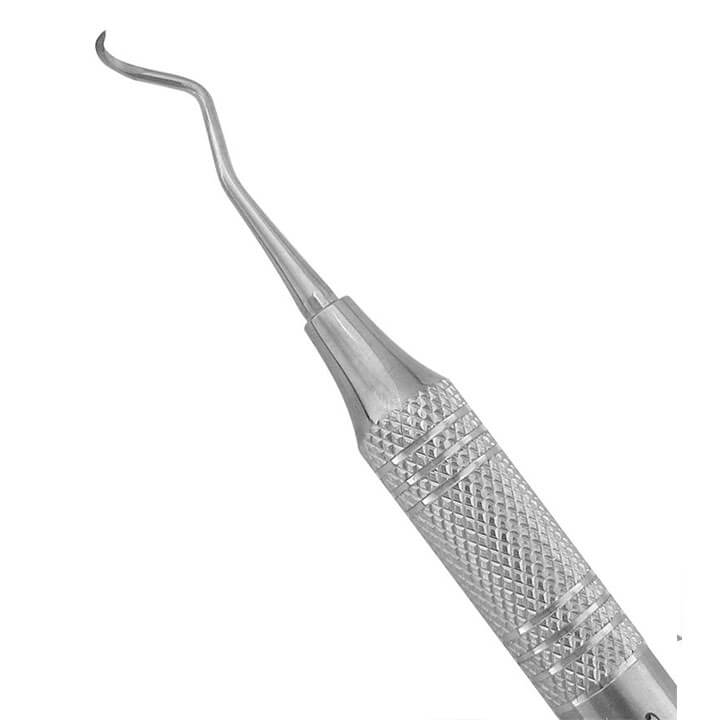
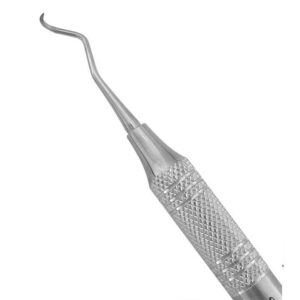
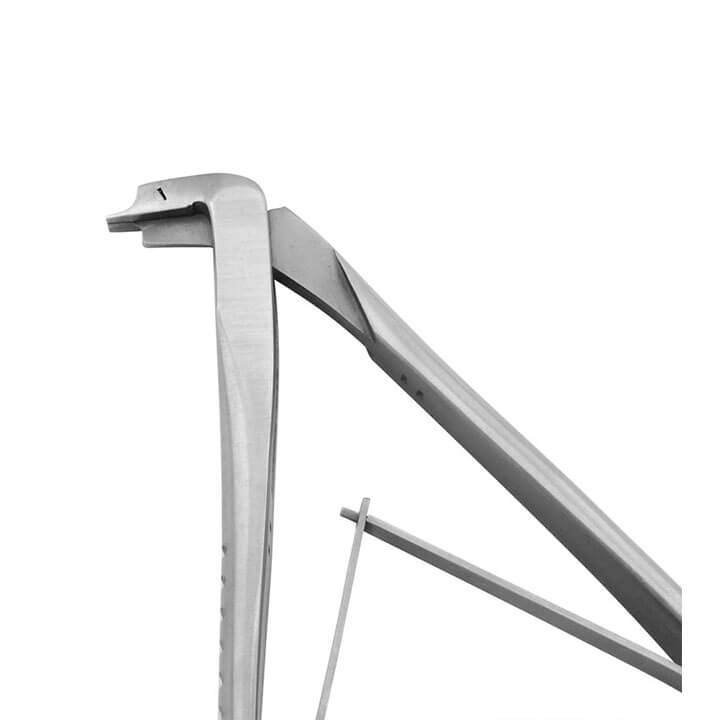
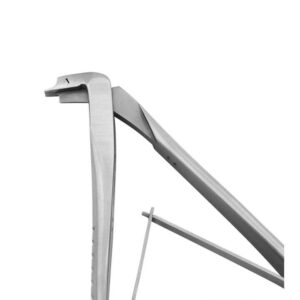
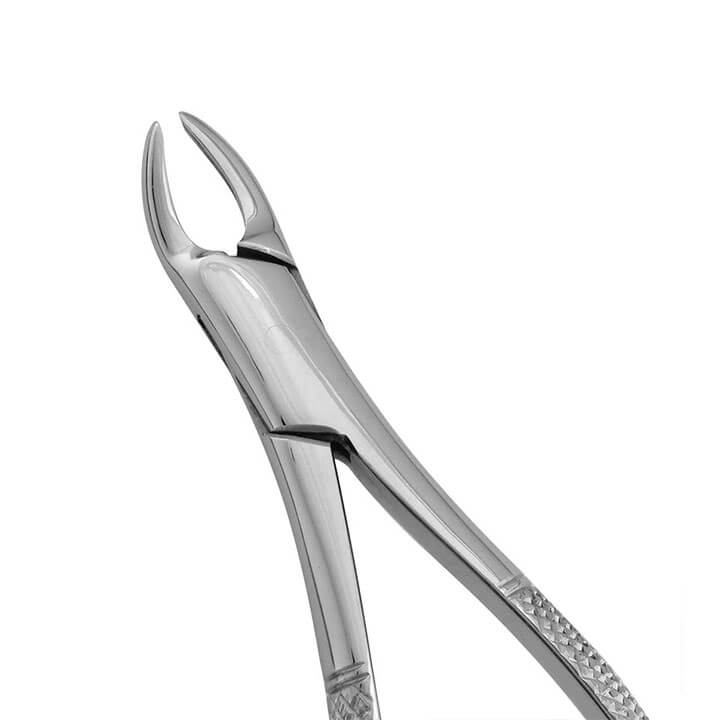
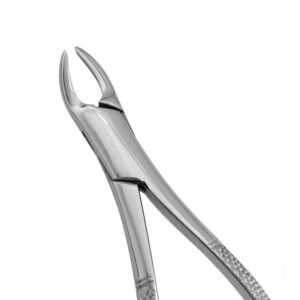





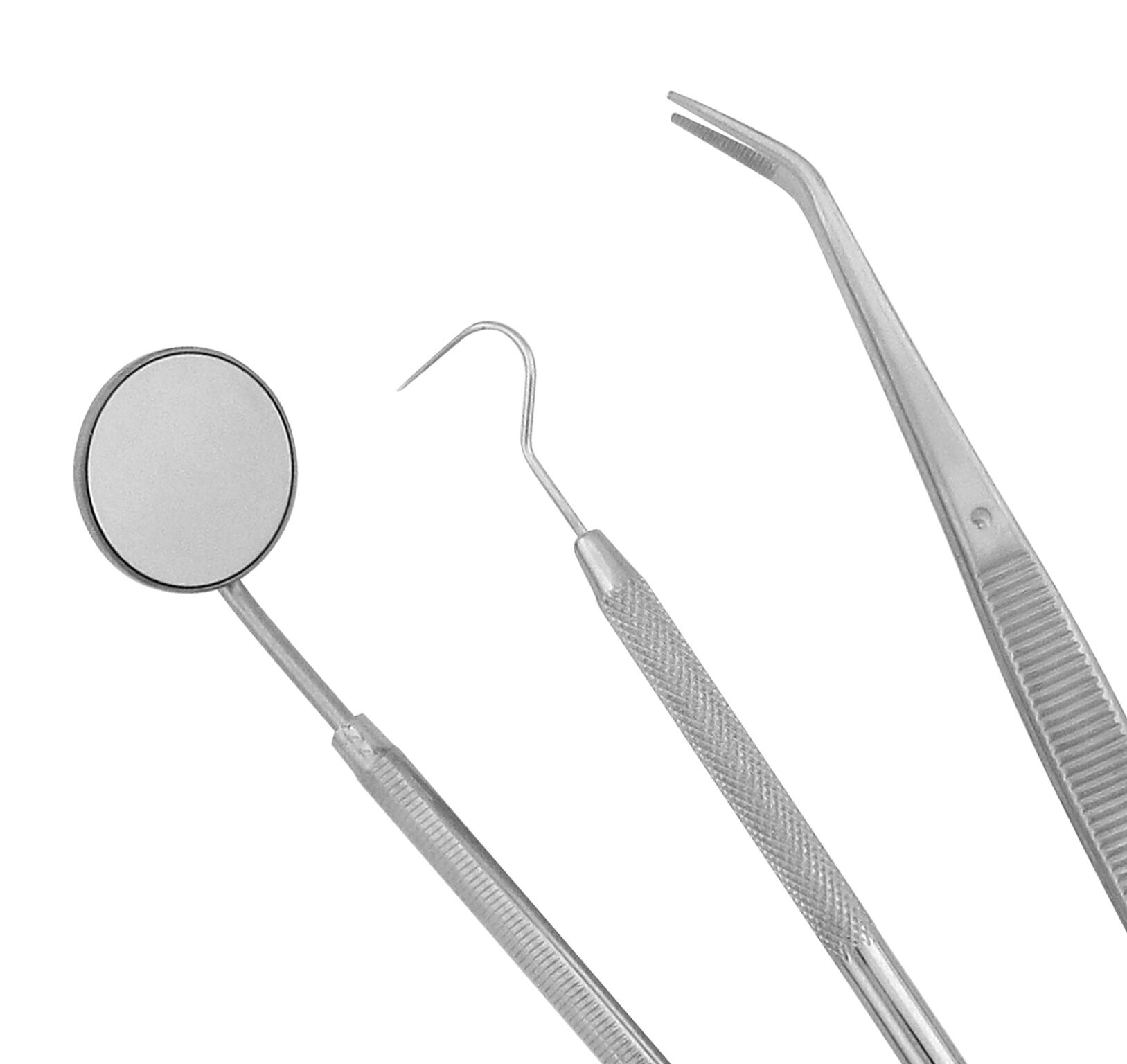 Diagnostic Sets & Accessories
Diagnostic Sets & Accessories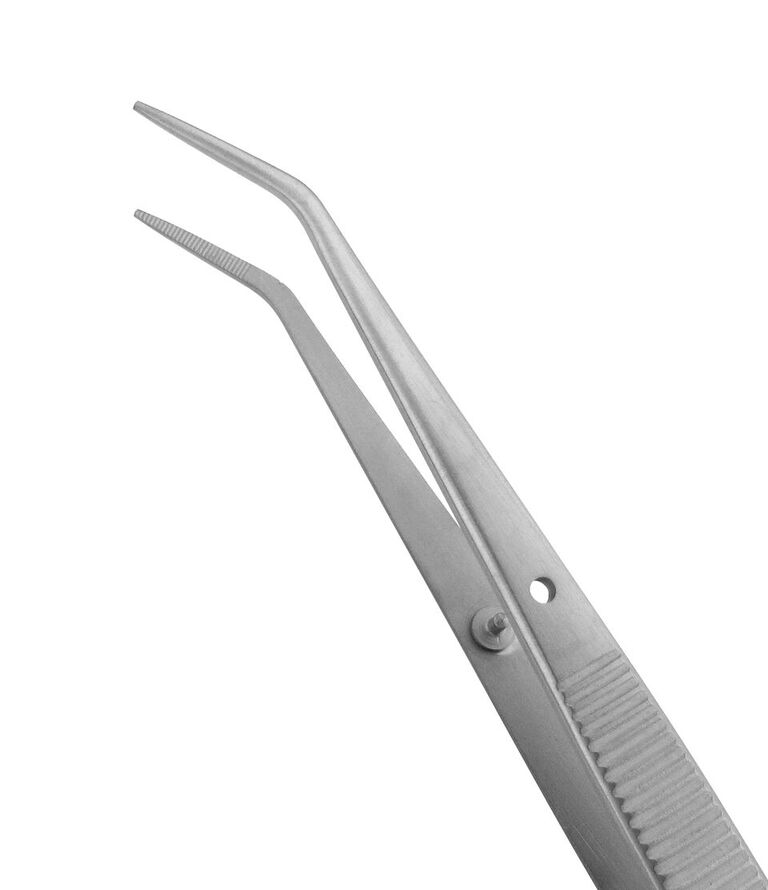 Dressing Pliers
Dressing Pliers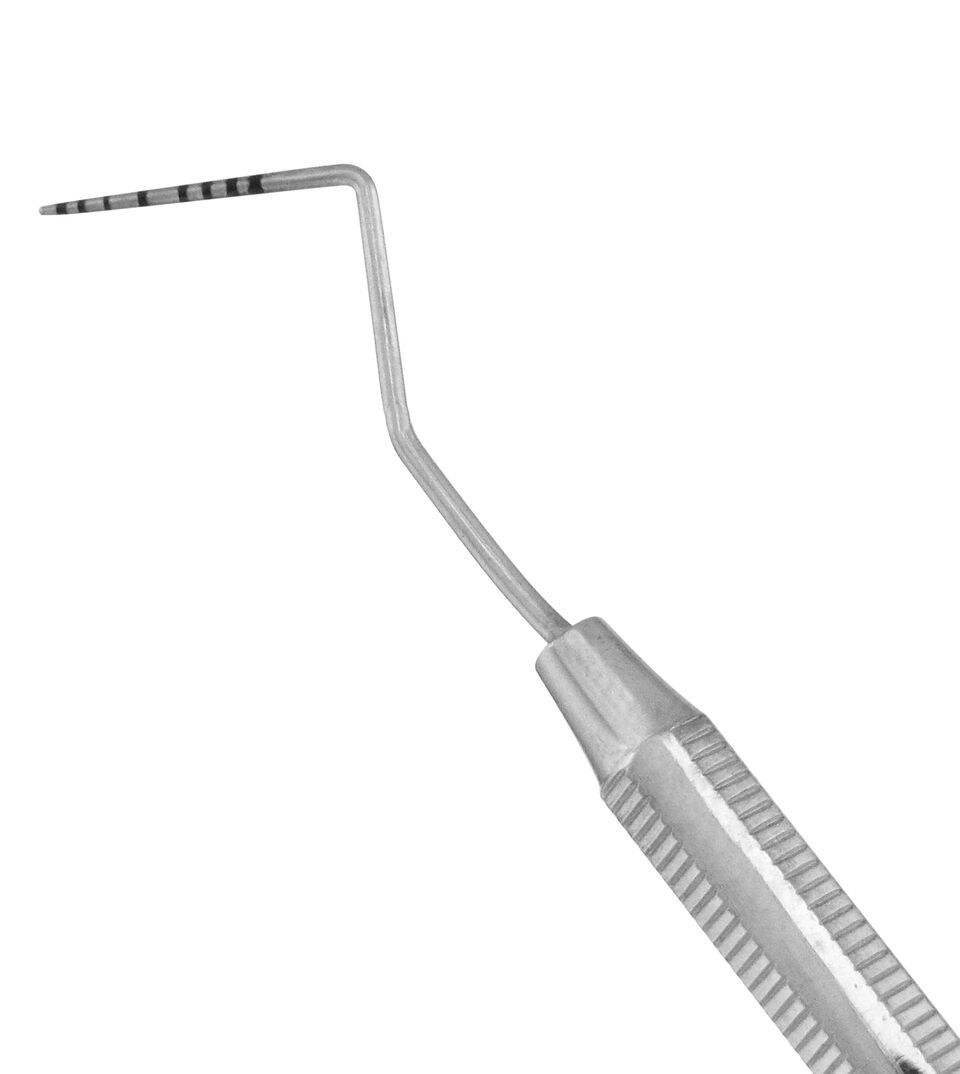 Explorer/Probes
Explorer/Probes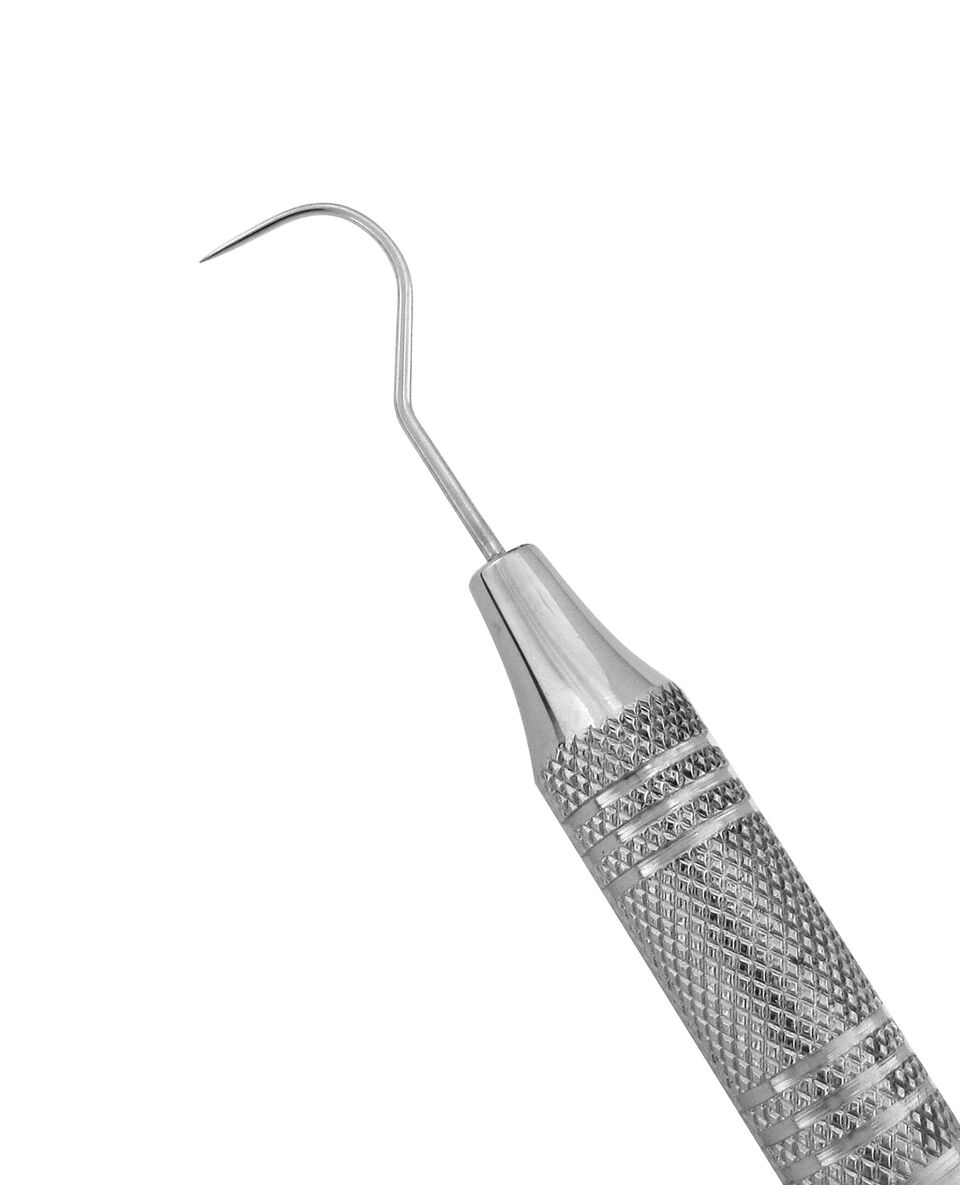 Explorers
Explorers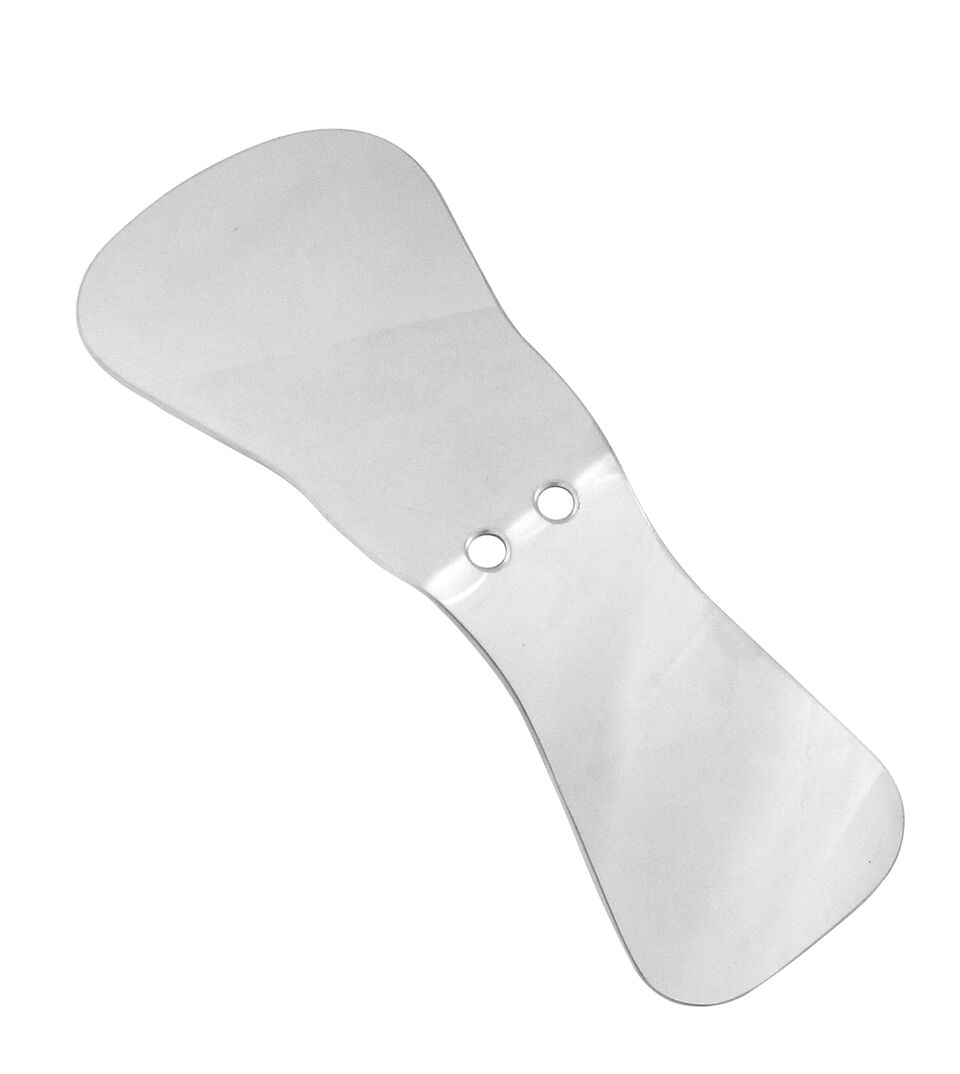 Intraoral Photography Mirrors
Intraoral Photography Mirrors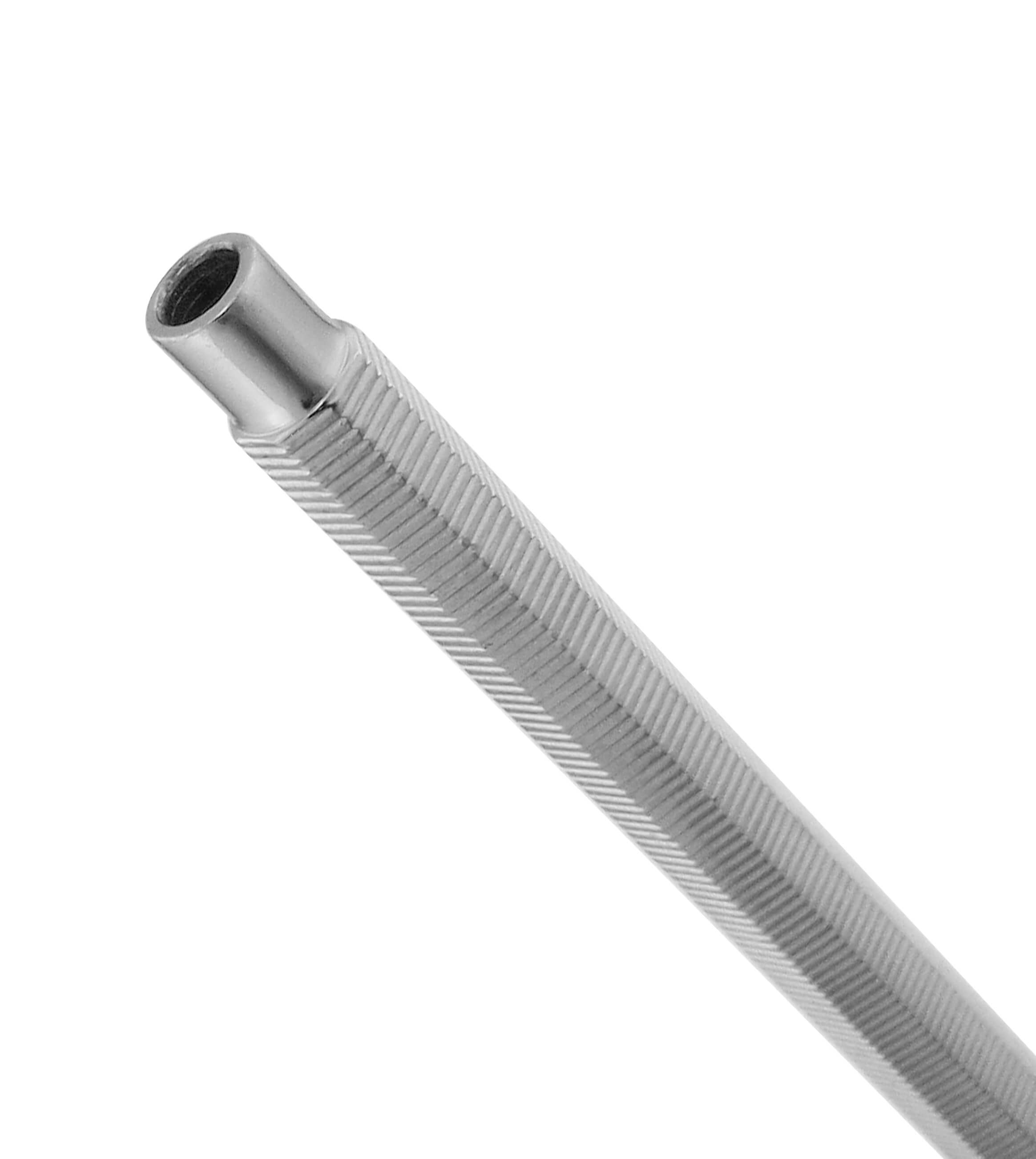 Mirror Handles
Mirror Handles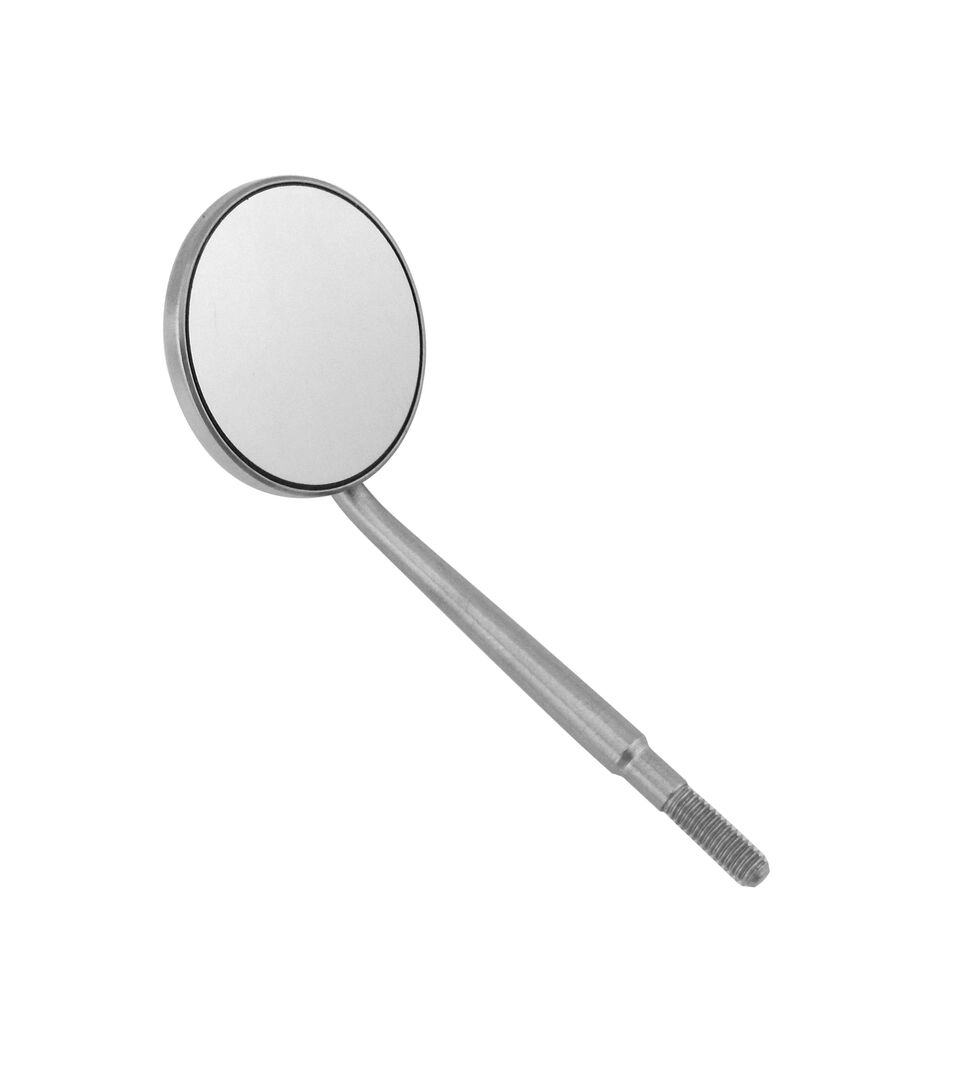 Mirrors
Mirrors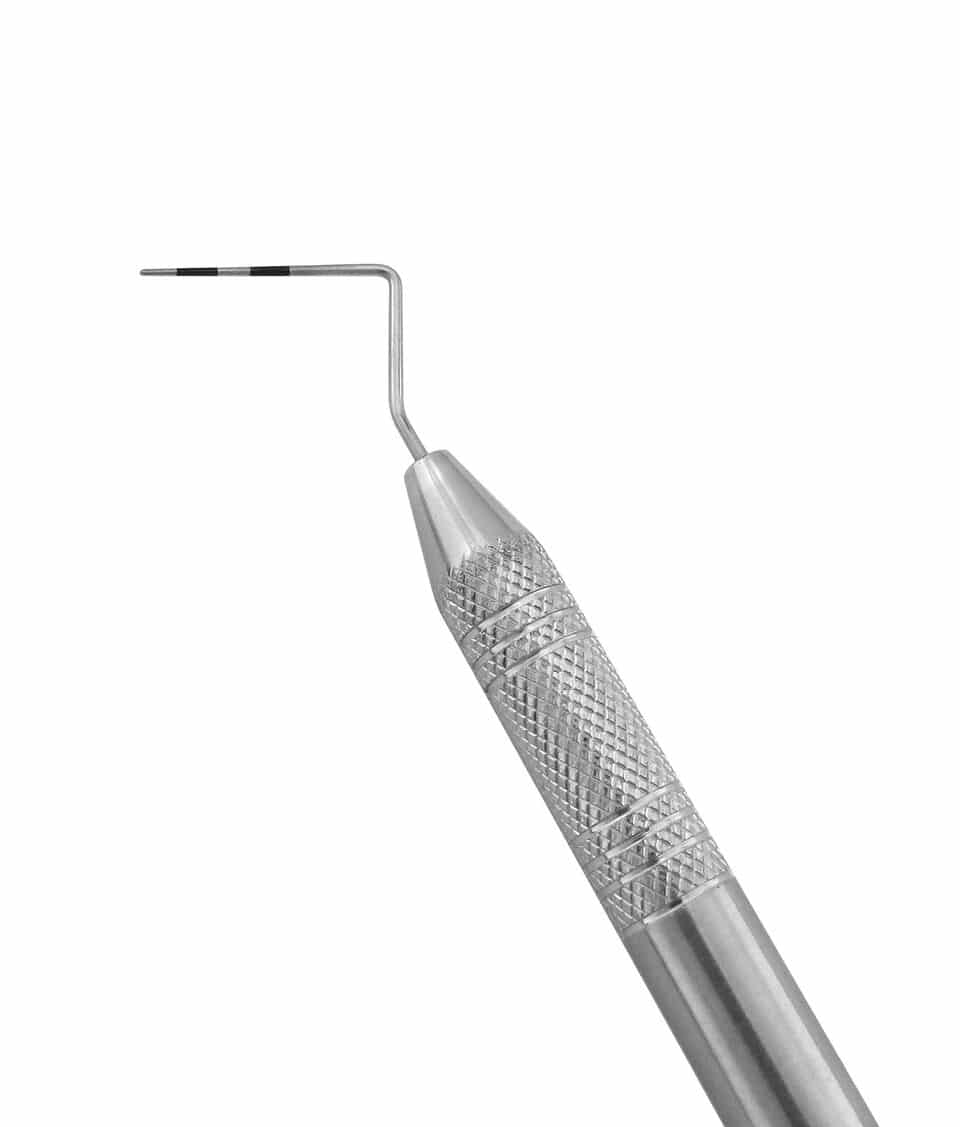 Probes
Probes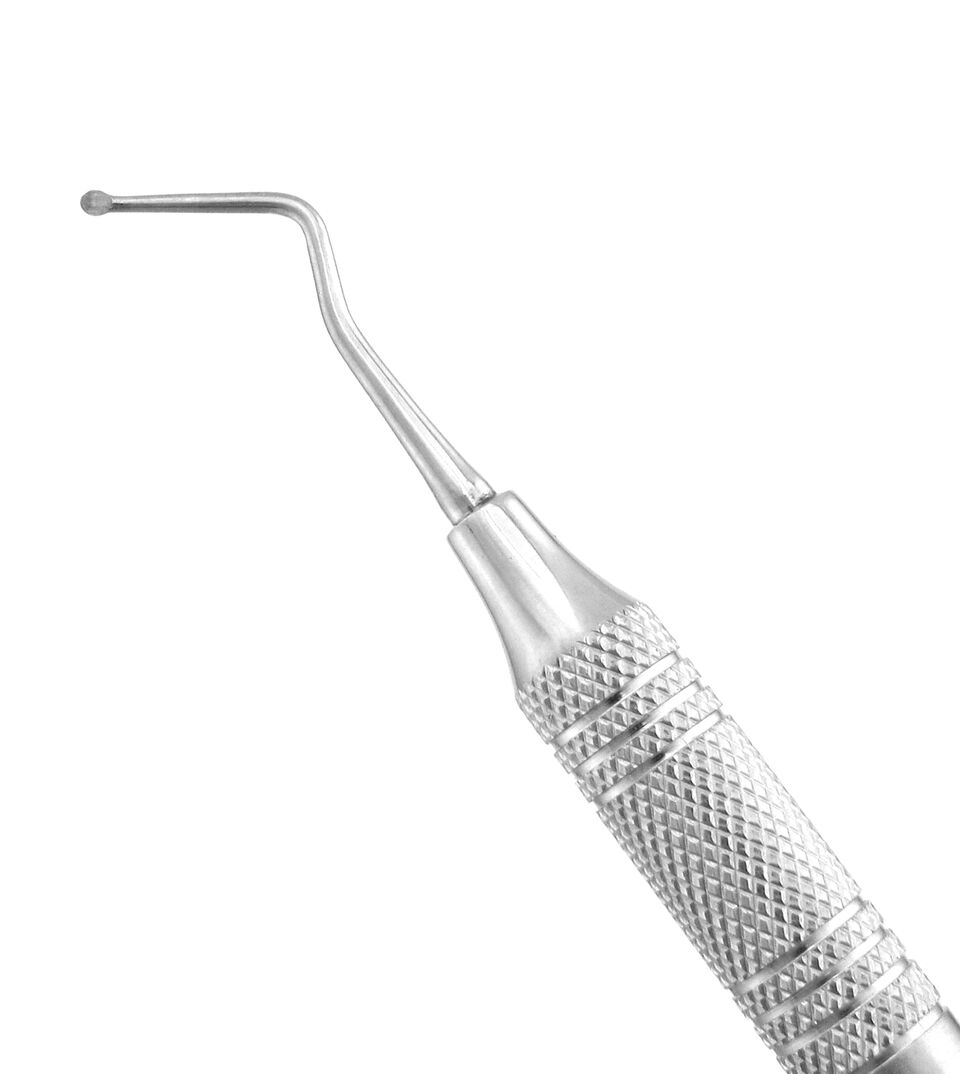 Endo Excavators
Endo Excavators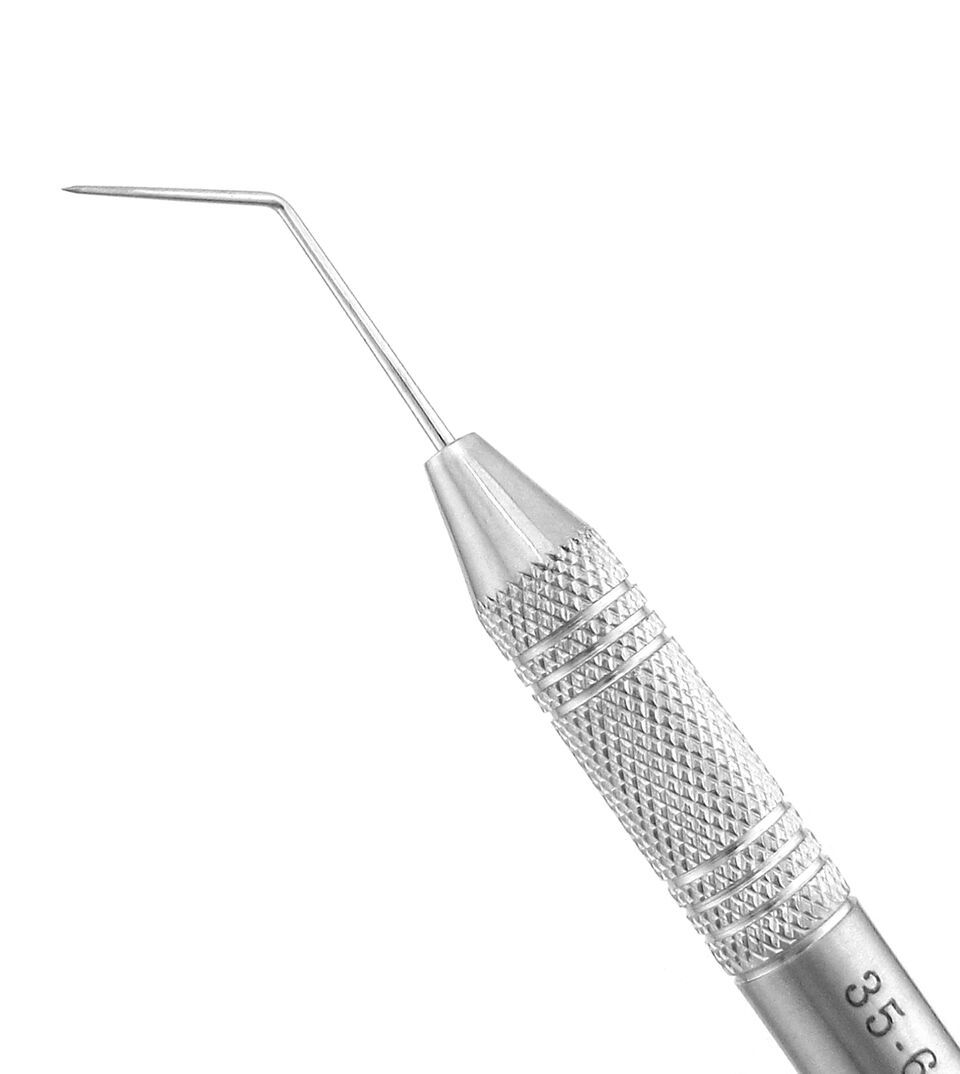 Endo Explorers
Endo Explorers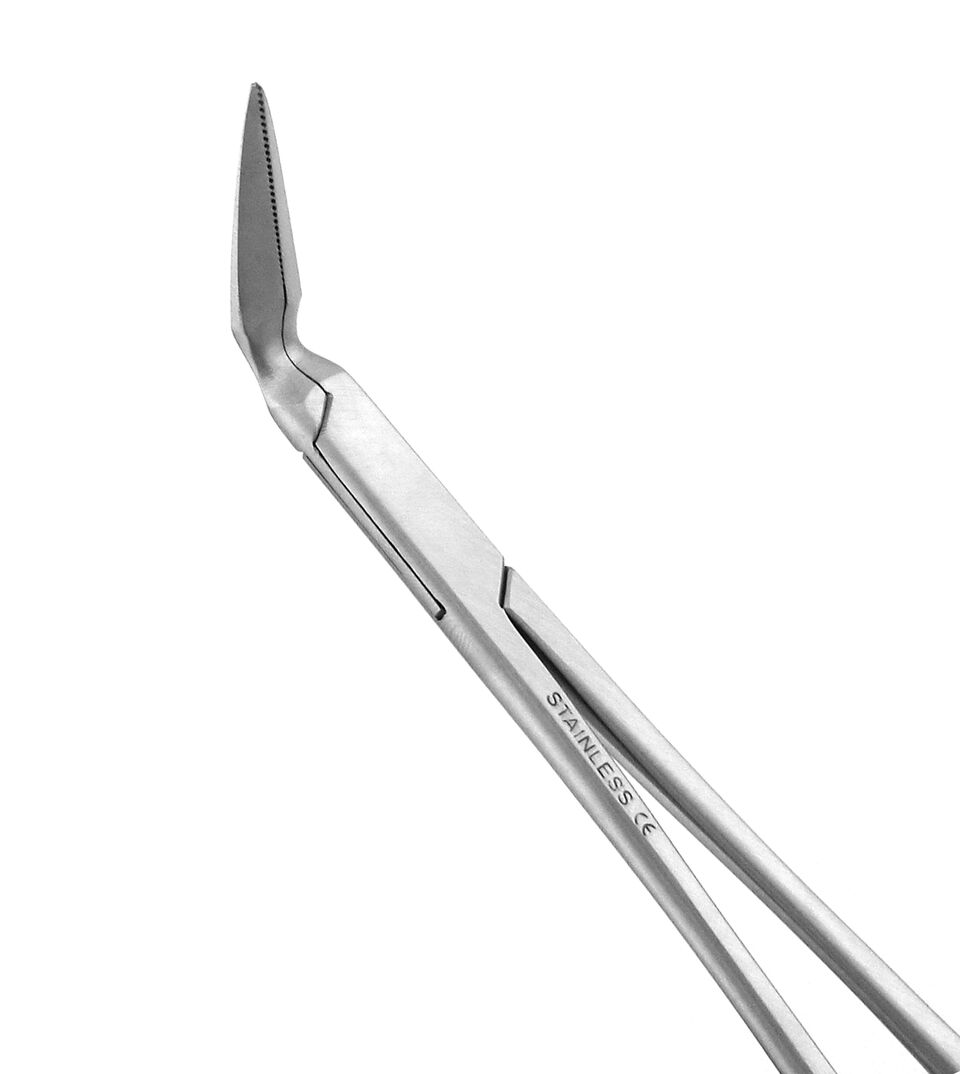 Endo Forceps
Endo Forceps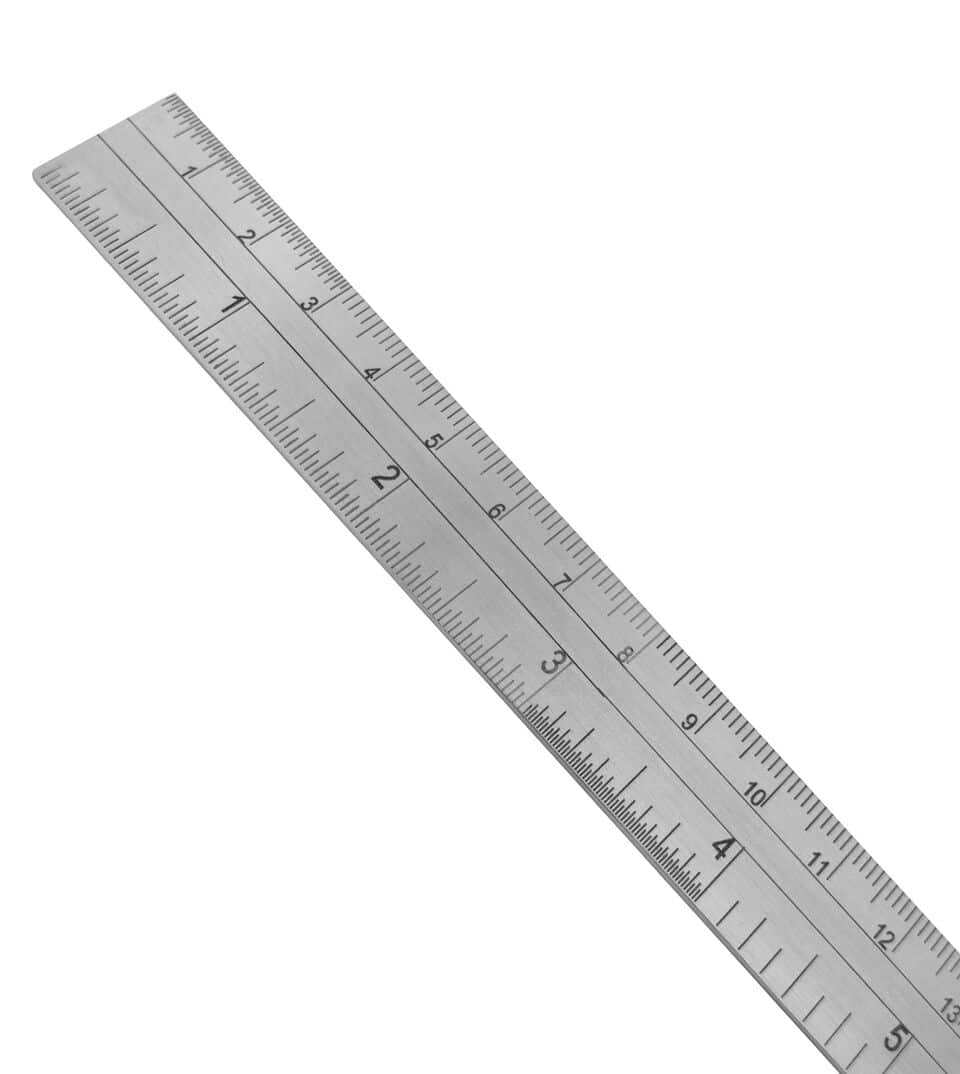 Endo Rulers
Endo Rulers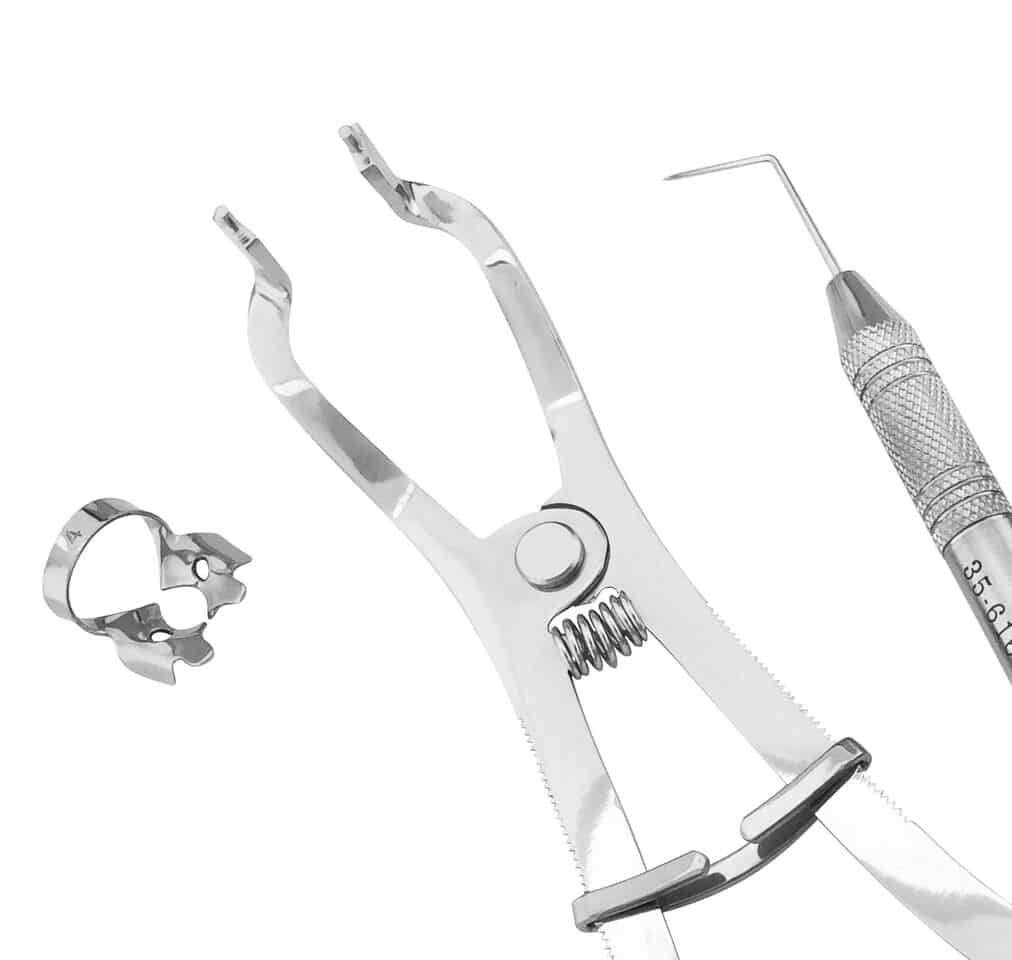 Endodontic Sets
Endodontic Sets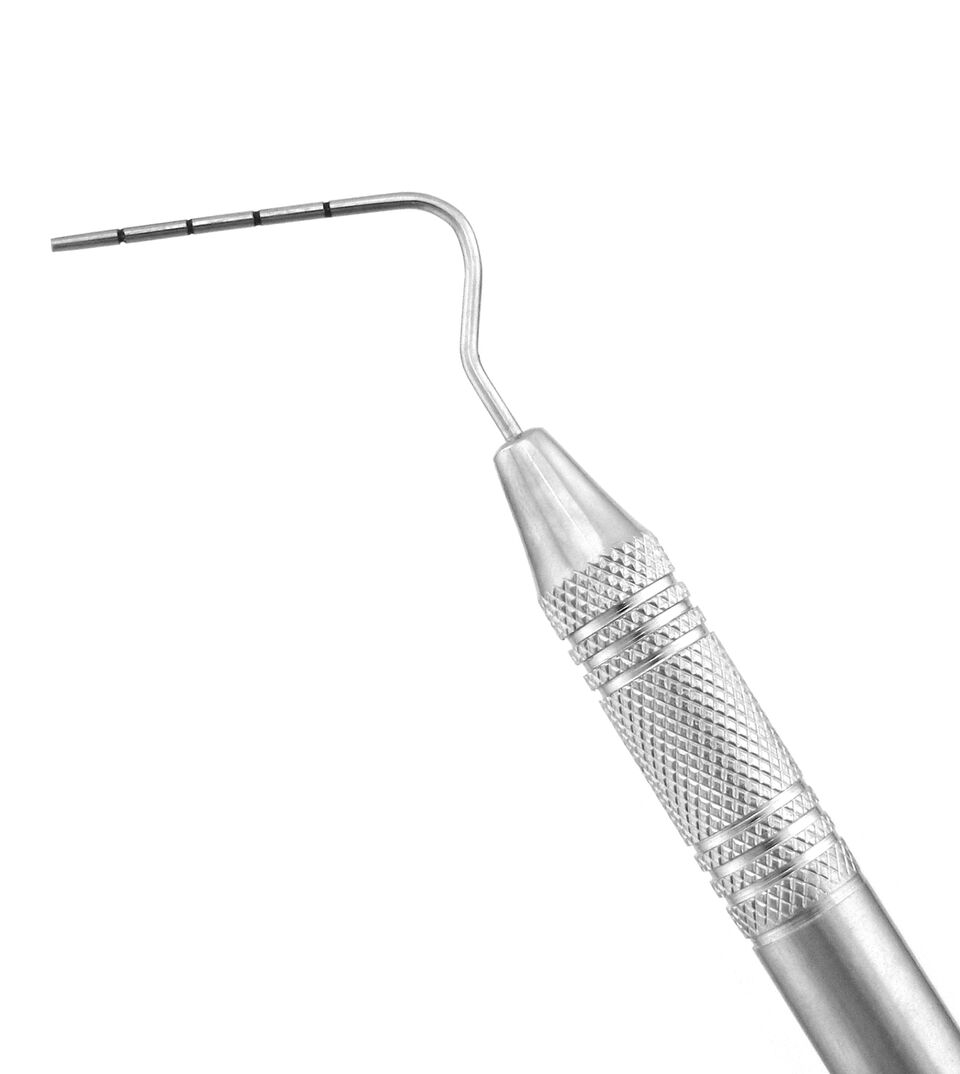 Root Canal Pluggers
Root Canal Pluggers Root Canal Spreaders
Root Canal Spreaders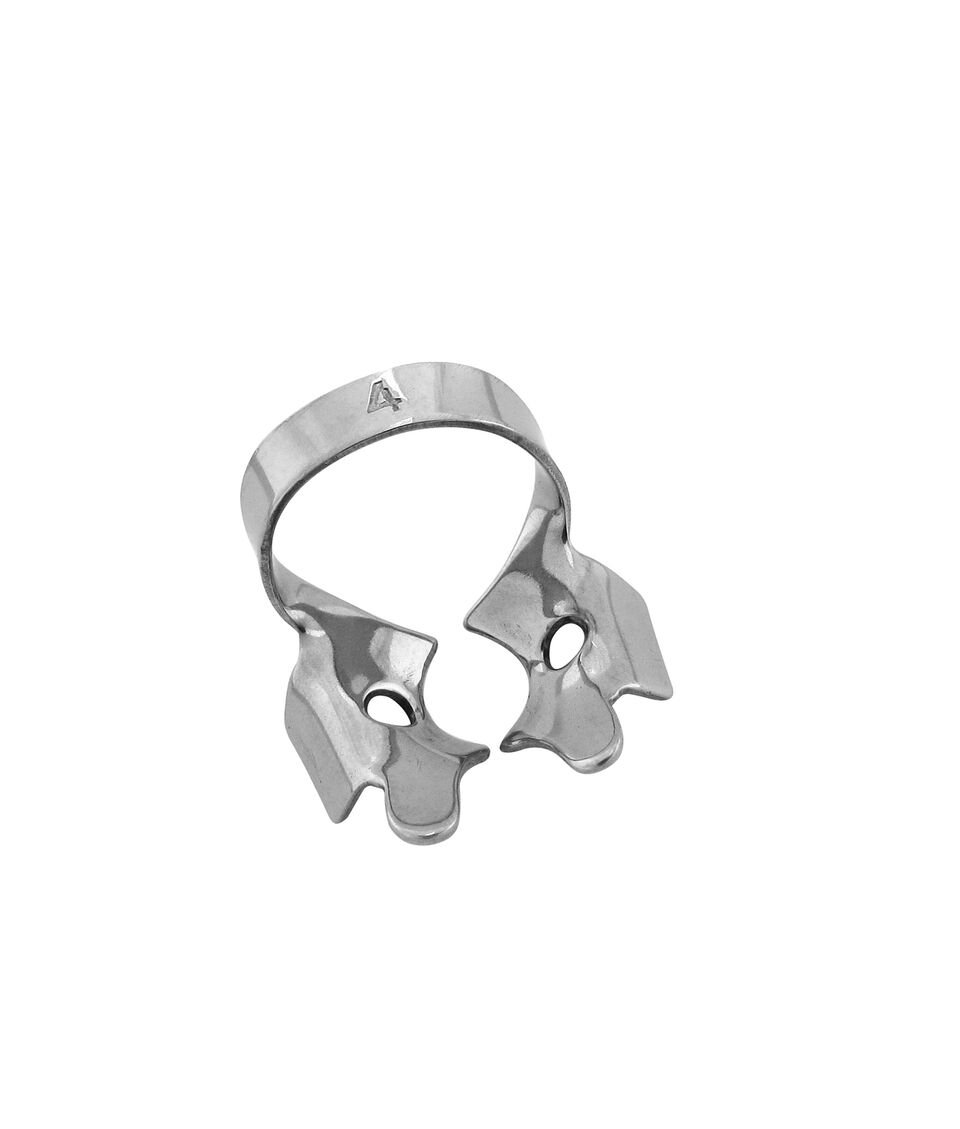 Rubber Dam Clamps
Rubber Dam Clamps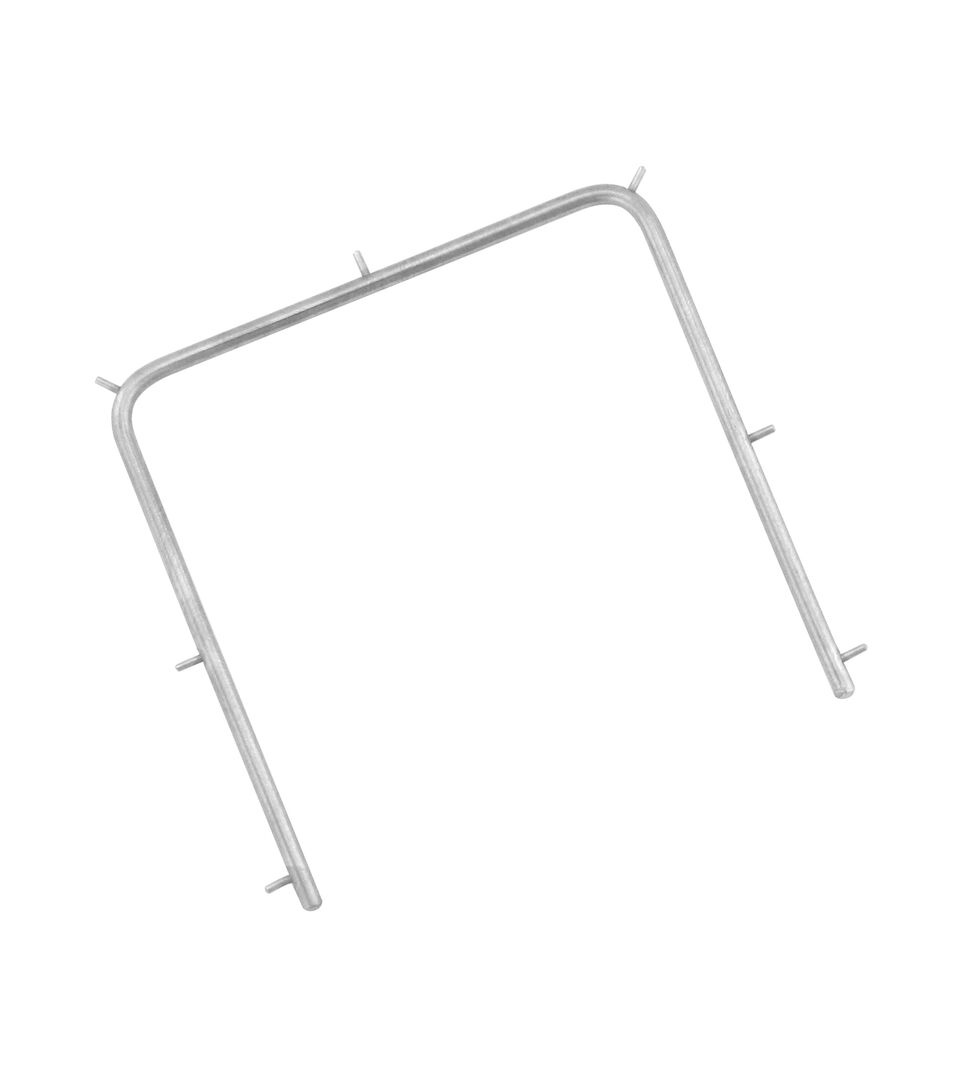 Rubber Dam Frames
Rubber Dam Frames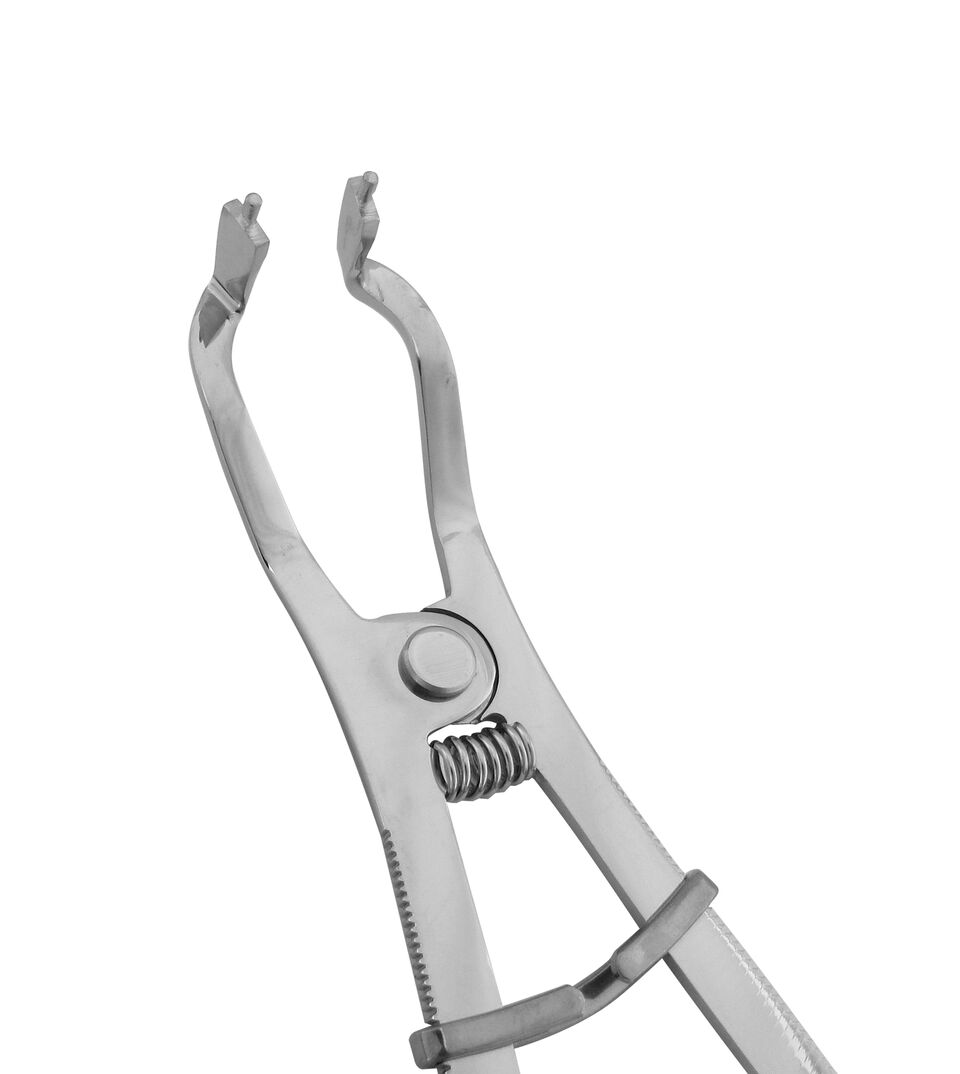 Rubber Dam Punches & Forceps
Rubber Dam Punches & Forceps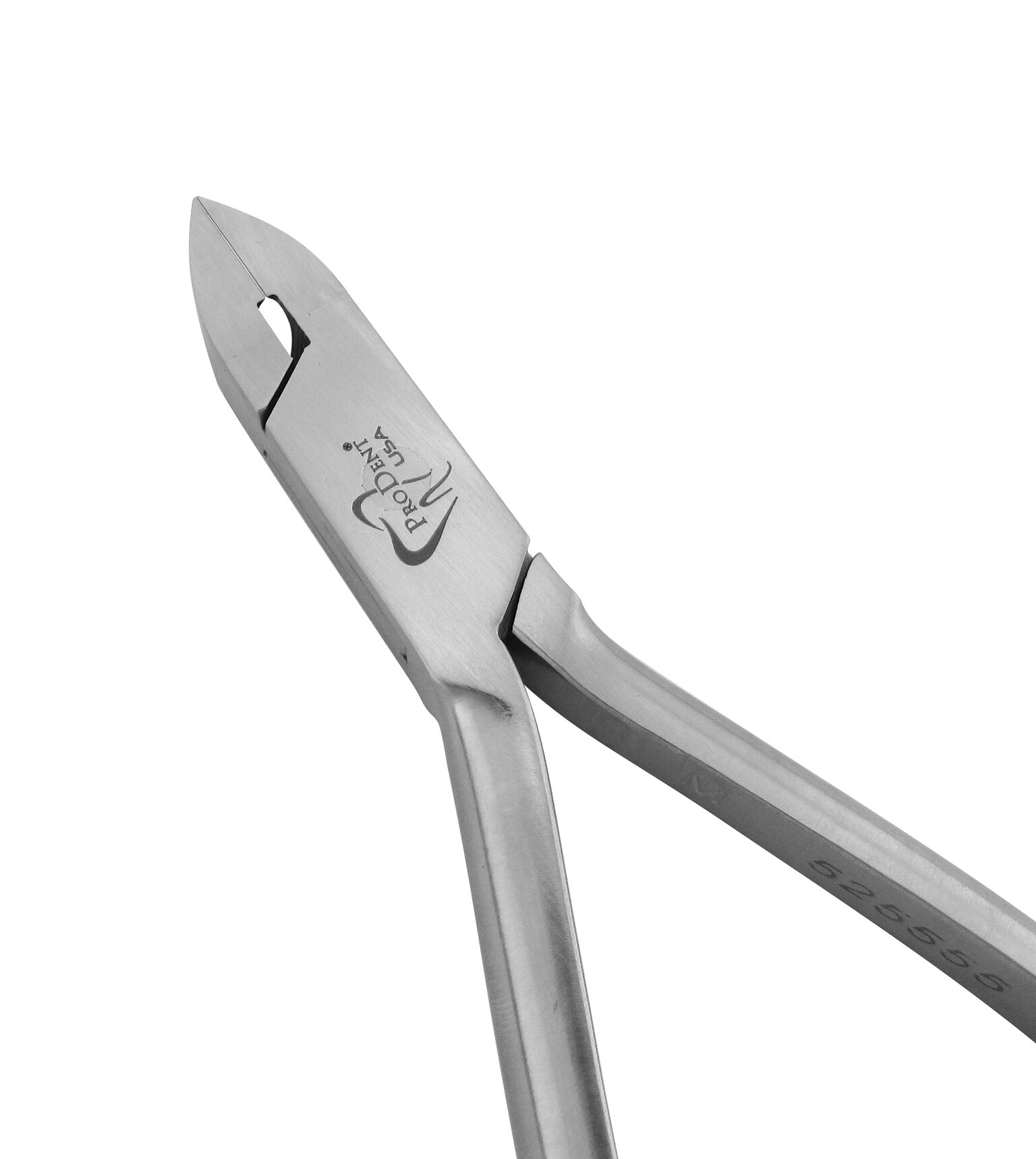 Cutters
Cutters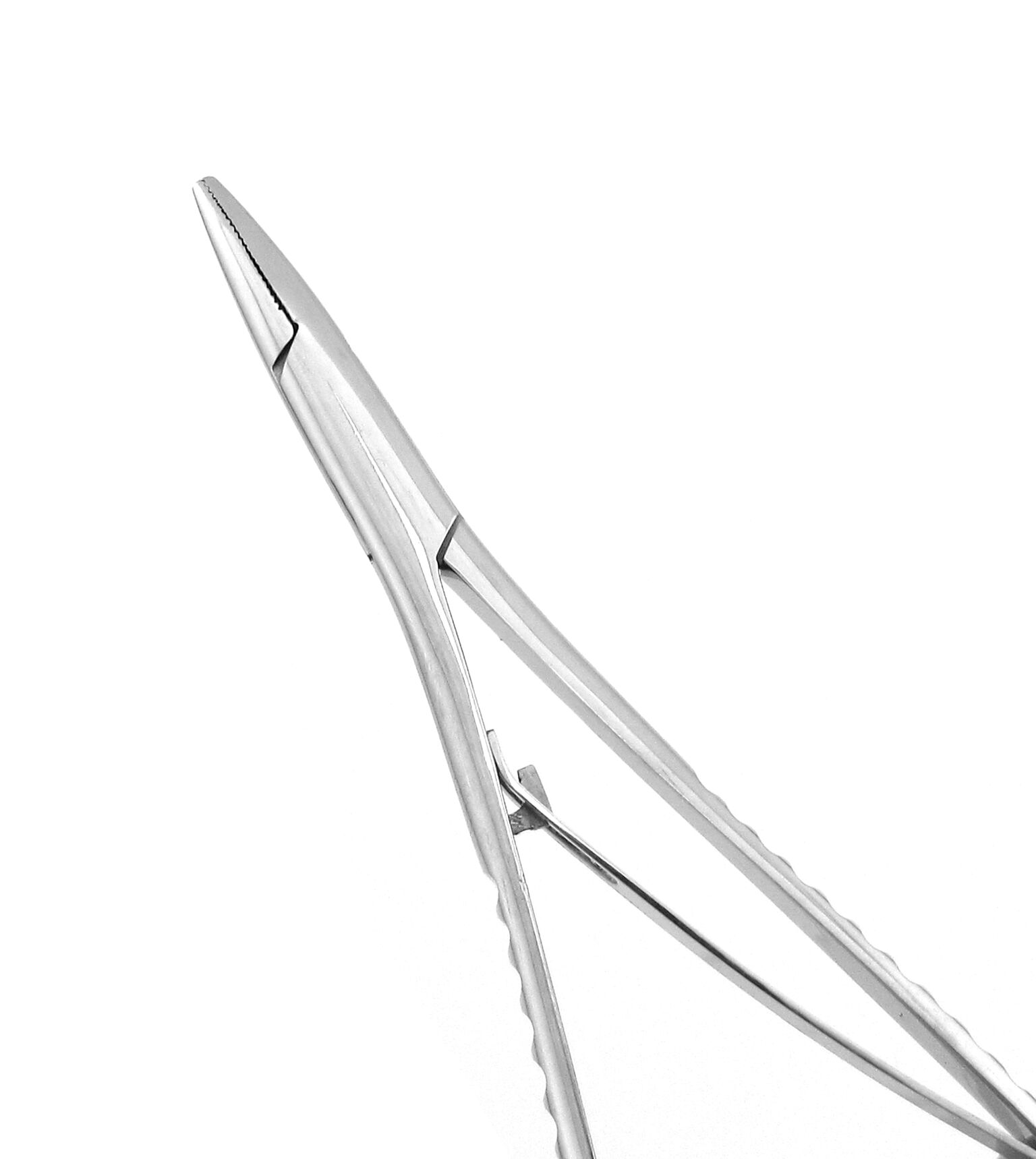 Elastic Placing Mathieu Pliers
Elastic Placing Mathieu Pliers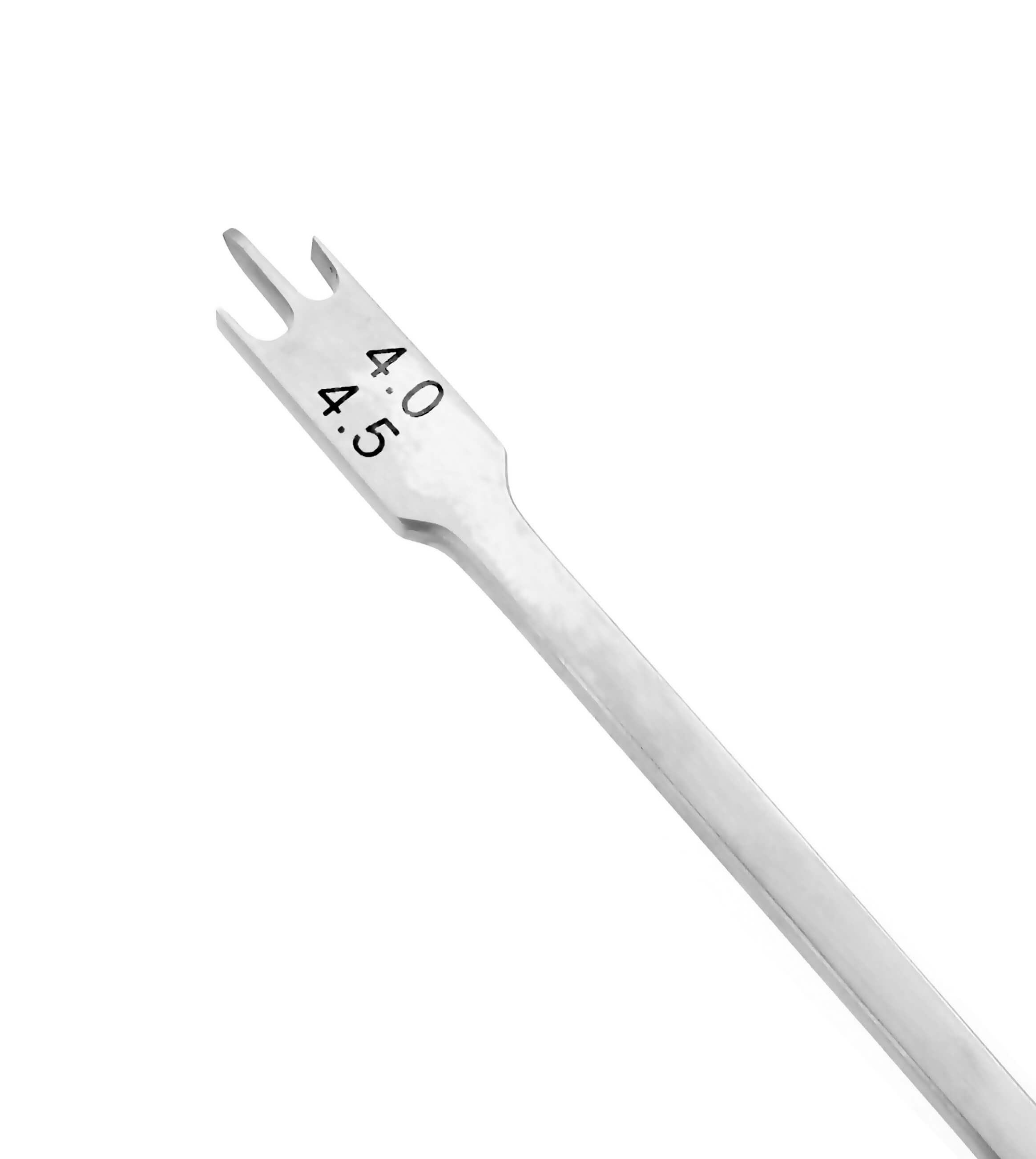 Gauges
Gauges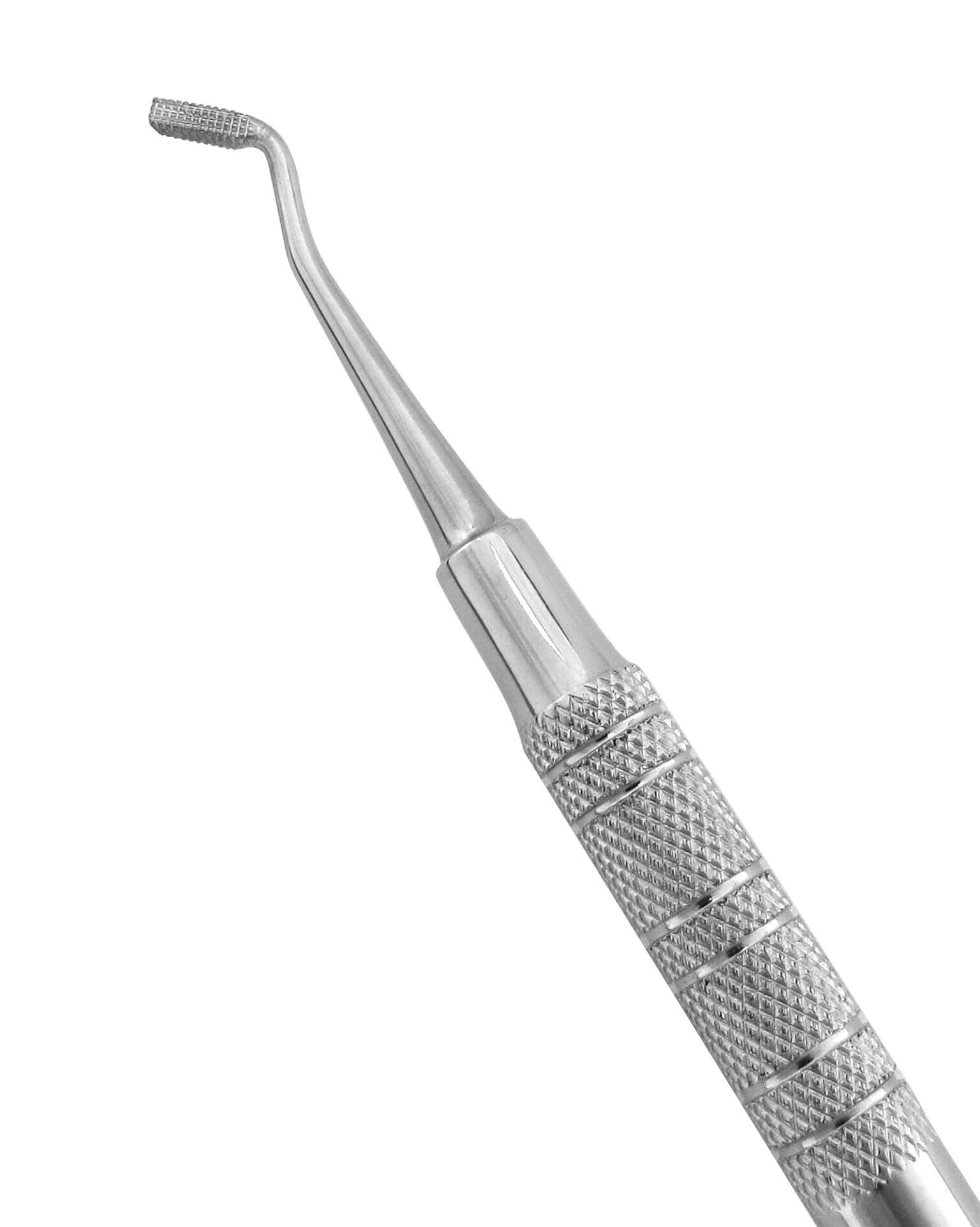 Hand Instruments
Hand Instruments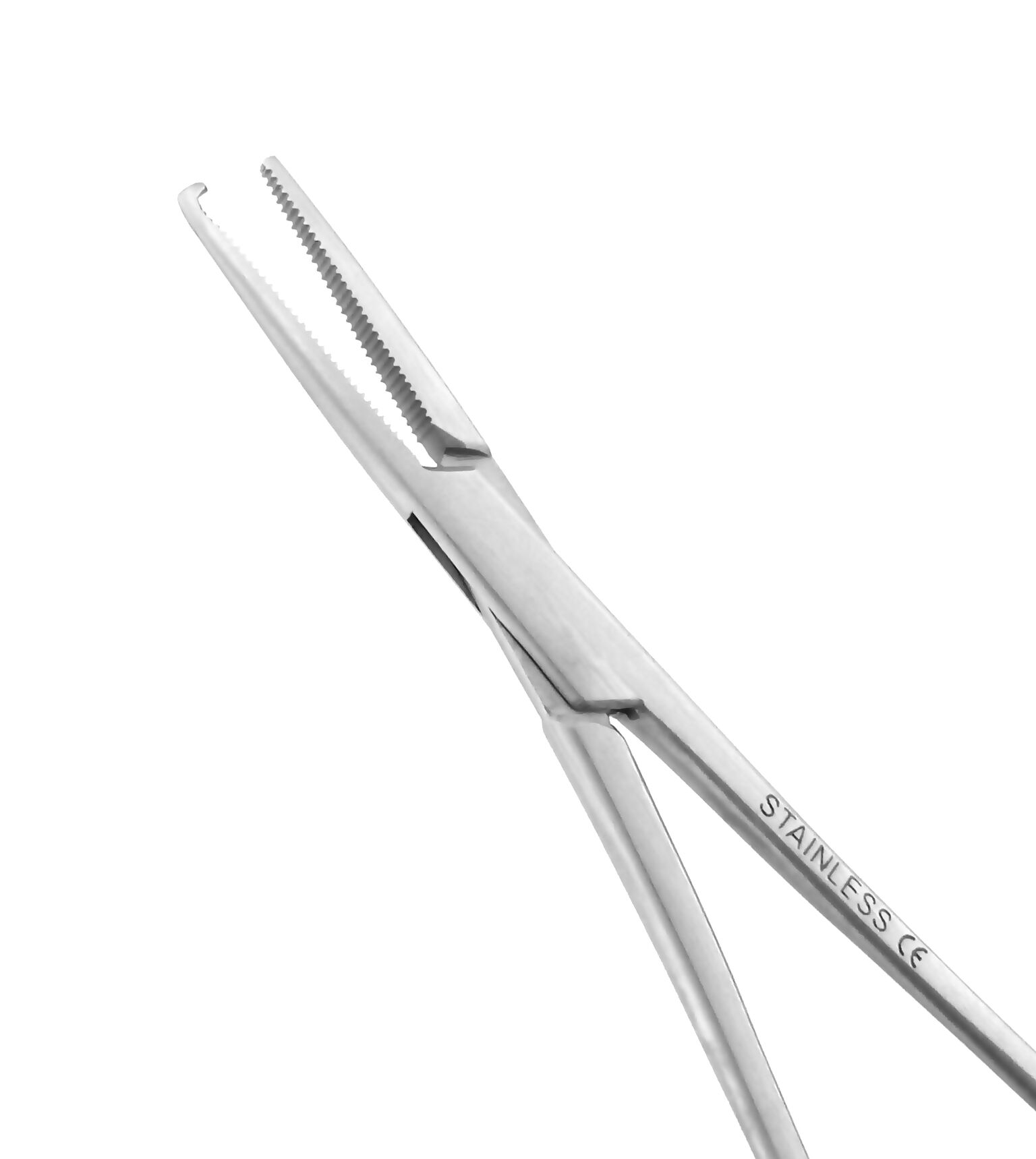 Mosquitoes
Mosquitoes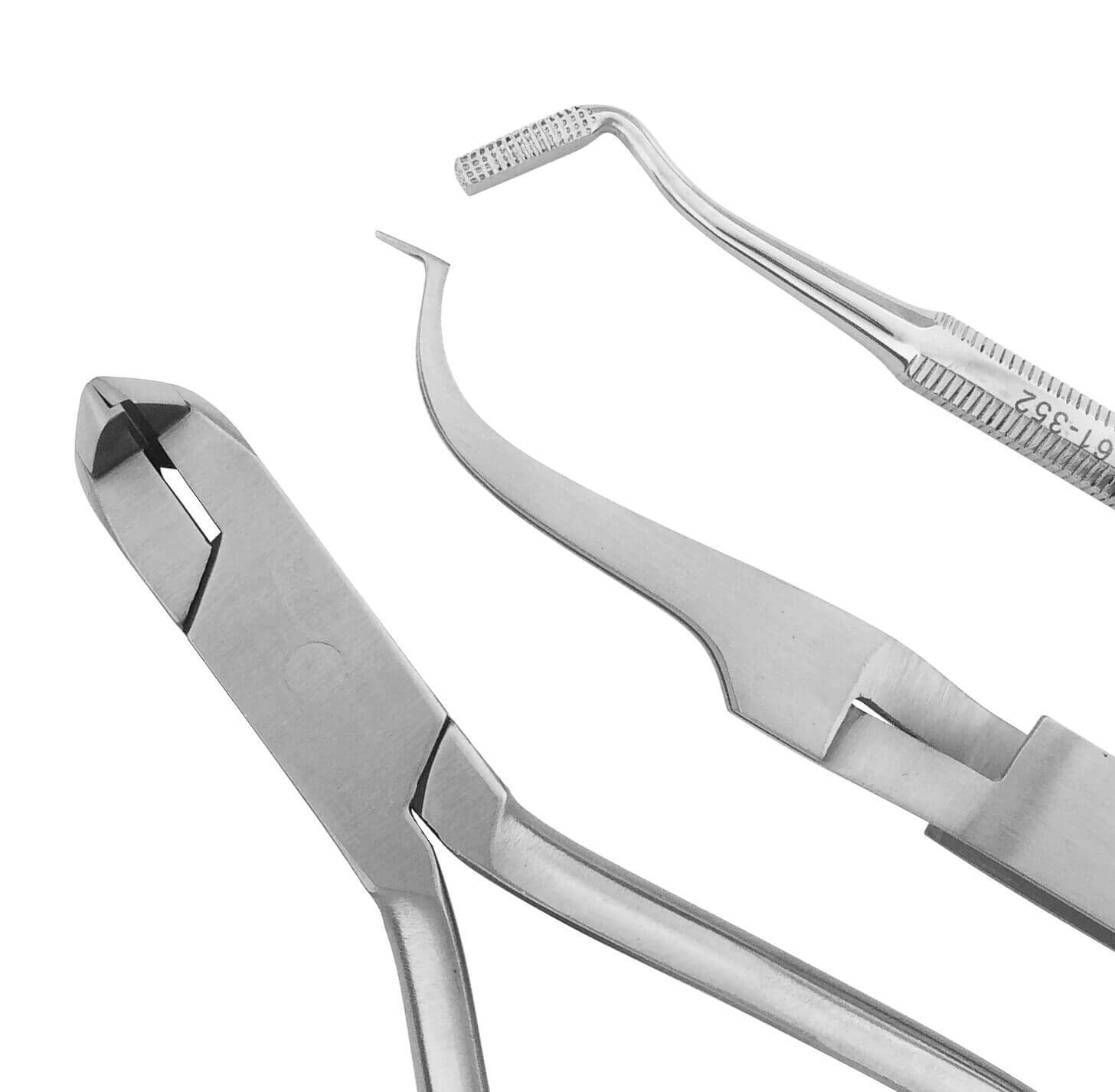 Orthodontic Sets
Orthodontic Sets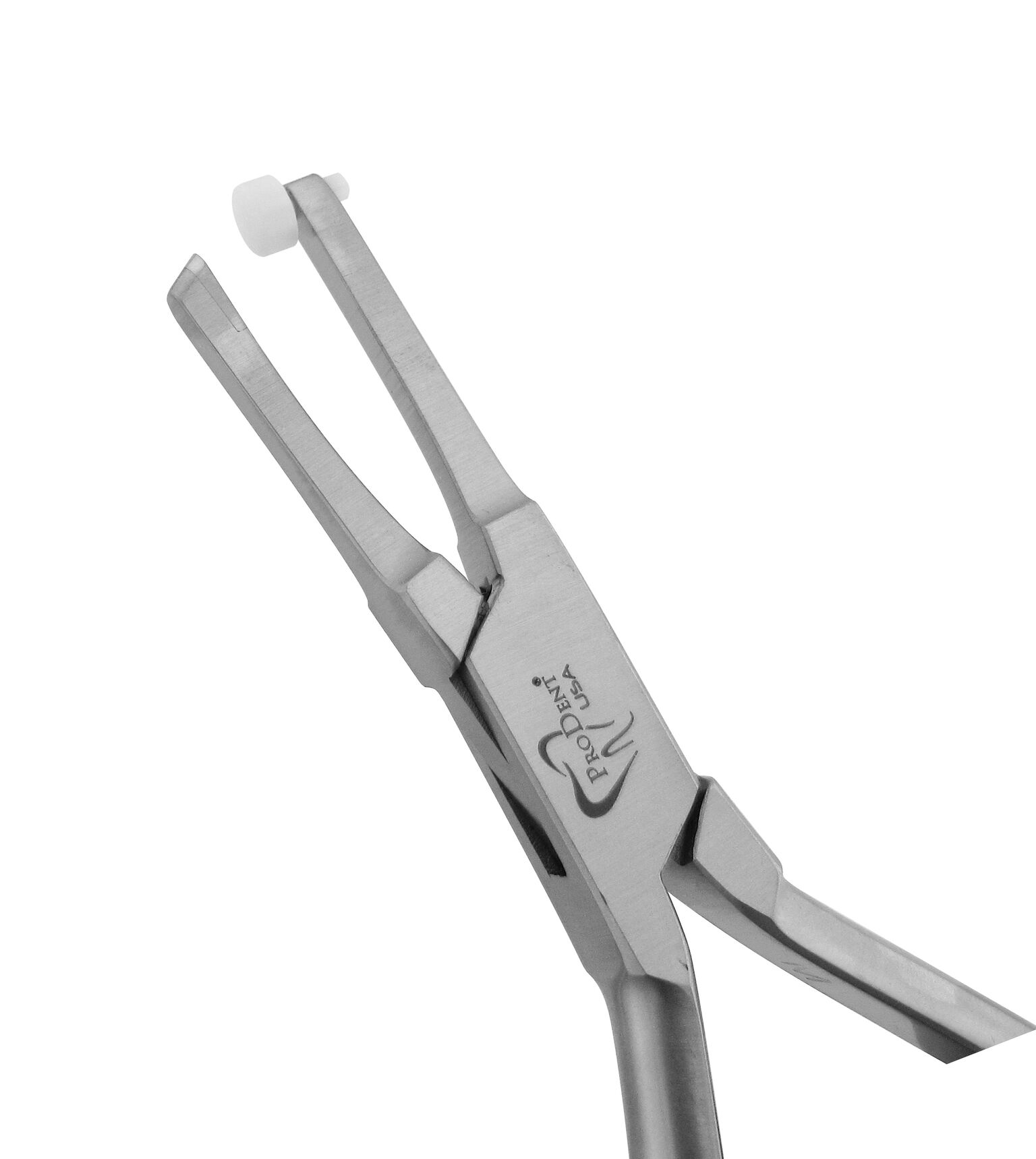 Pliers
Pliers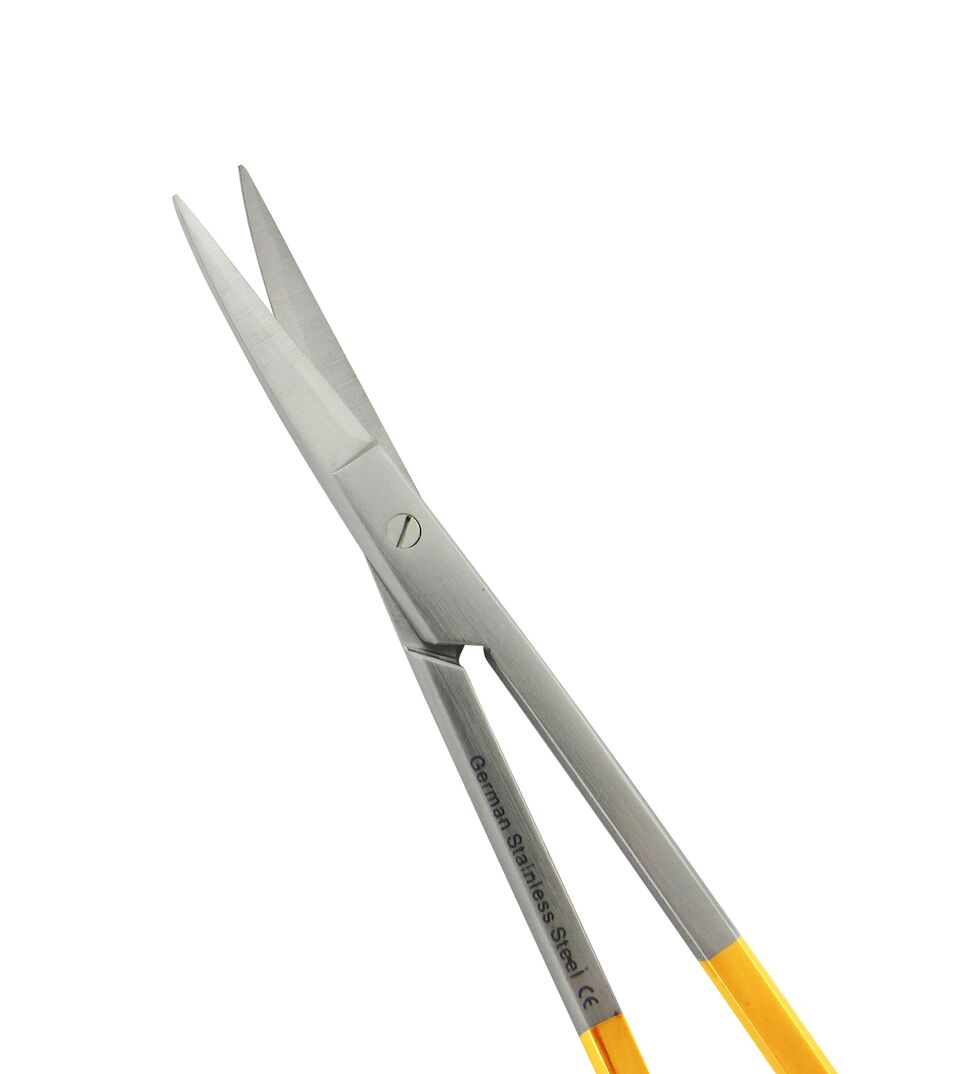 Scissors
Scissors Tweezers
Tweezers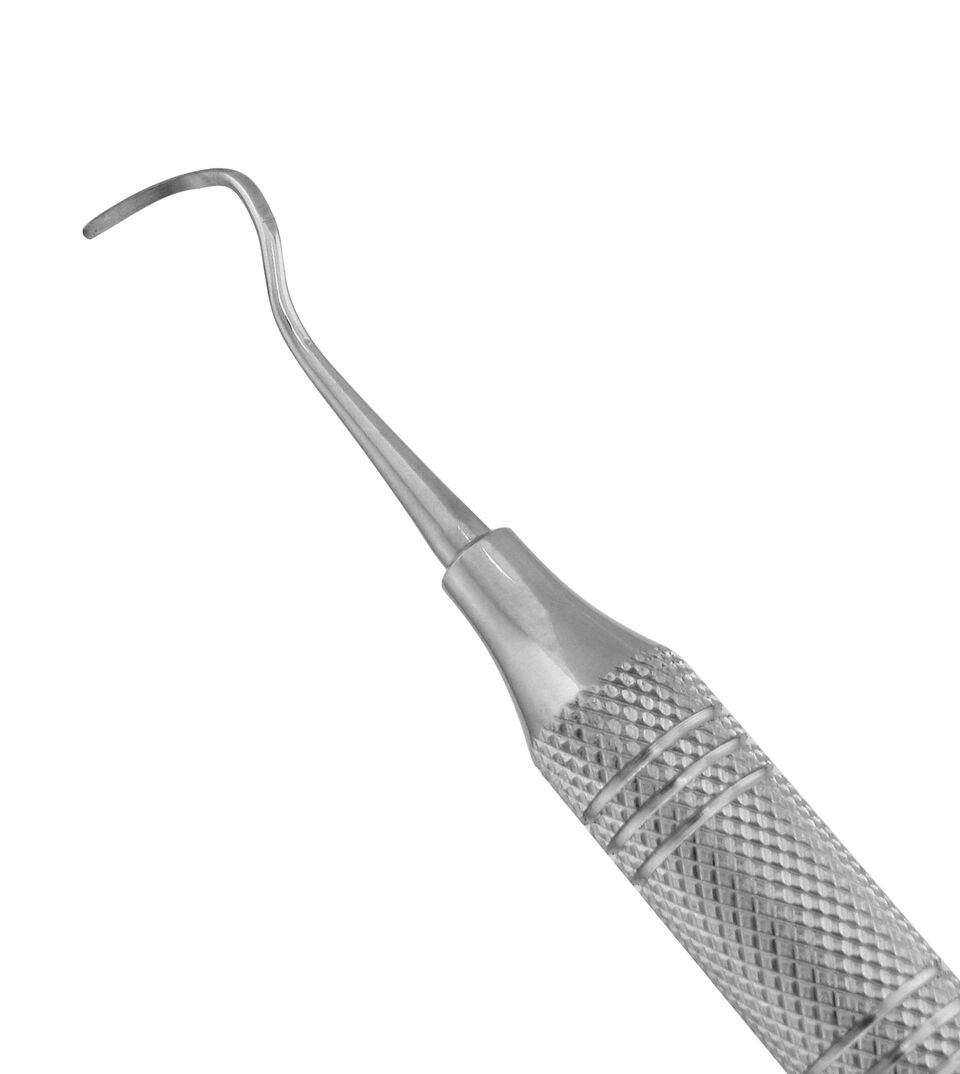 Curettes
Curettes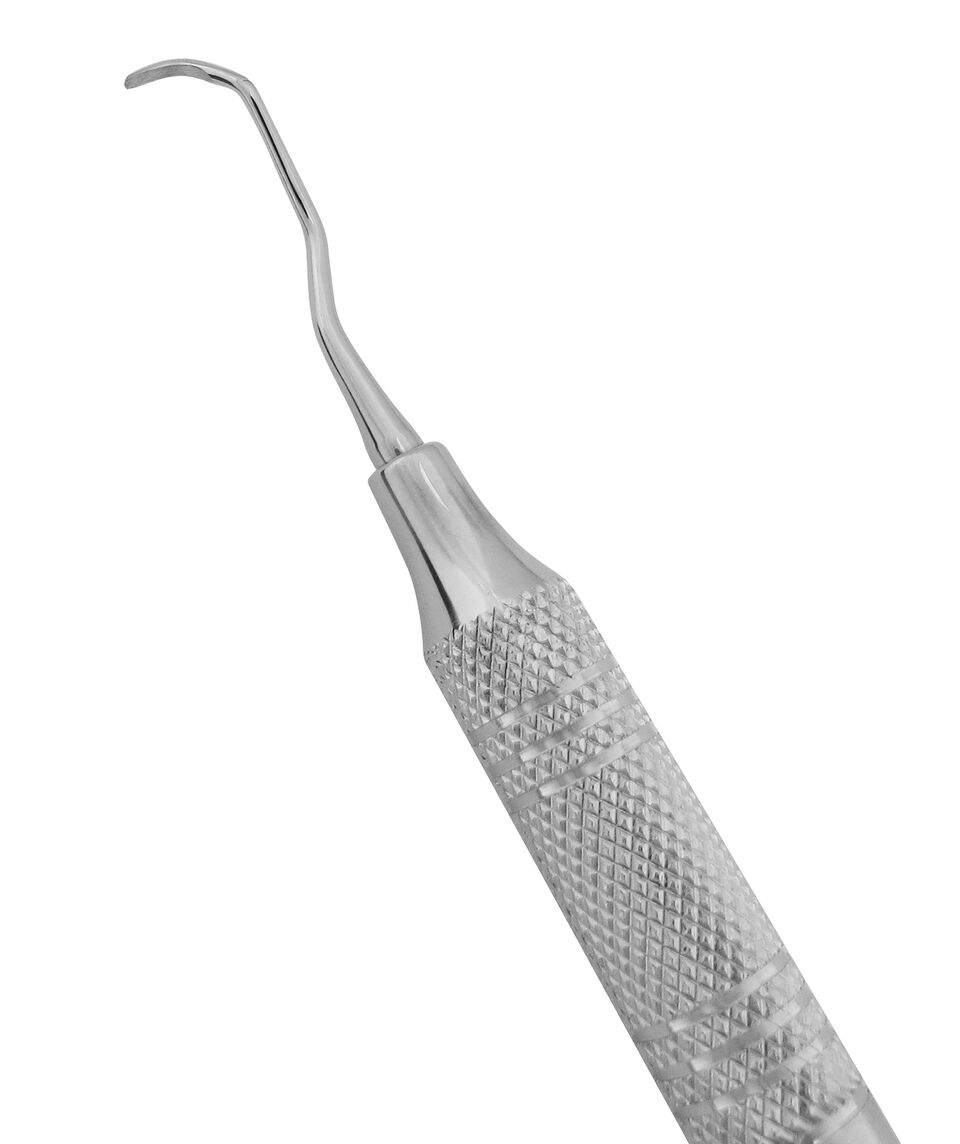 Gracey Curettes
Gracey Curettes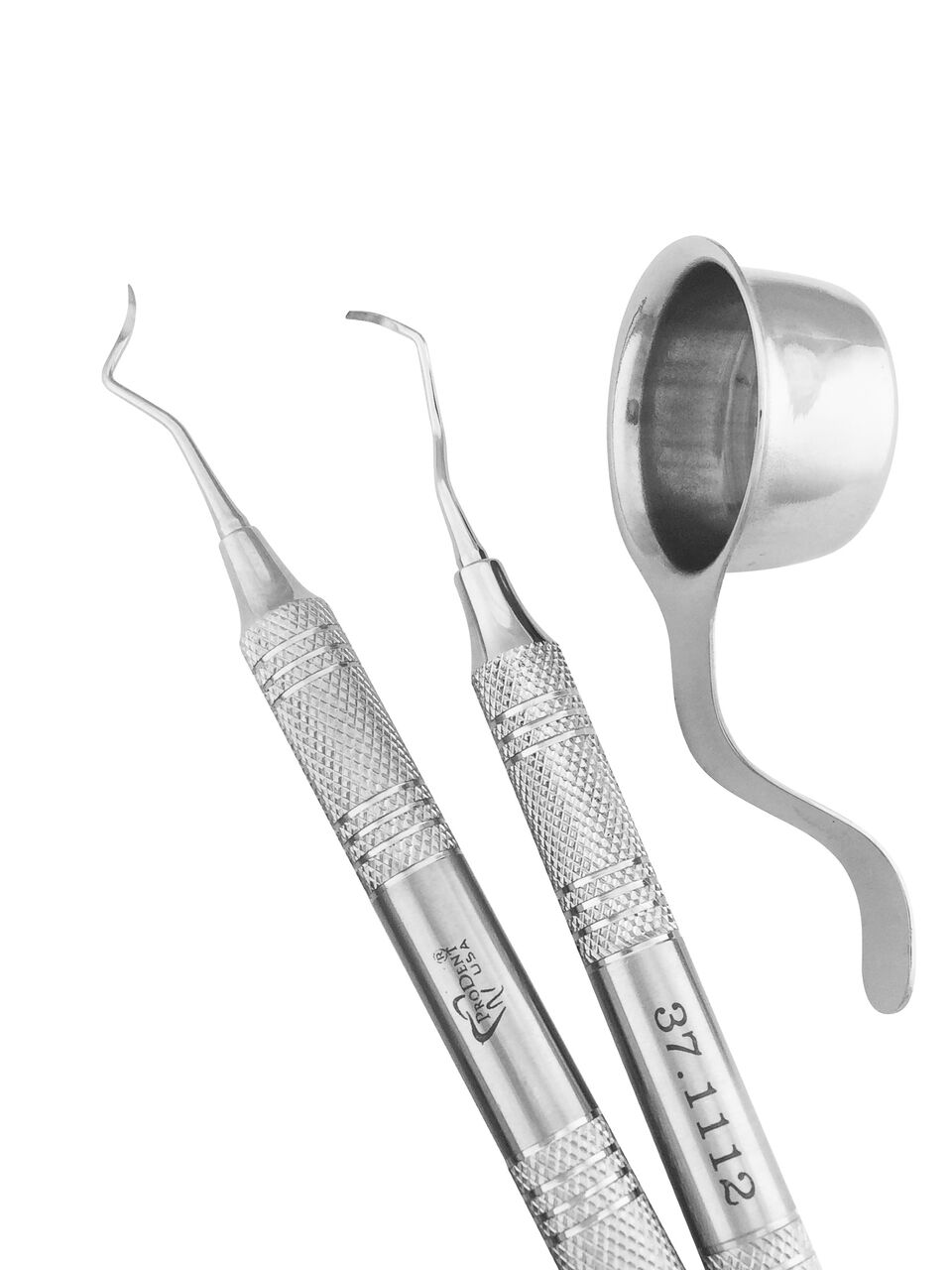 Periodontal Sets & Accessories
Periodontal Sets & Accessories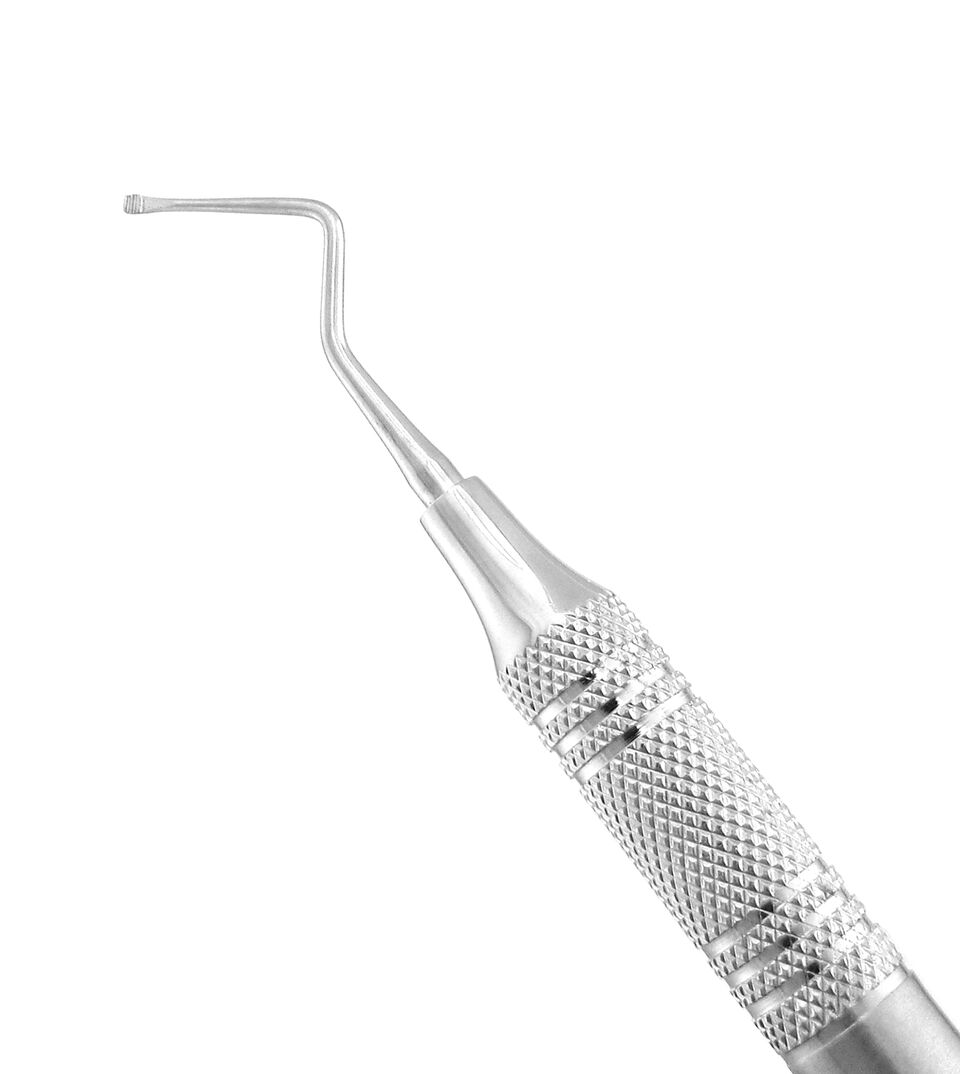 Periodontal Specialty Instruments
Periodontal Specialty Instruments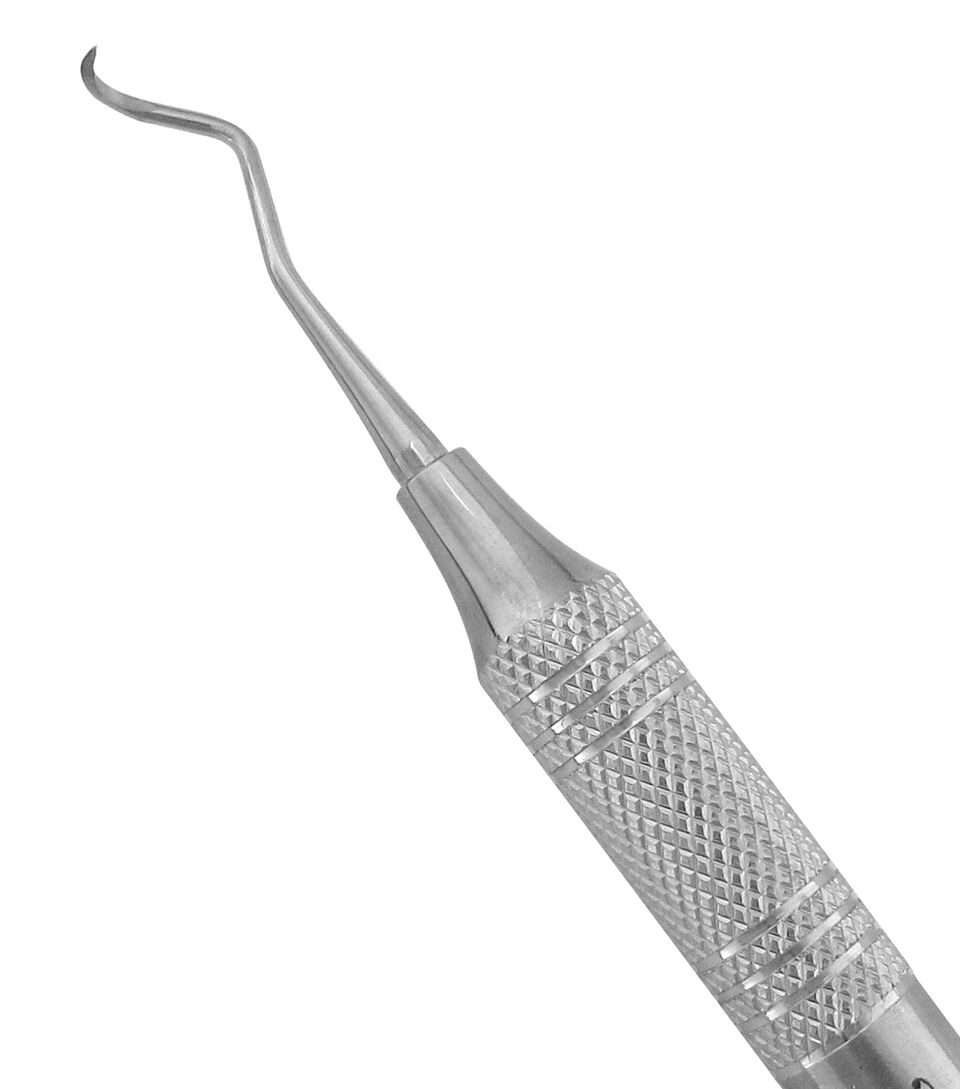 Scalers
Scalers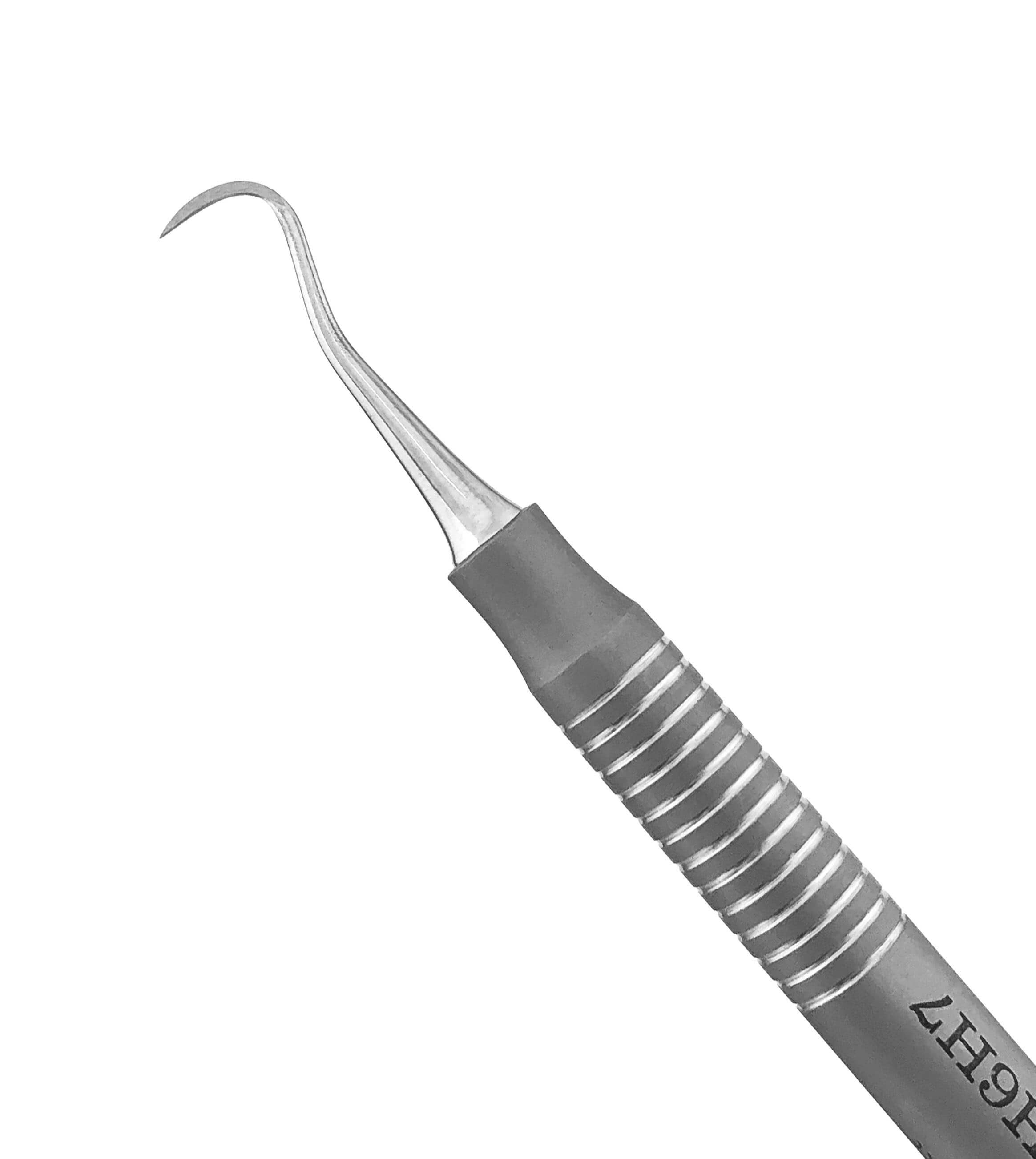 Siberian Stone™ Collection
Siberian Stone™ Collection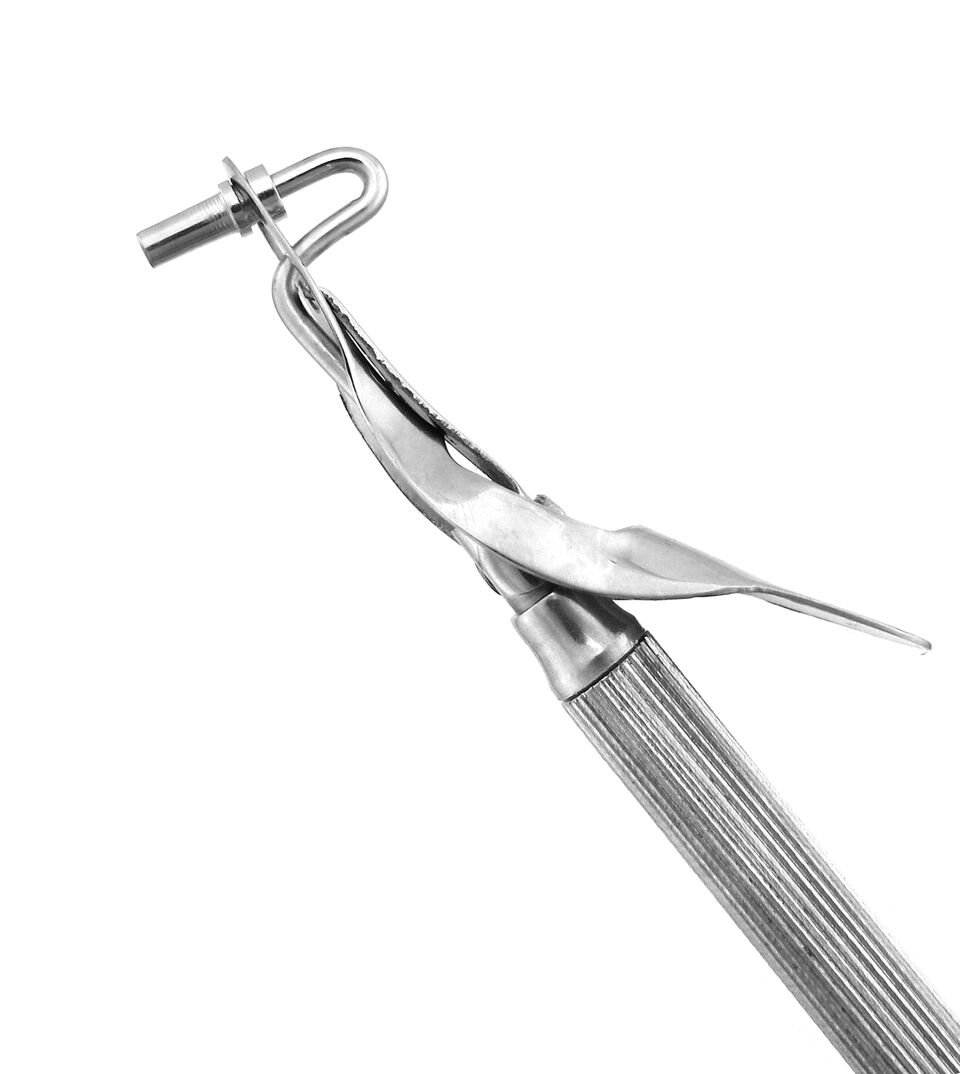 Amalgam Carriers & Well
Amalgam Carriers & Well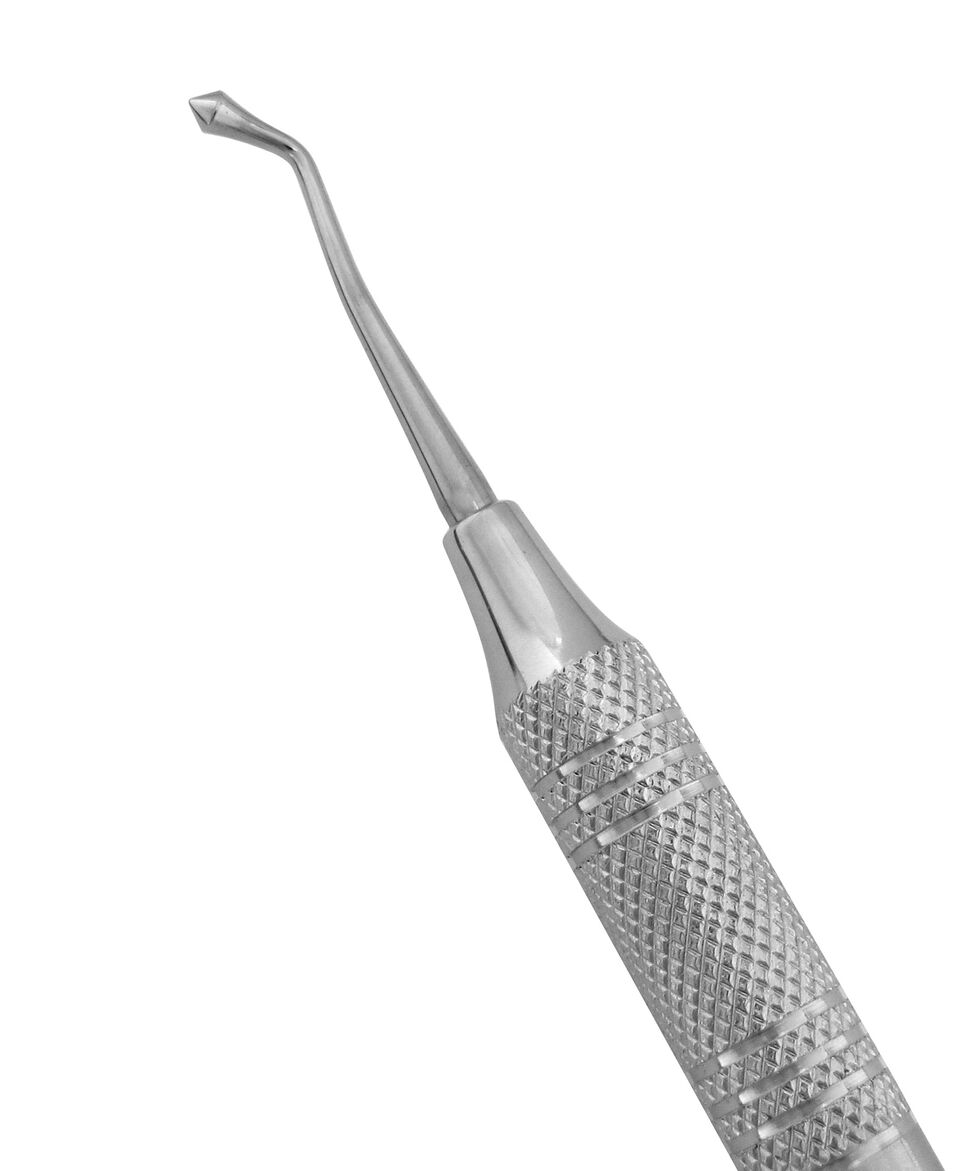 Burnishers
Burnishers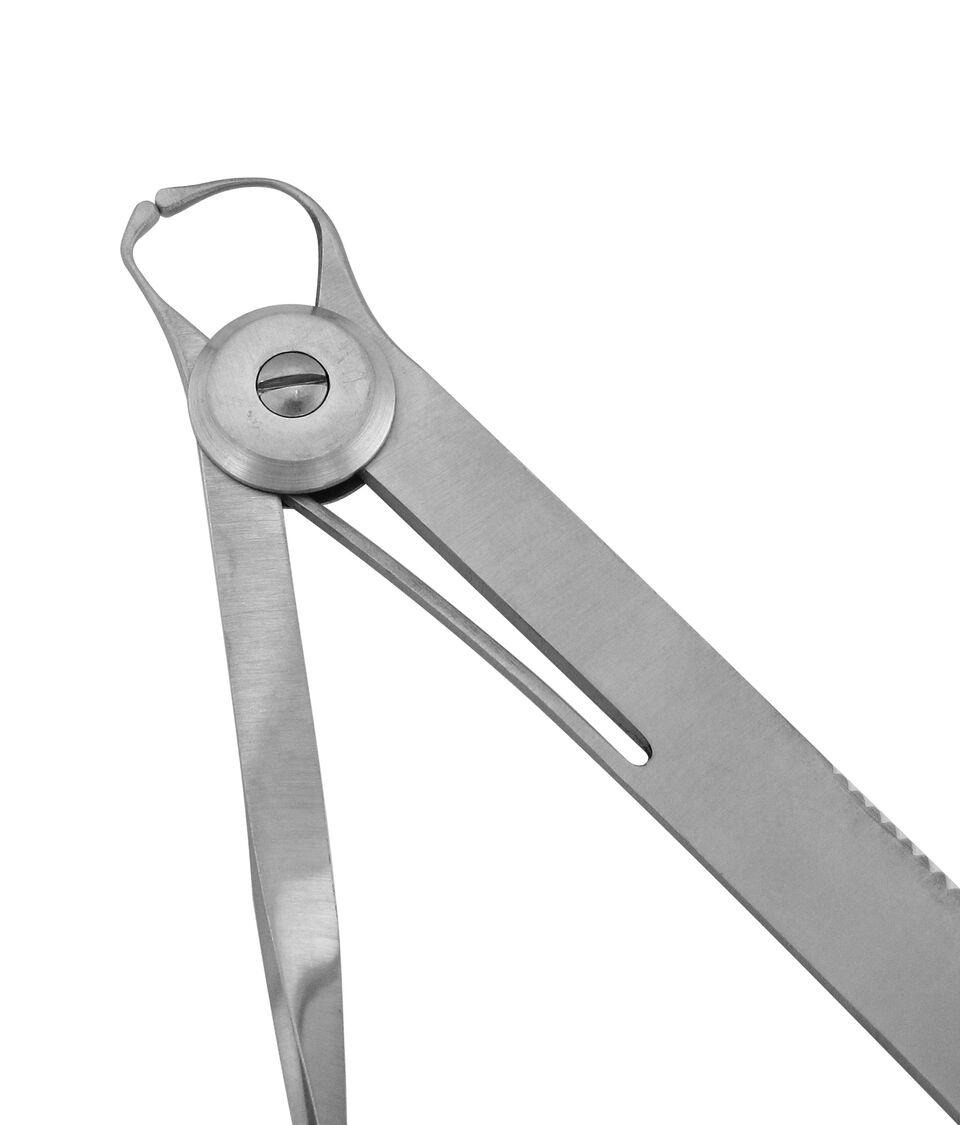 Calipers
Calipers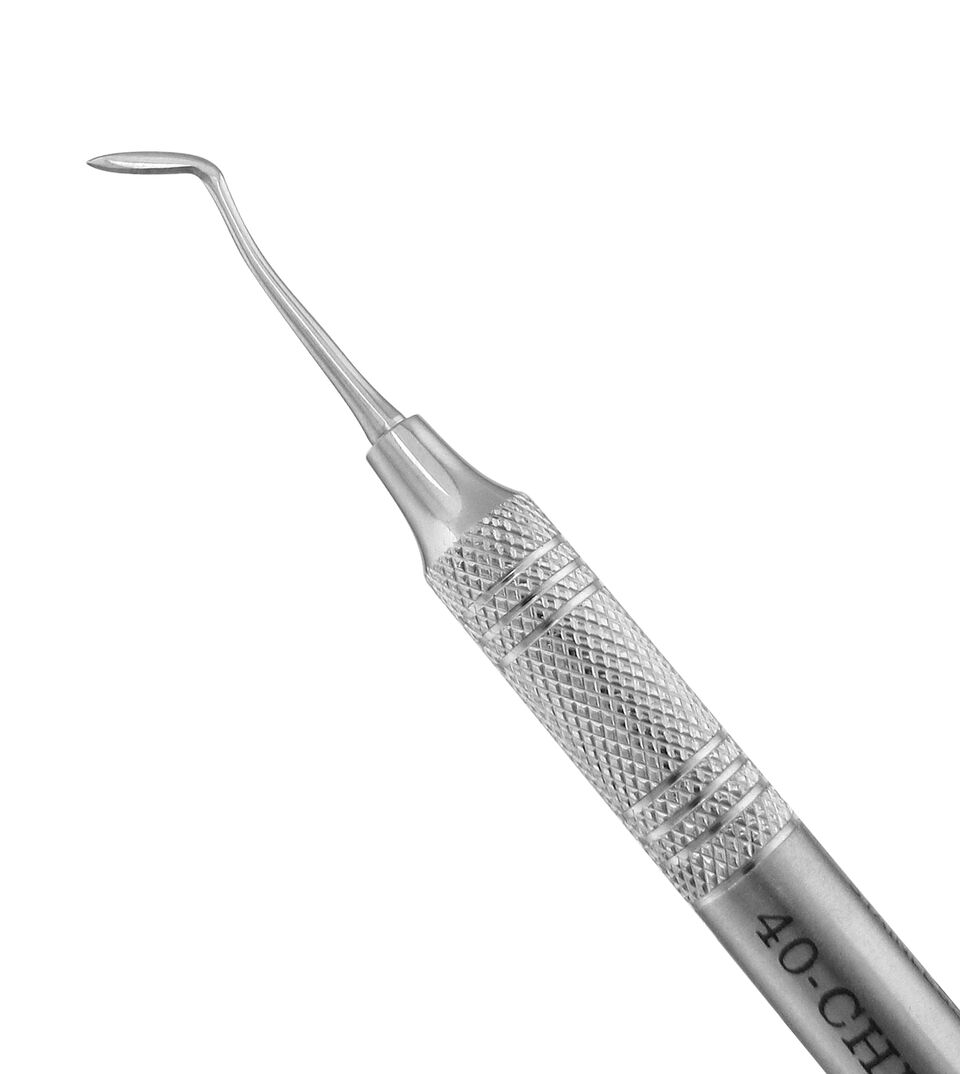 Carvers
Carvers Cement Spatulas
Cement Spatulas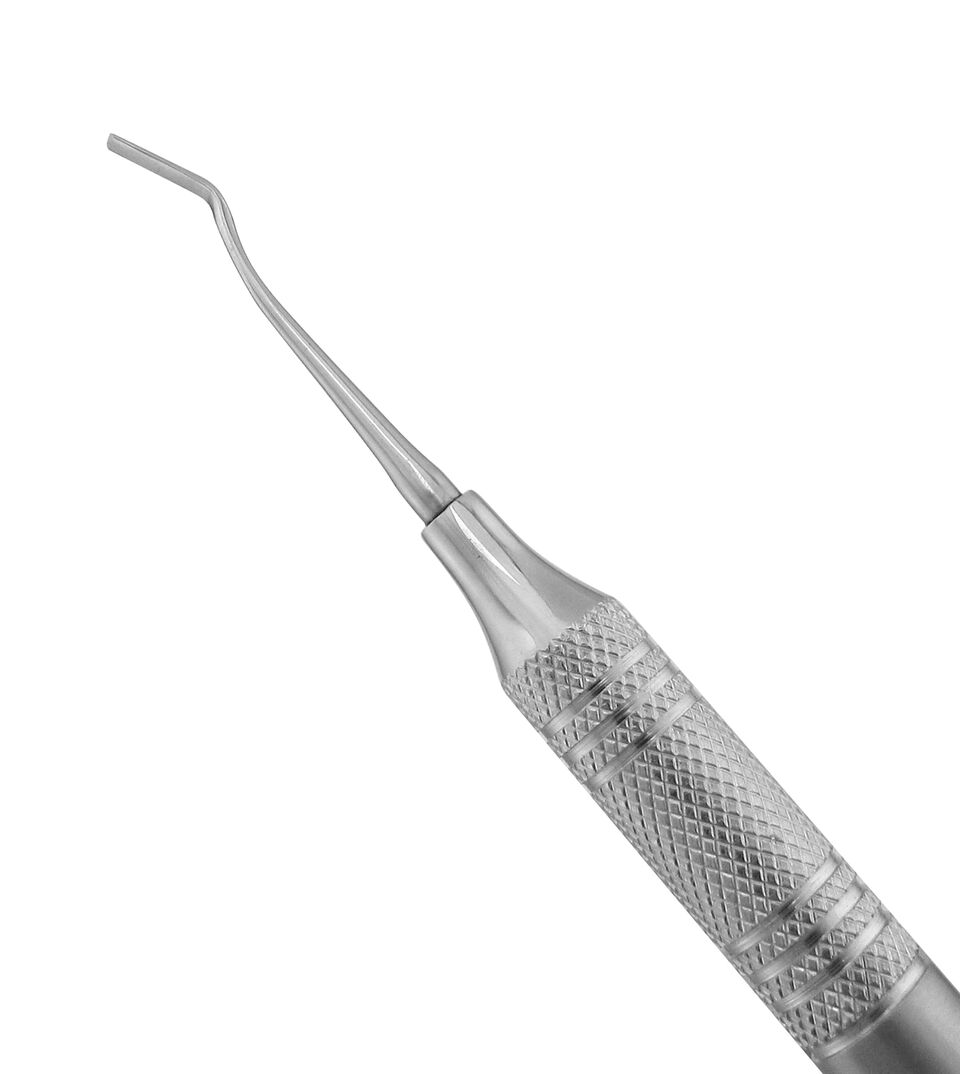 Chisels
Chisels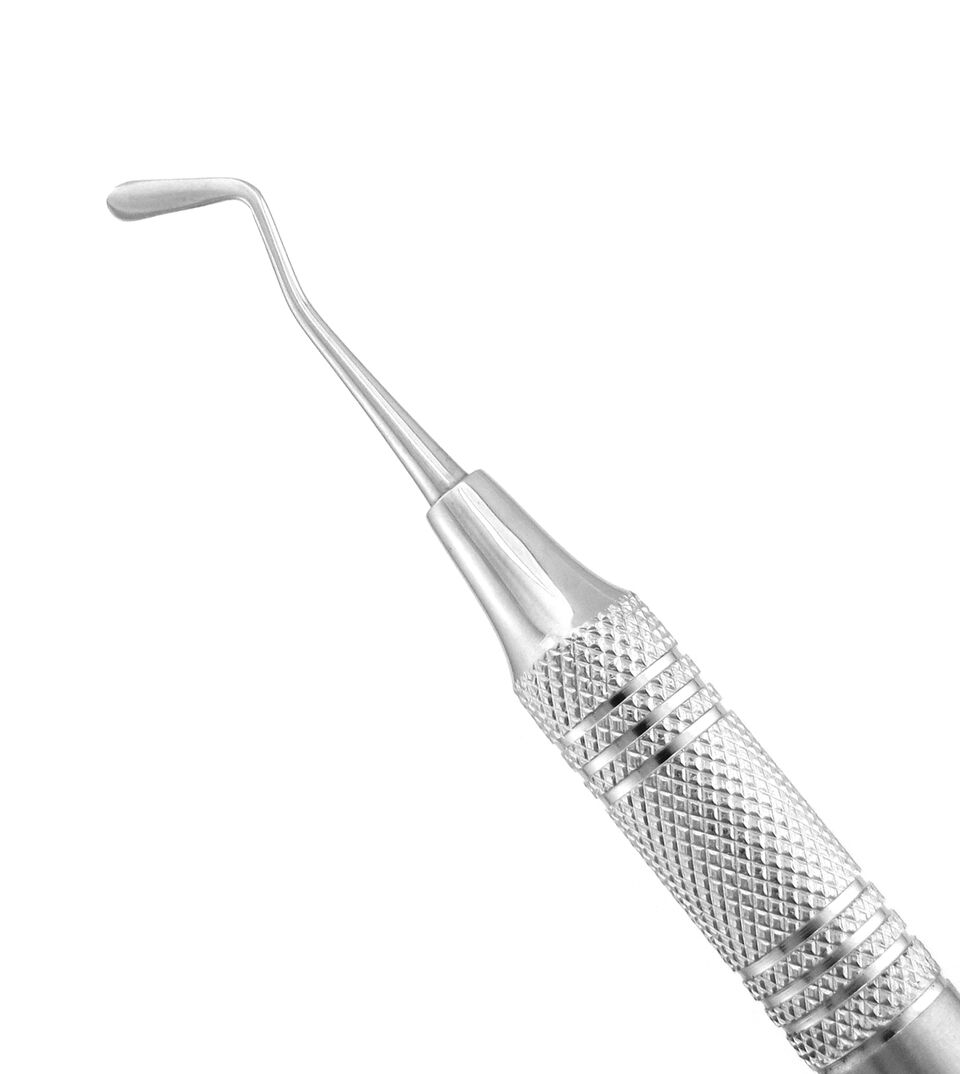 Composite & Plastic Filling Instruments
Composite & Plastic Filling Instruments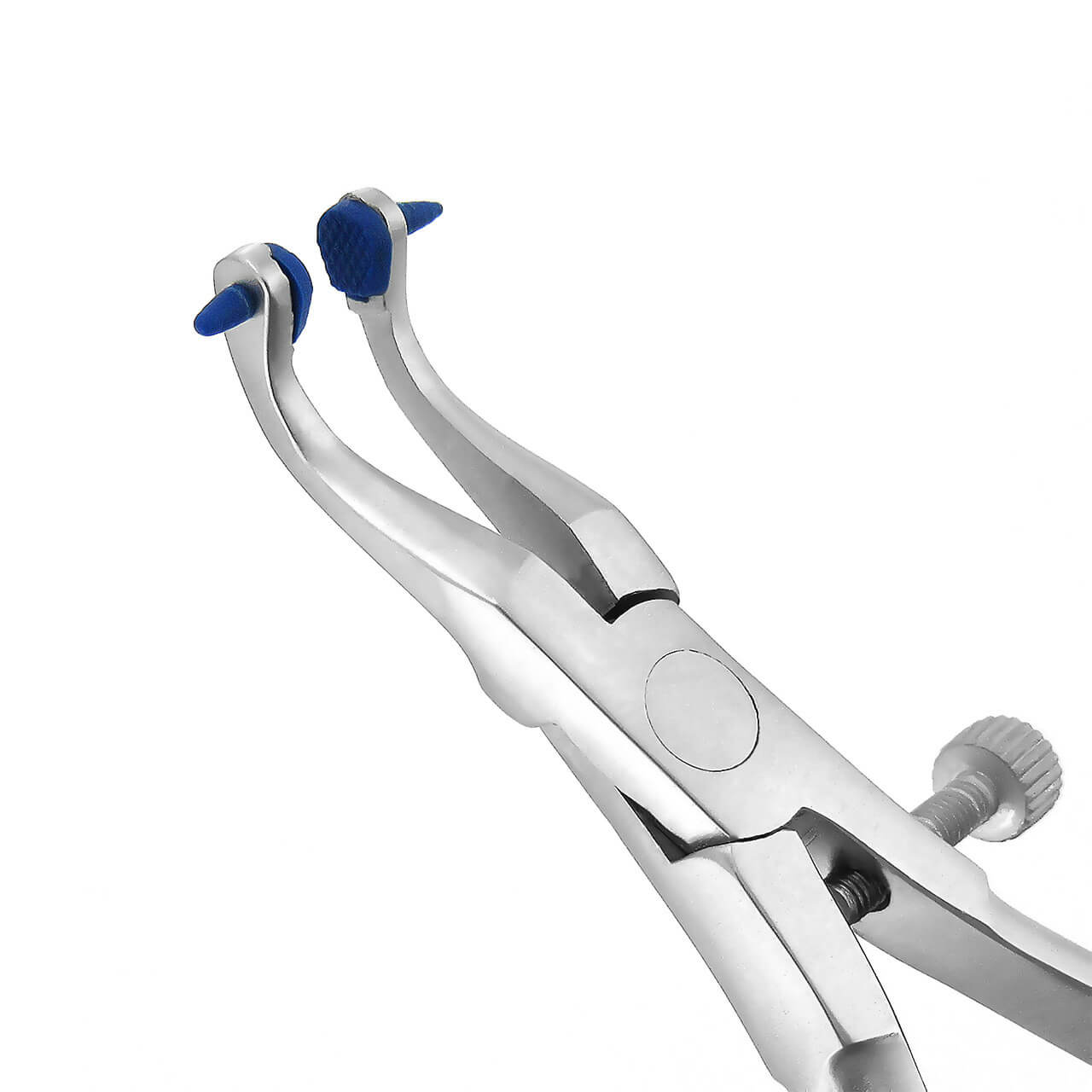 Crown Removers & Spreaders
Crown Removers & Spreaders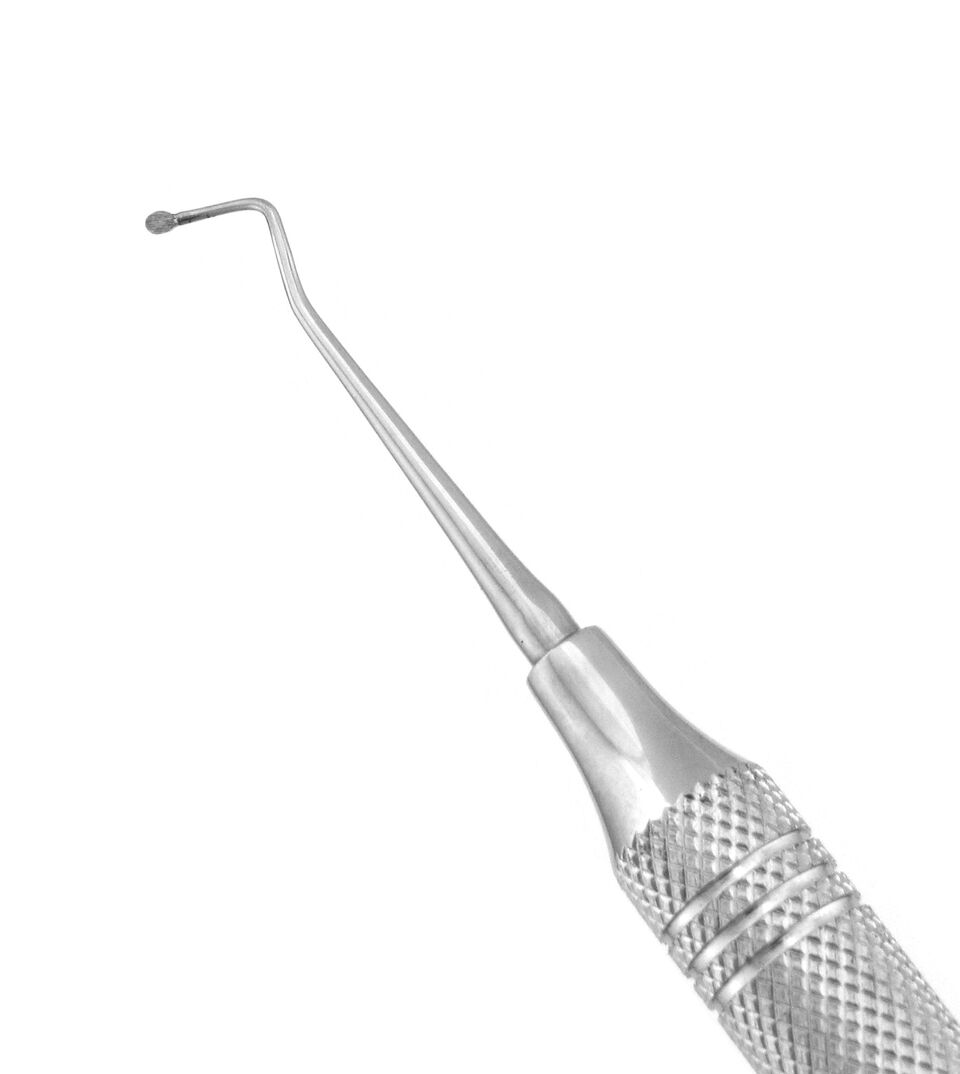 Excavators
Excavators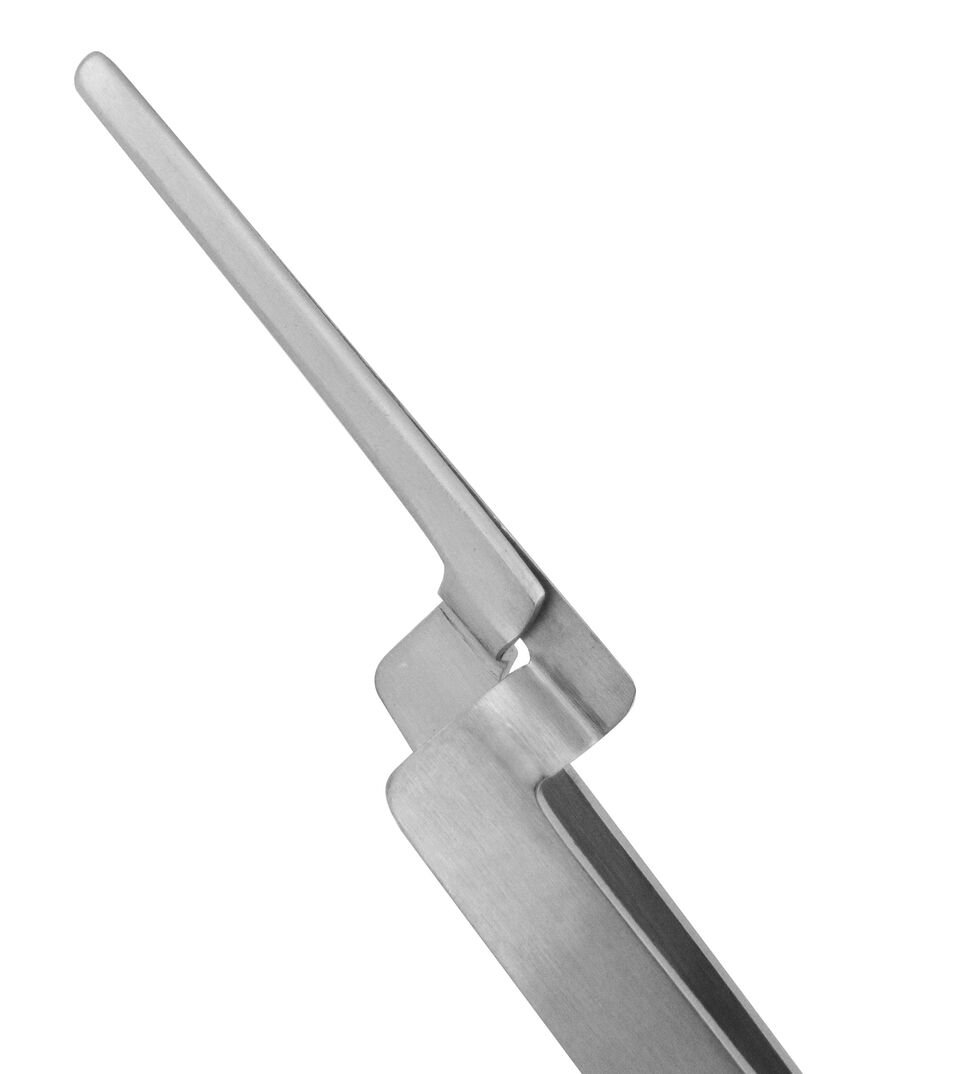 Forceps & Tweezers
Forceps & Tweezers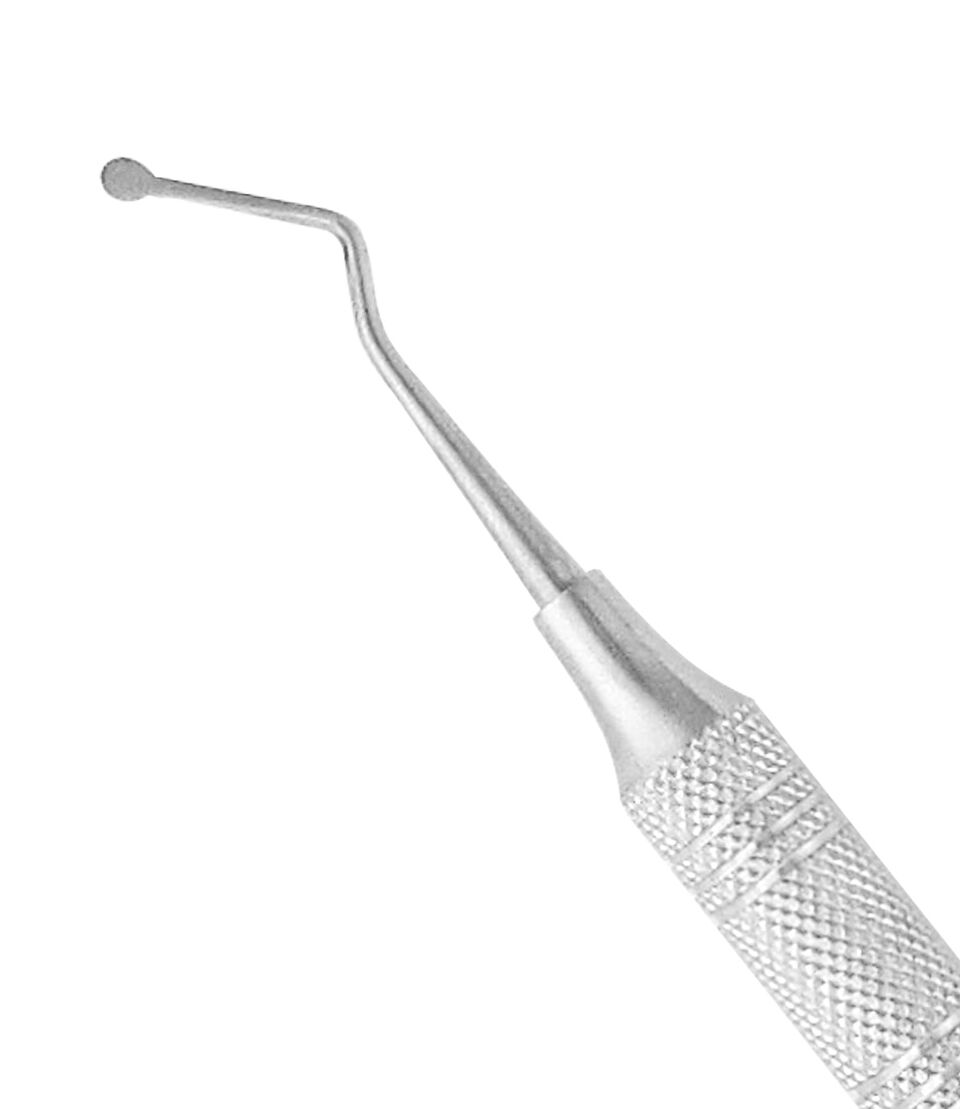 Gingival Cord Packers
Gingival Cord Packers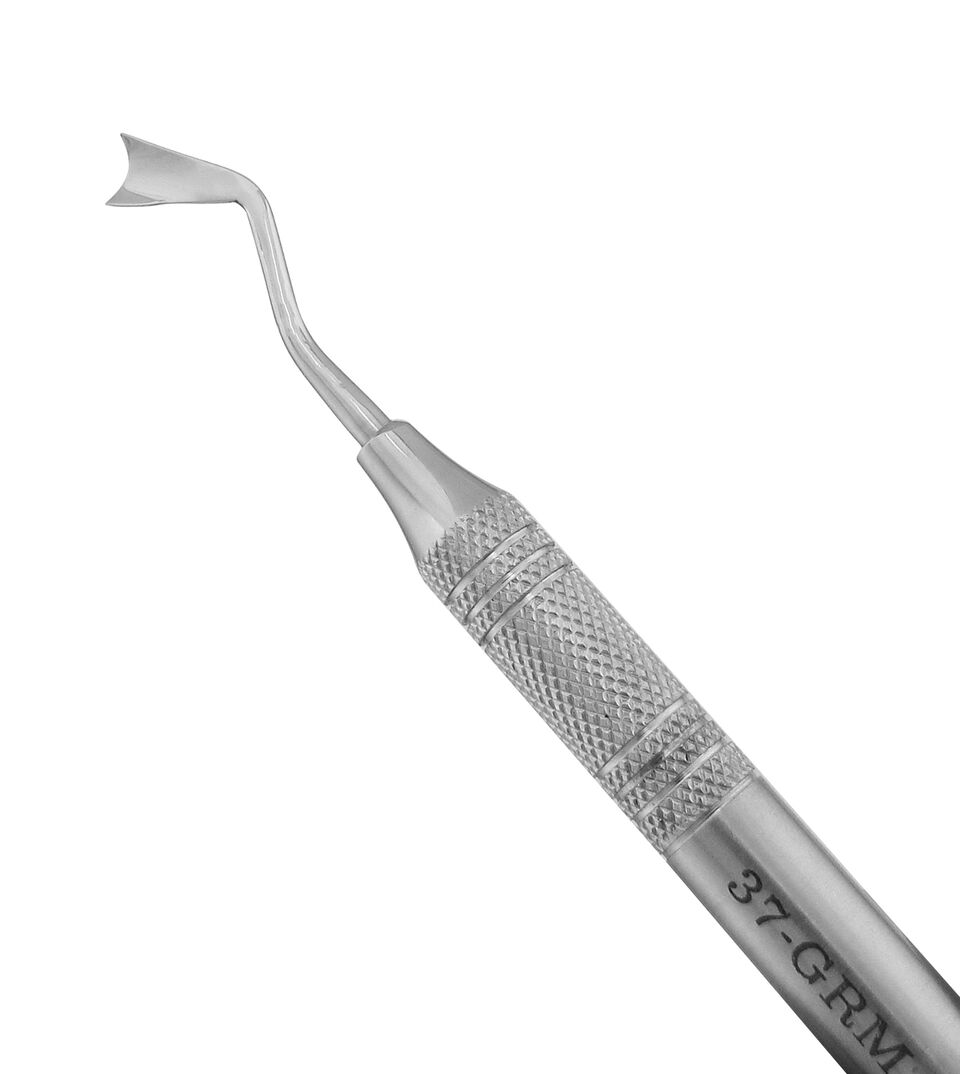 Gingival Retractors
Gingival Retractors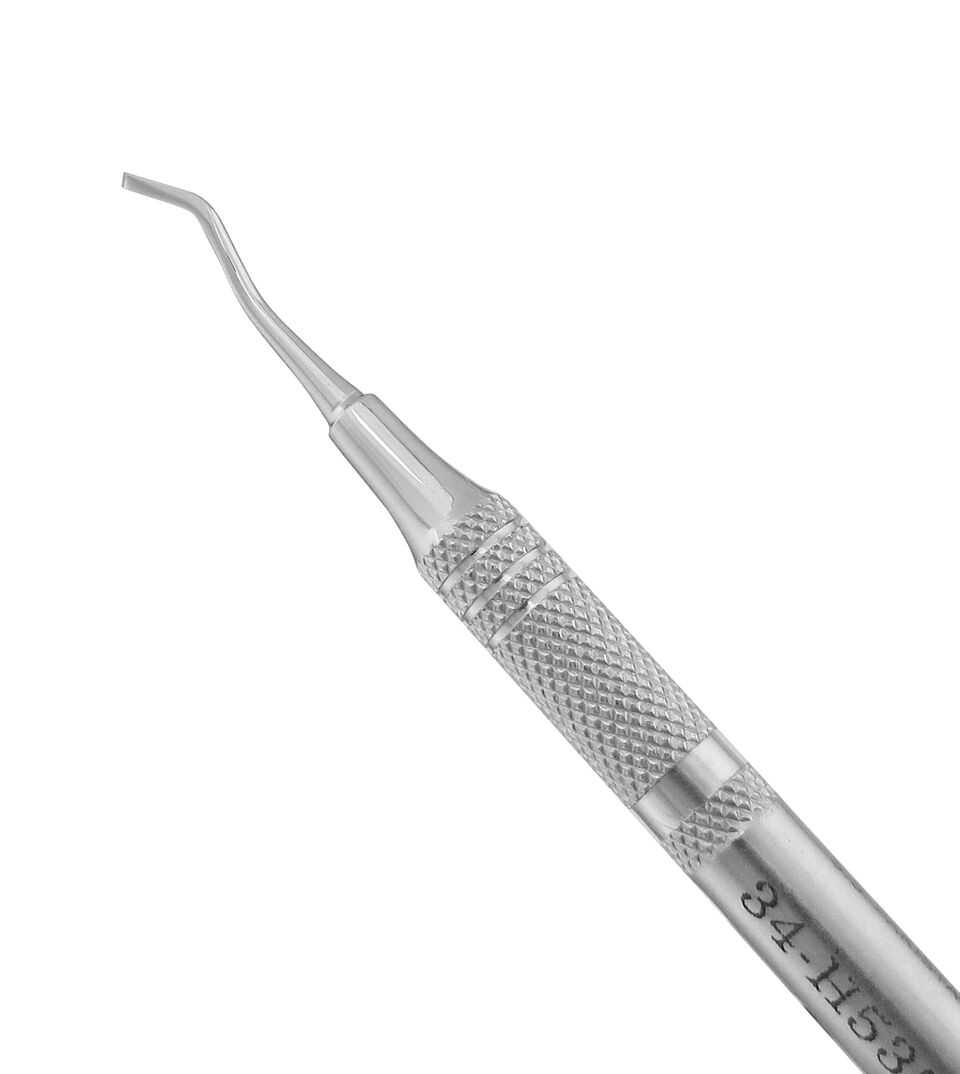 Hatchets
Hatchets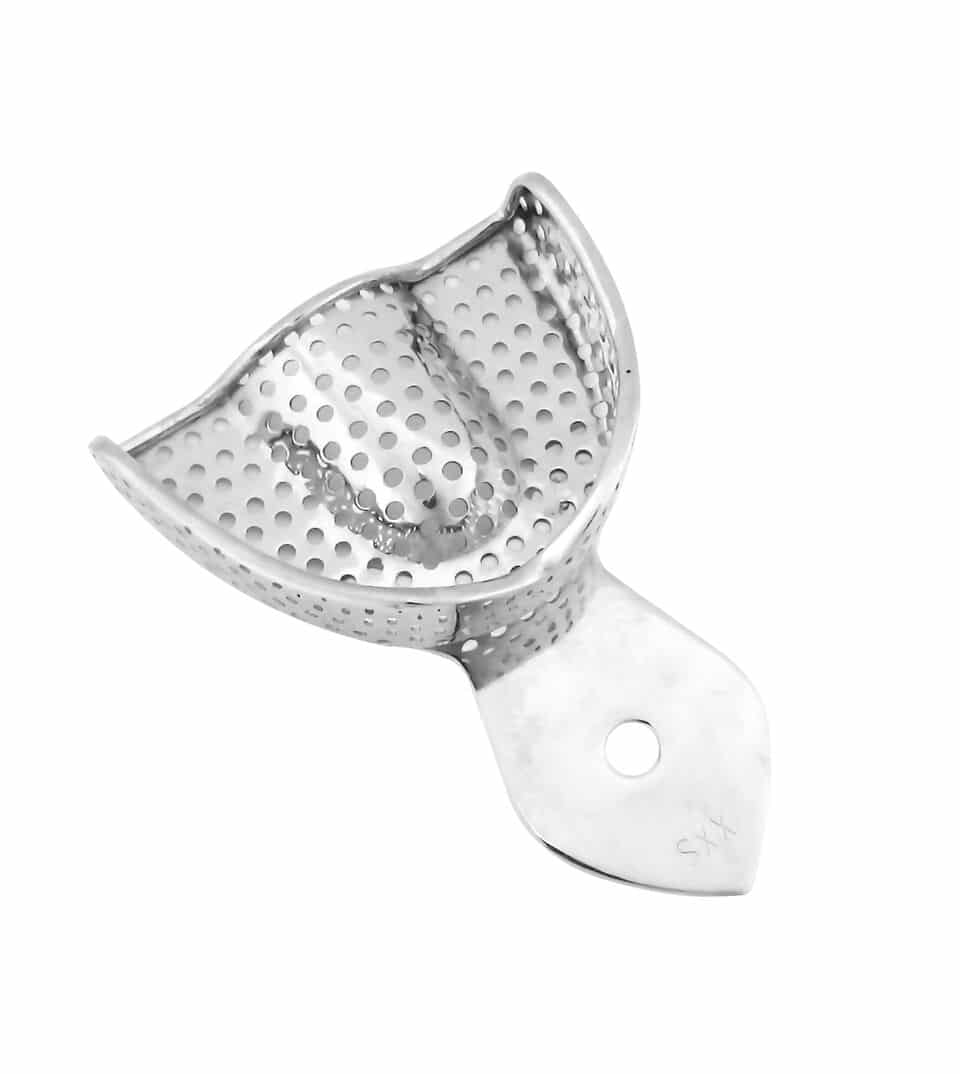 Impression Tray Sets
Impression Tray Sets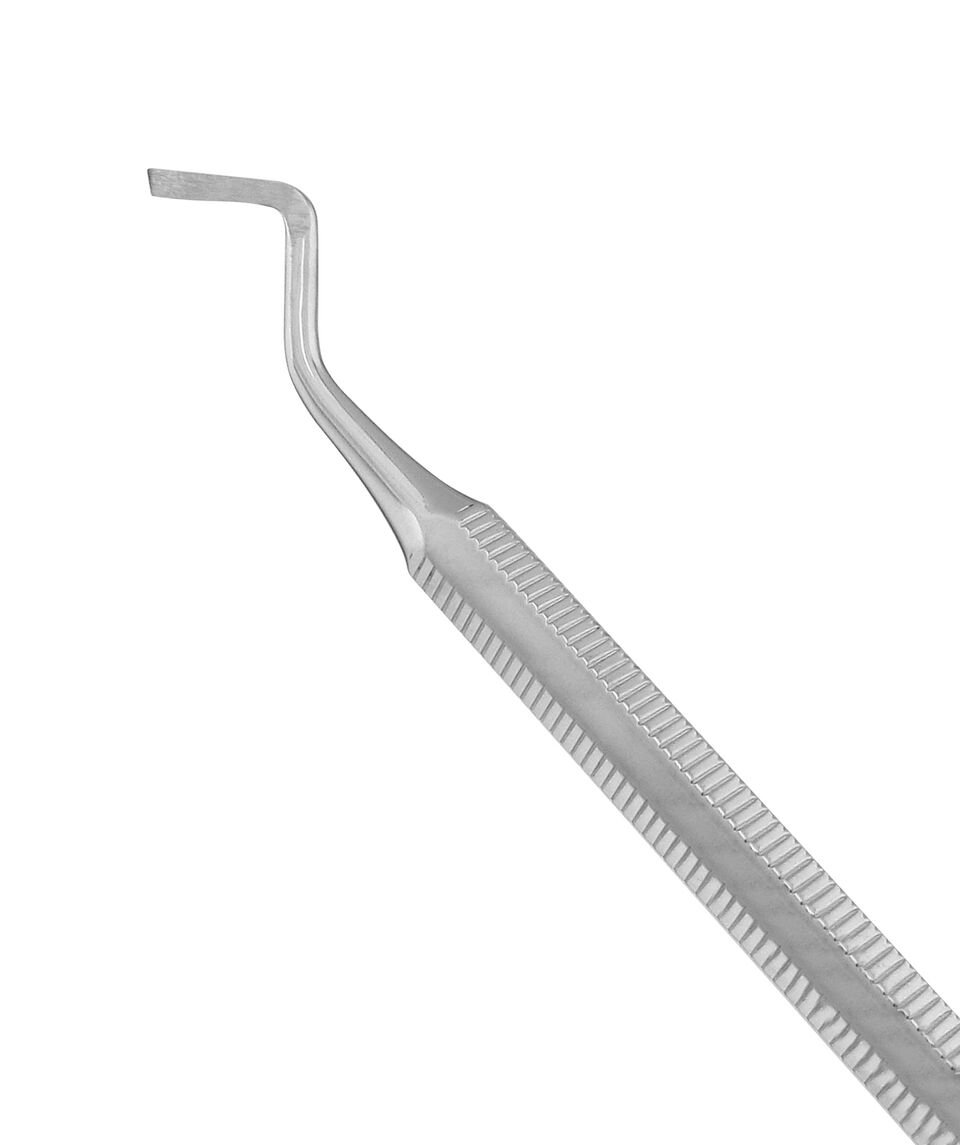 Margin Trimmers
Margin Trimmers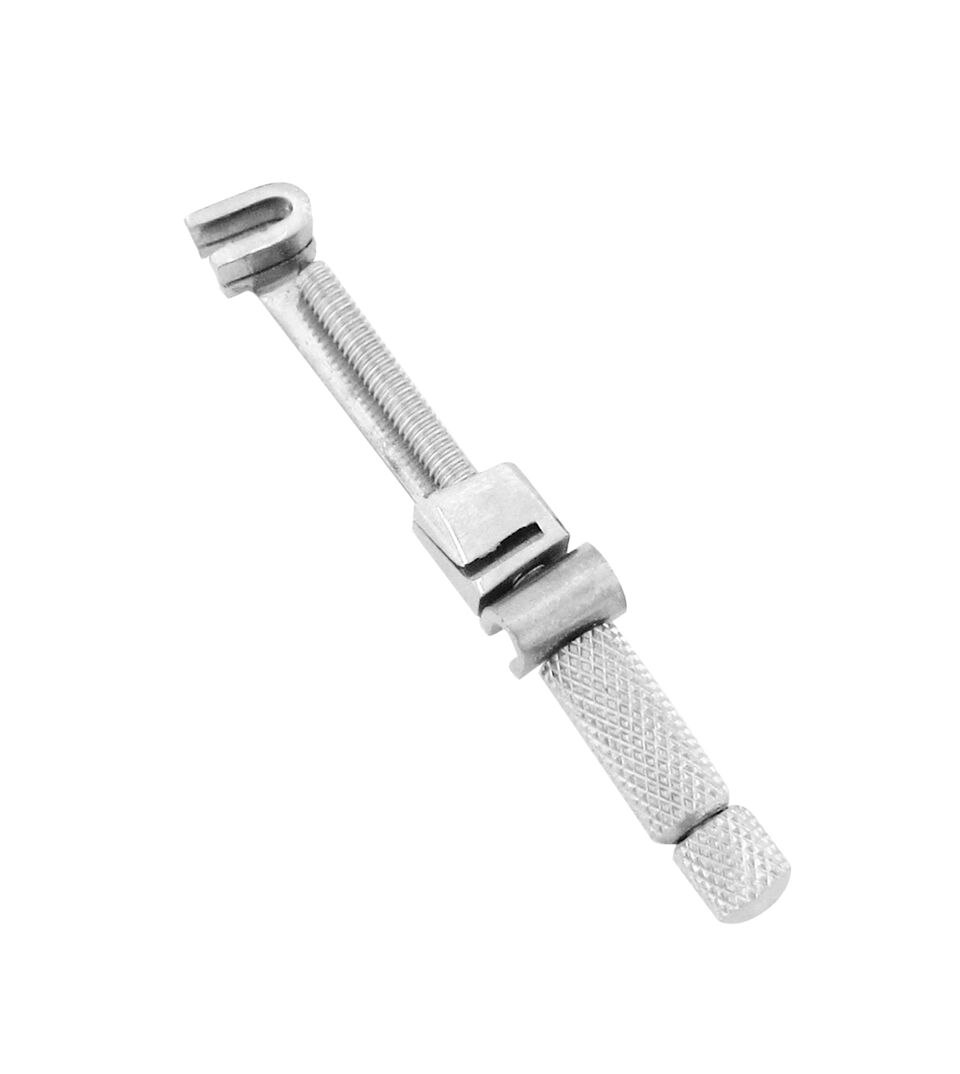 Matrix Retainers
Matrix Retainers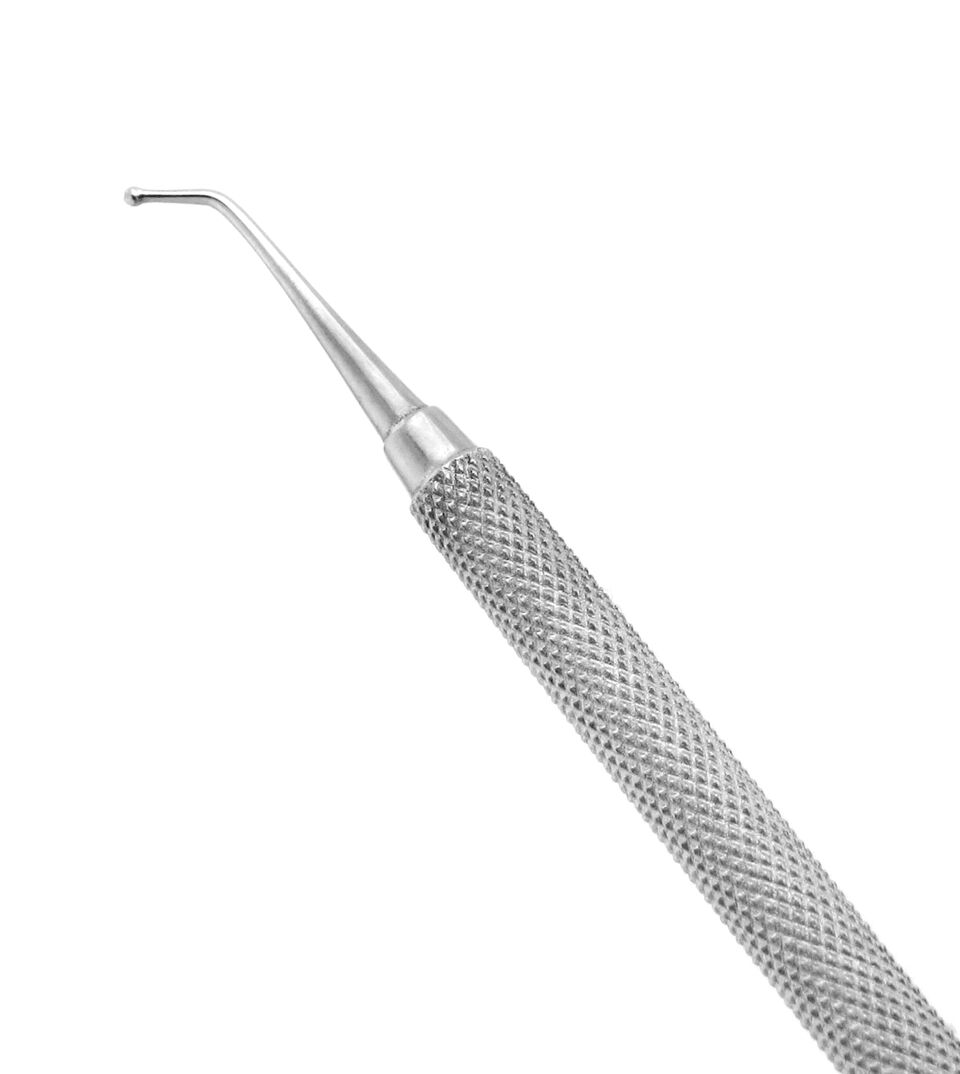 Placement Instruments
Placement Instruments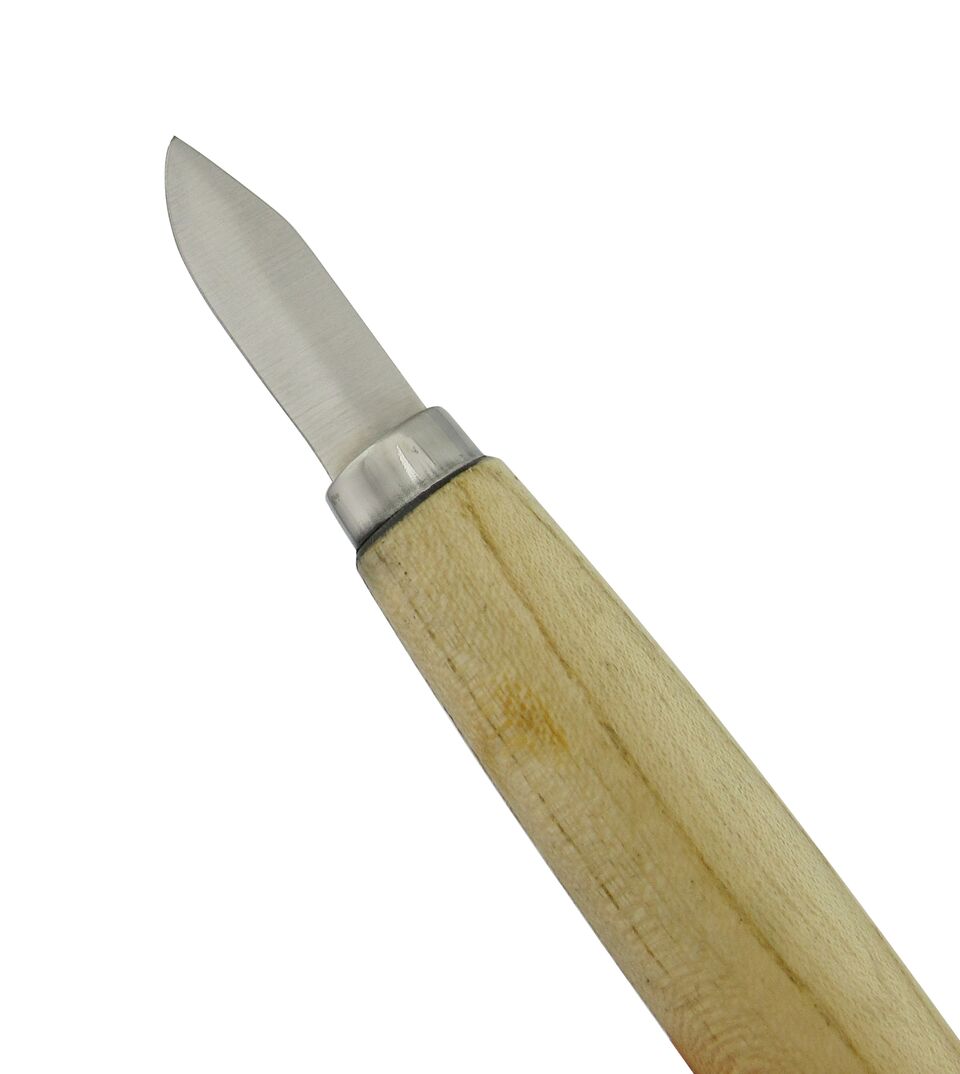 Plaster Knives & Nippers
Plaster Knives & Nippers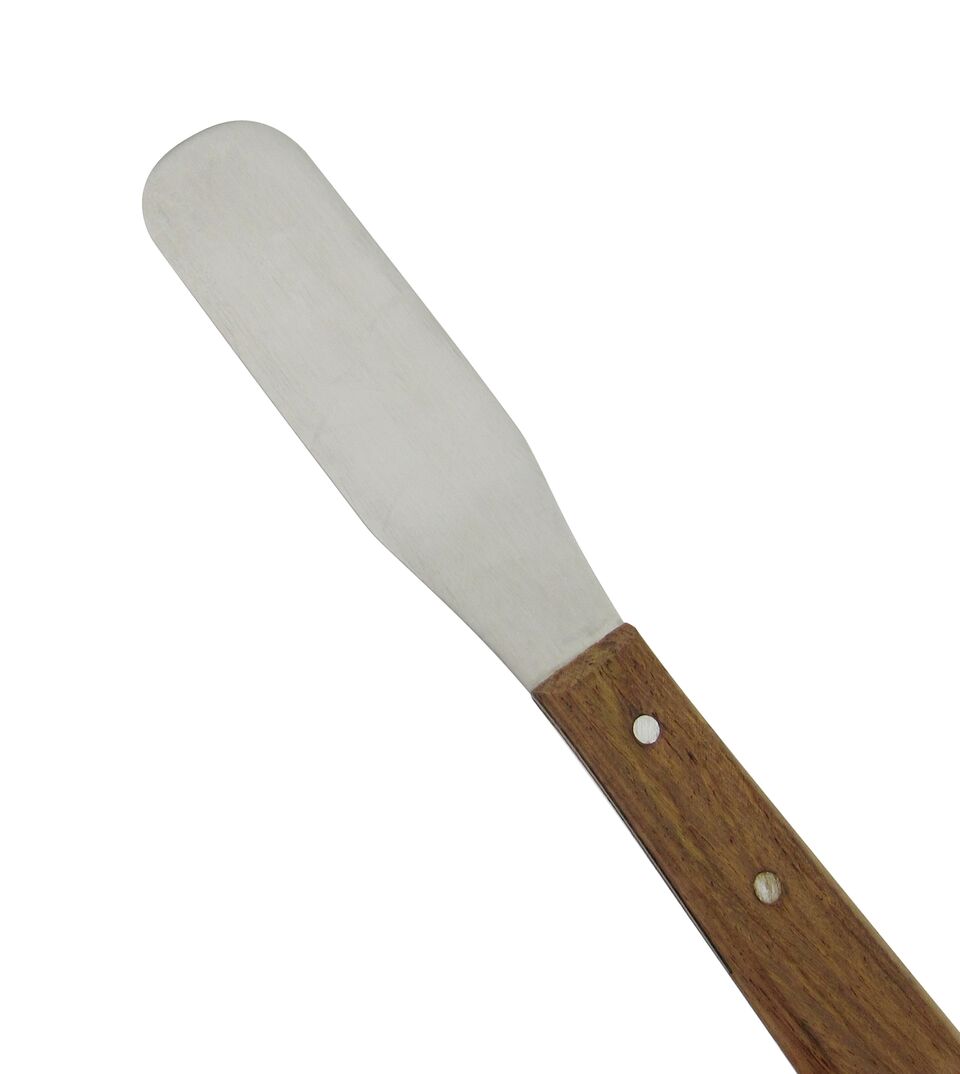 Plaster Spatulas
Plaster Spatulas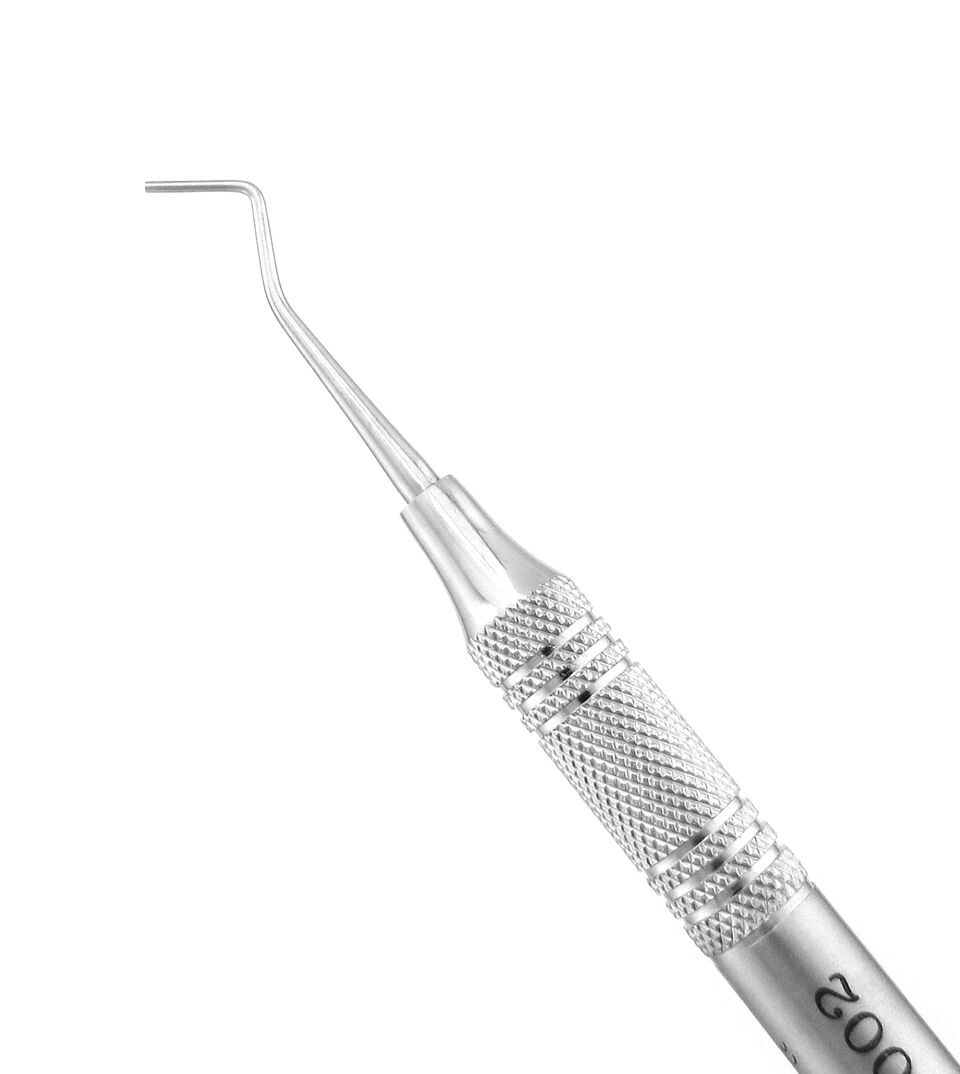 Pluggers/Condensers
Pluggers/Condensers Restorative Sets
Restorative Sets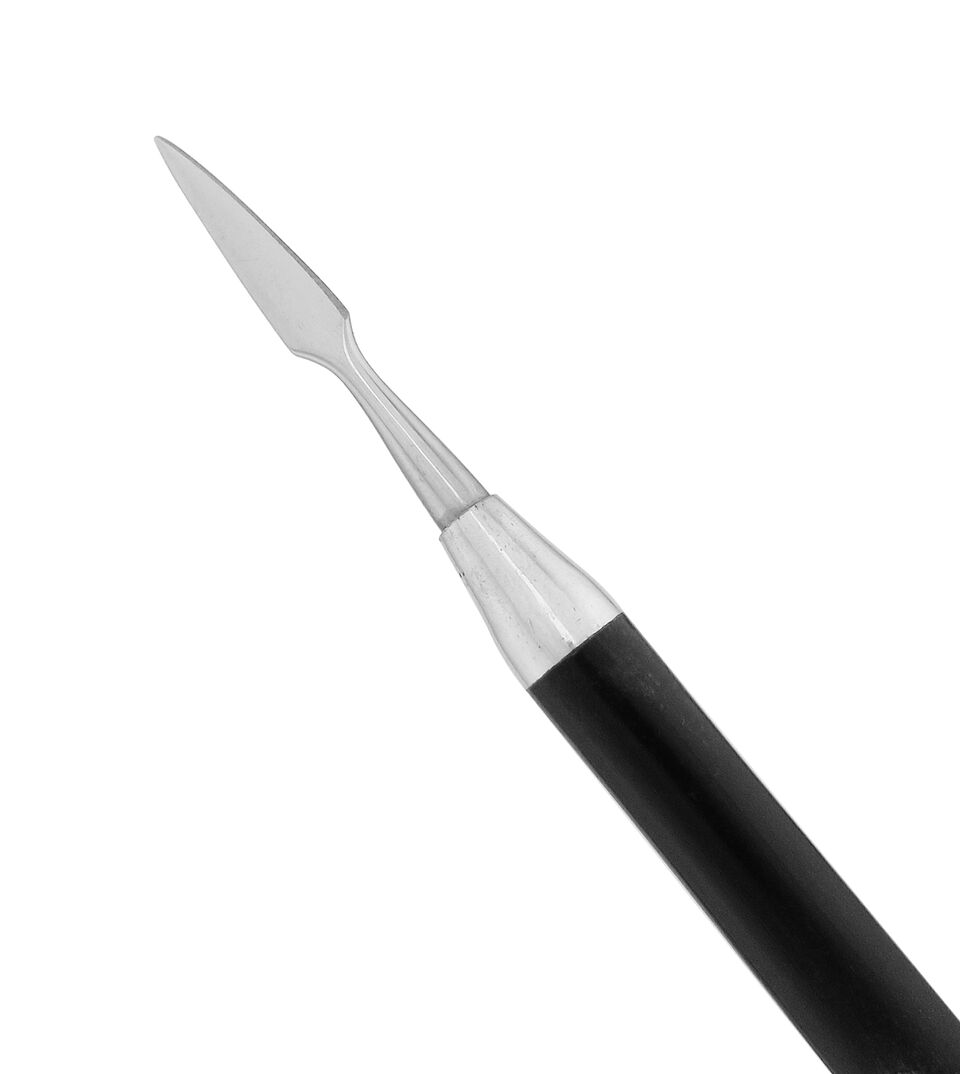 Wax & Porcelain Carvers
Wax & Porcelain Carvers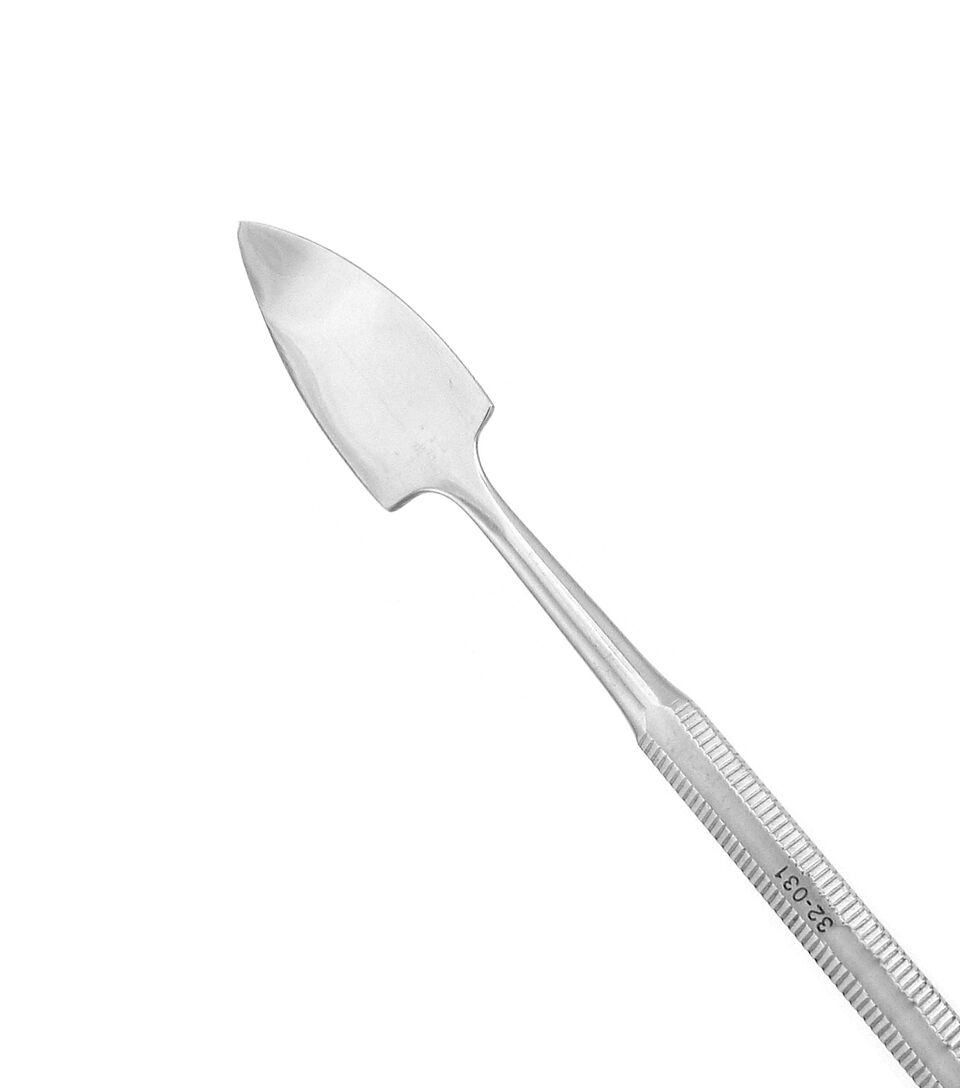 Wax Spatulas
Wax Spatulas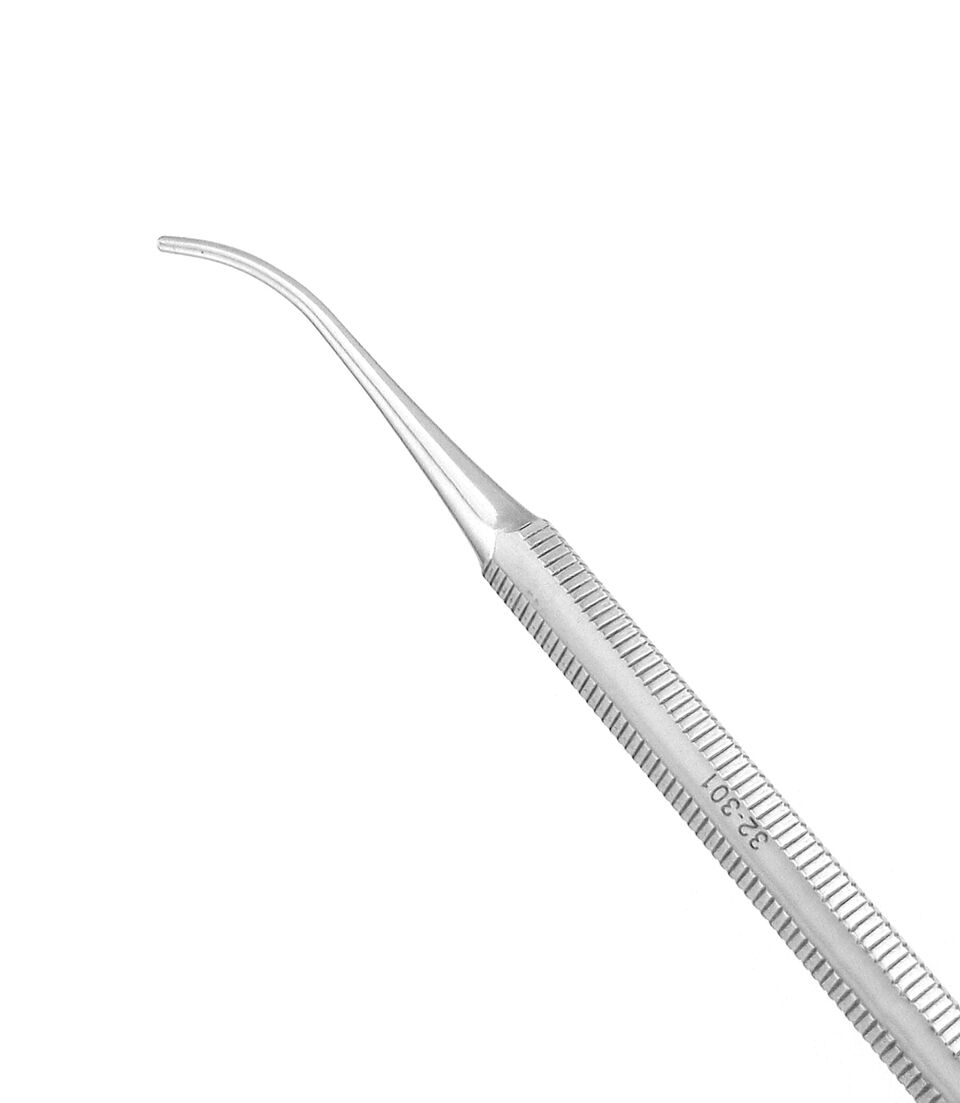 Waxing Instruments
Waxing Instruments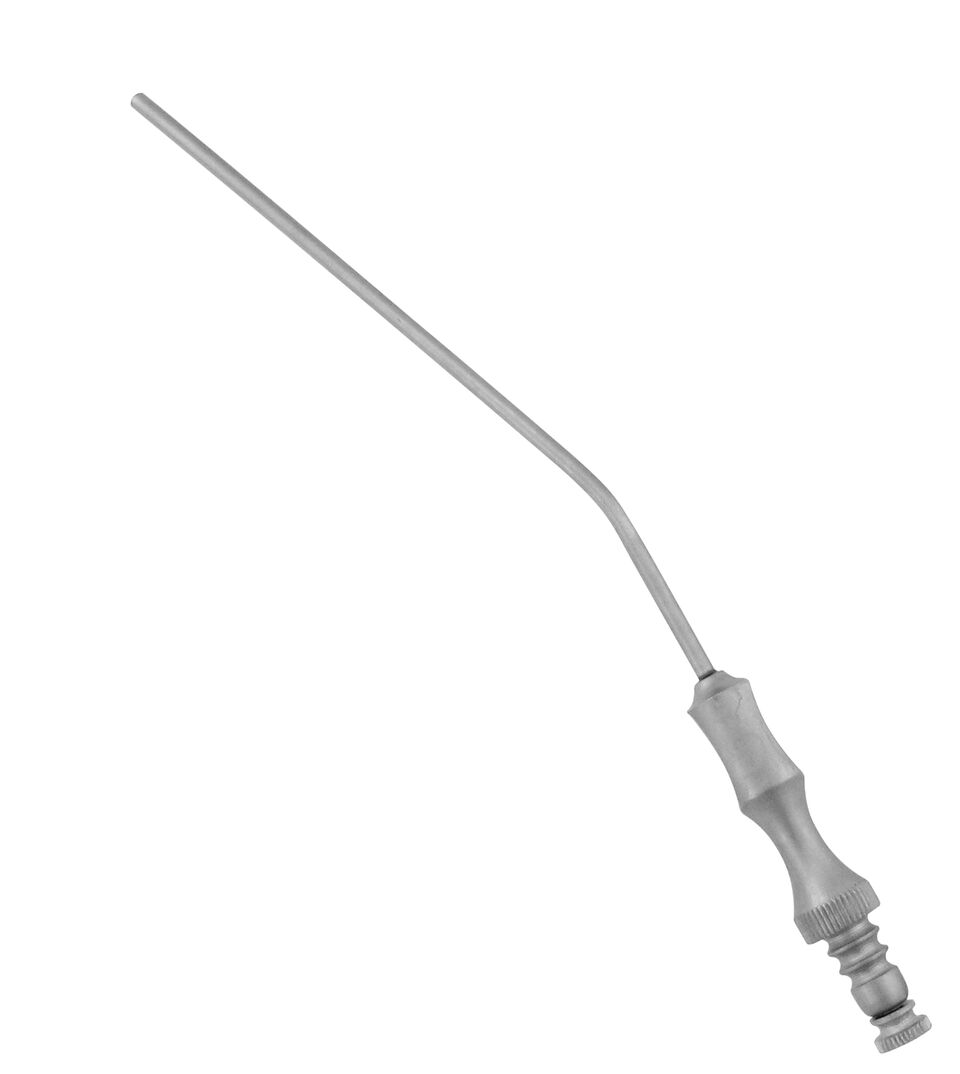 Aspirators
Aspirators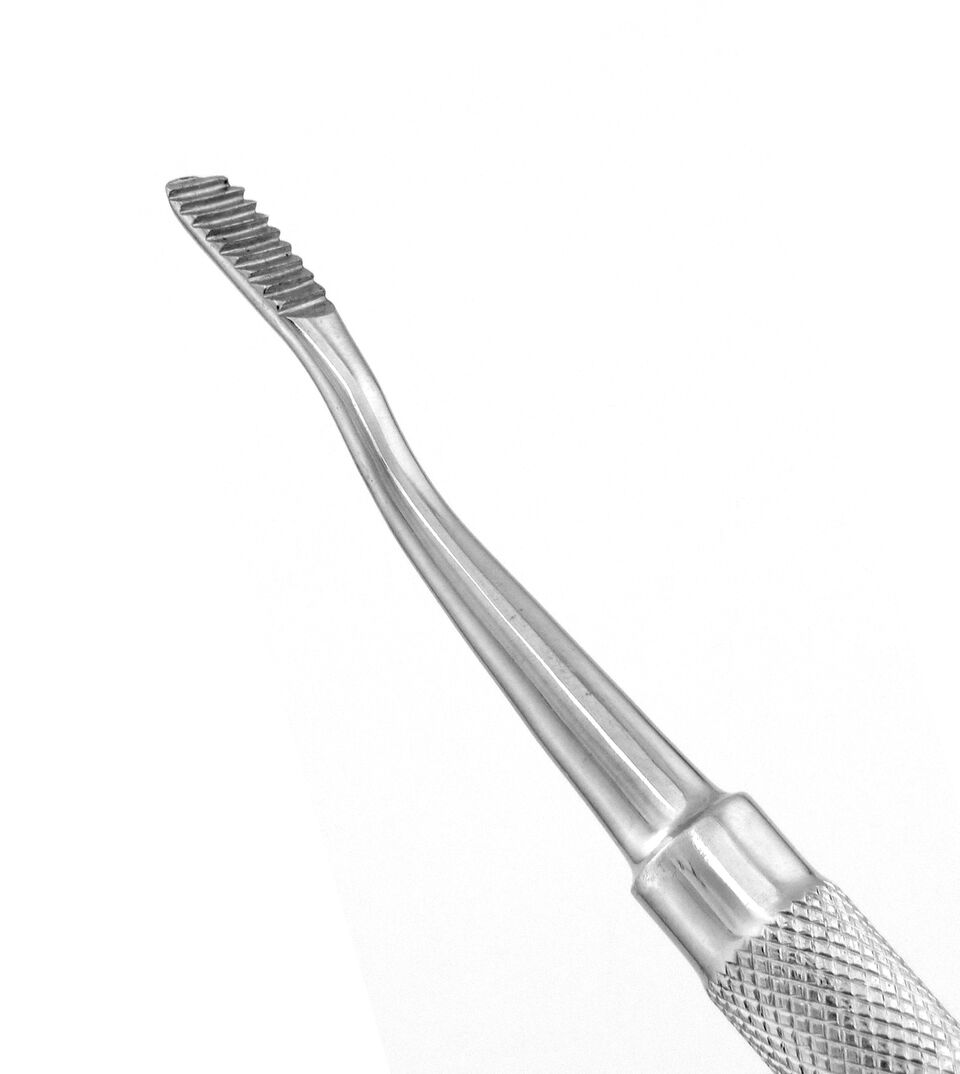 Bone Chisels
Bone Chisels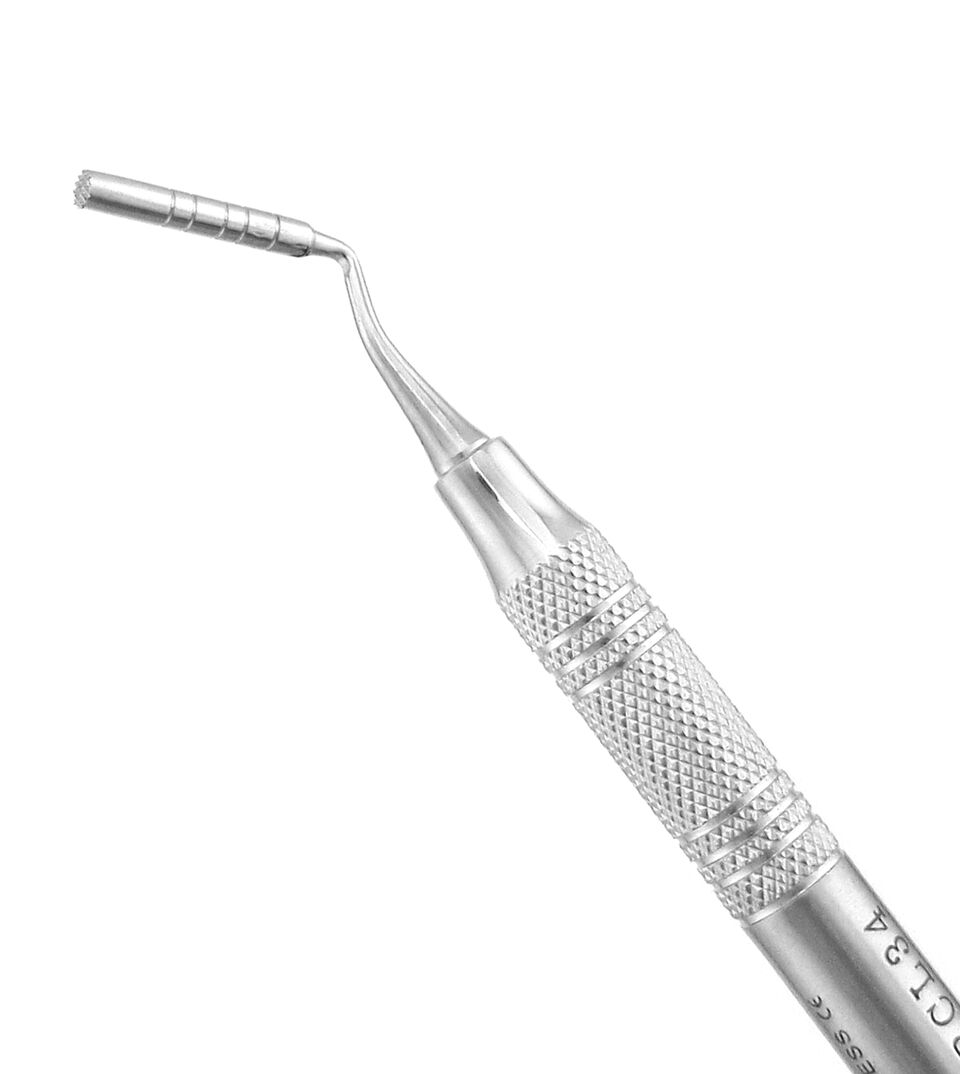 Bone Grafting Instruments
Bone Grafting Instruments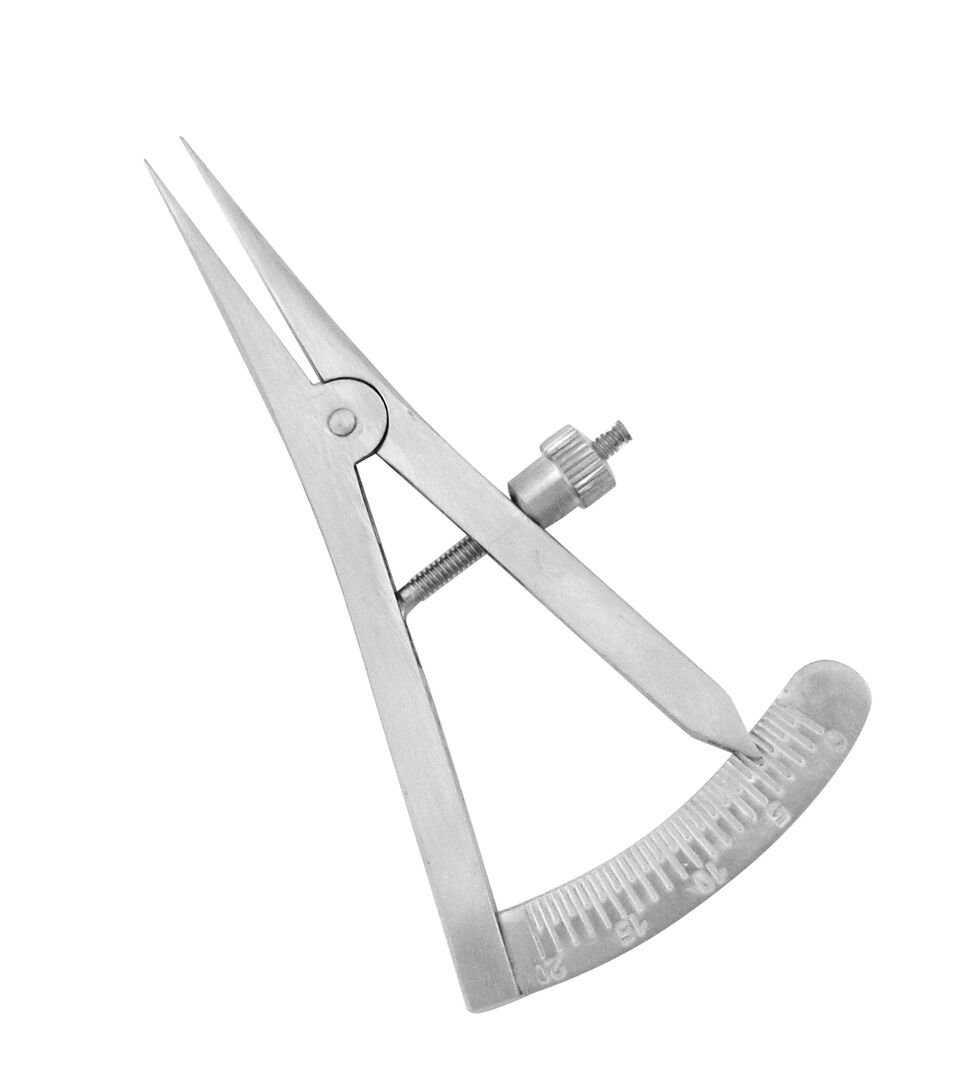 Calipers
Calipers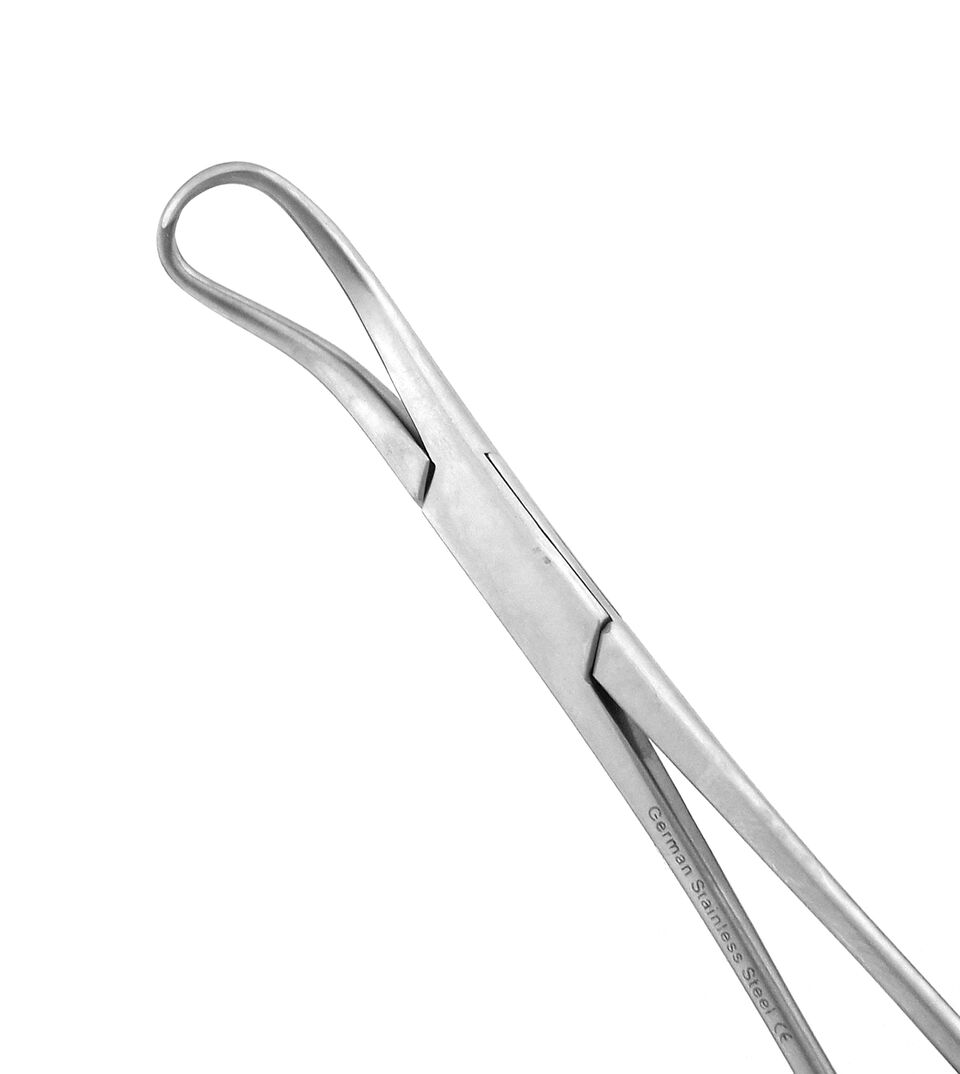 Clamps
Clamps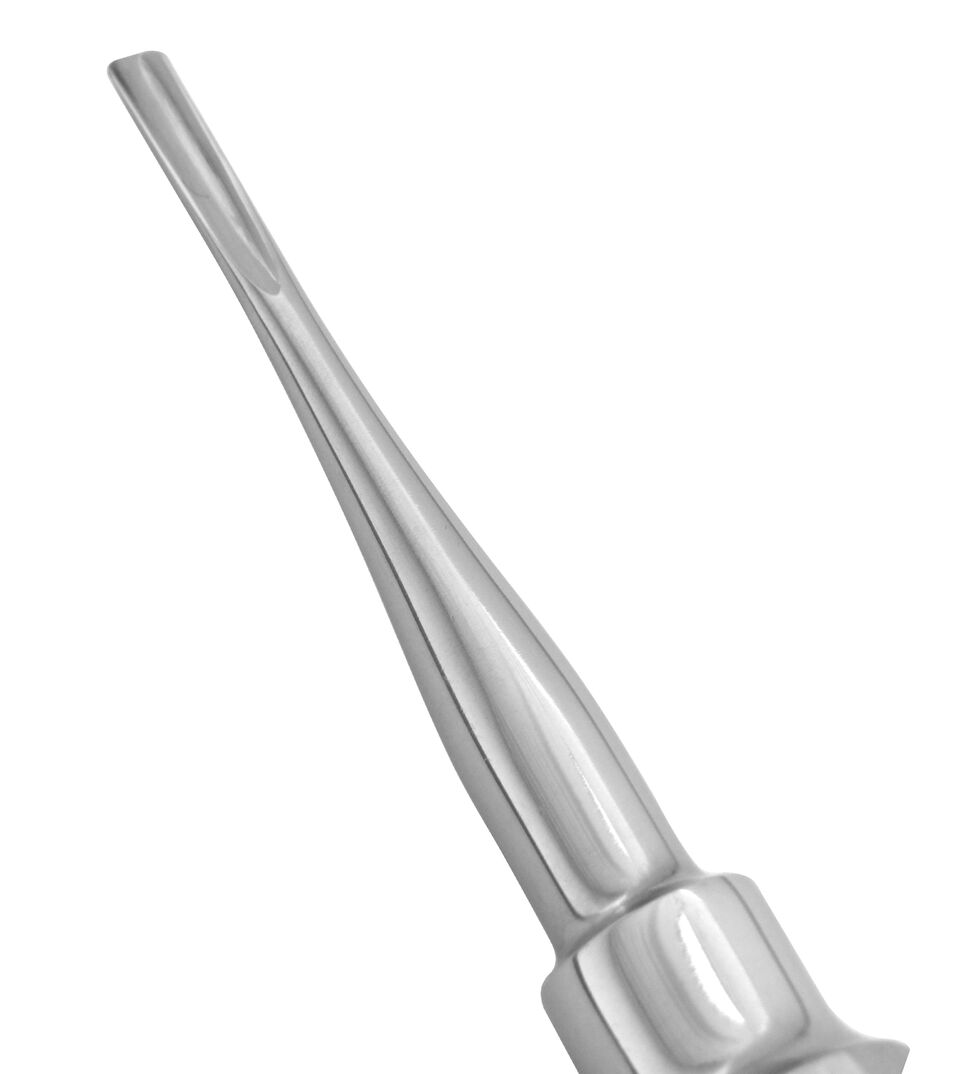 Dental Elevators
Dental Elevators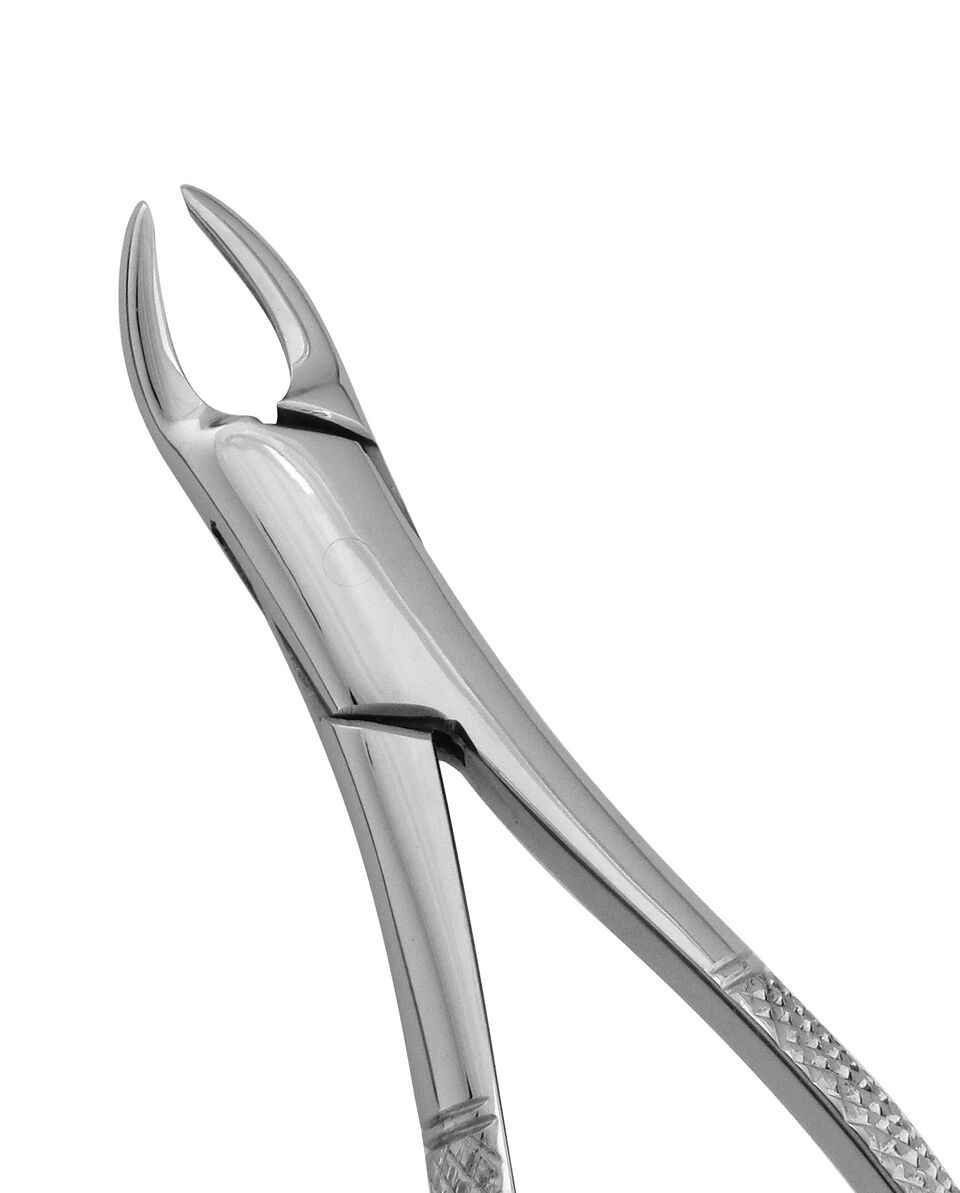 Extraction Forceps
Extraction Forceps Hemostats & Forceps
Hemostats & Forceps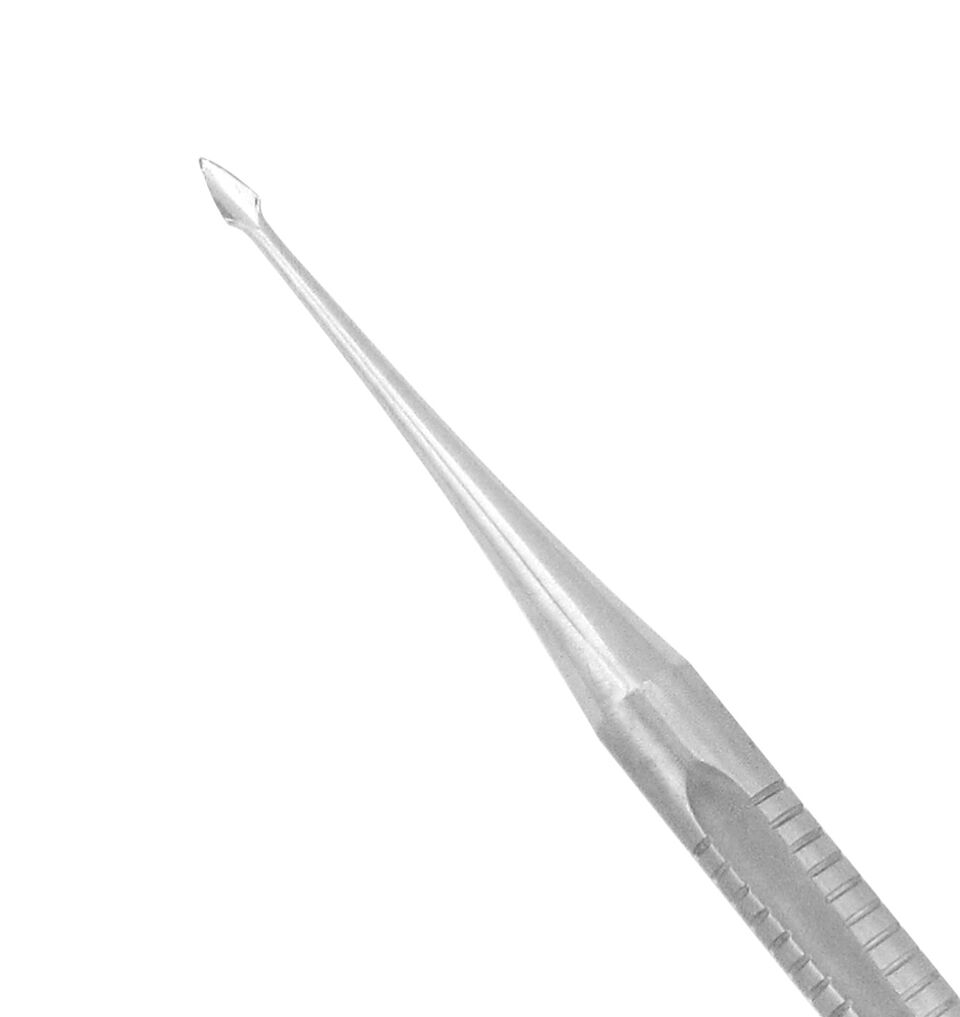 Hybrid Instruments
Hybrid Instruments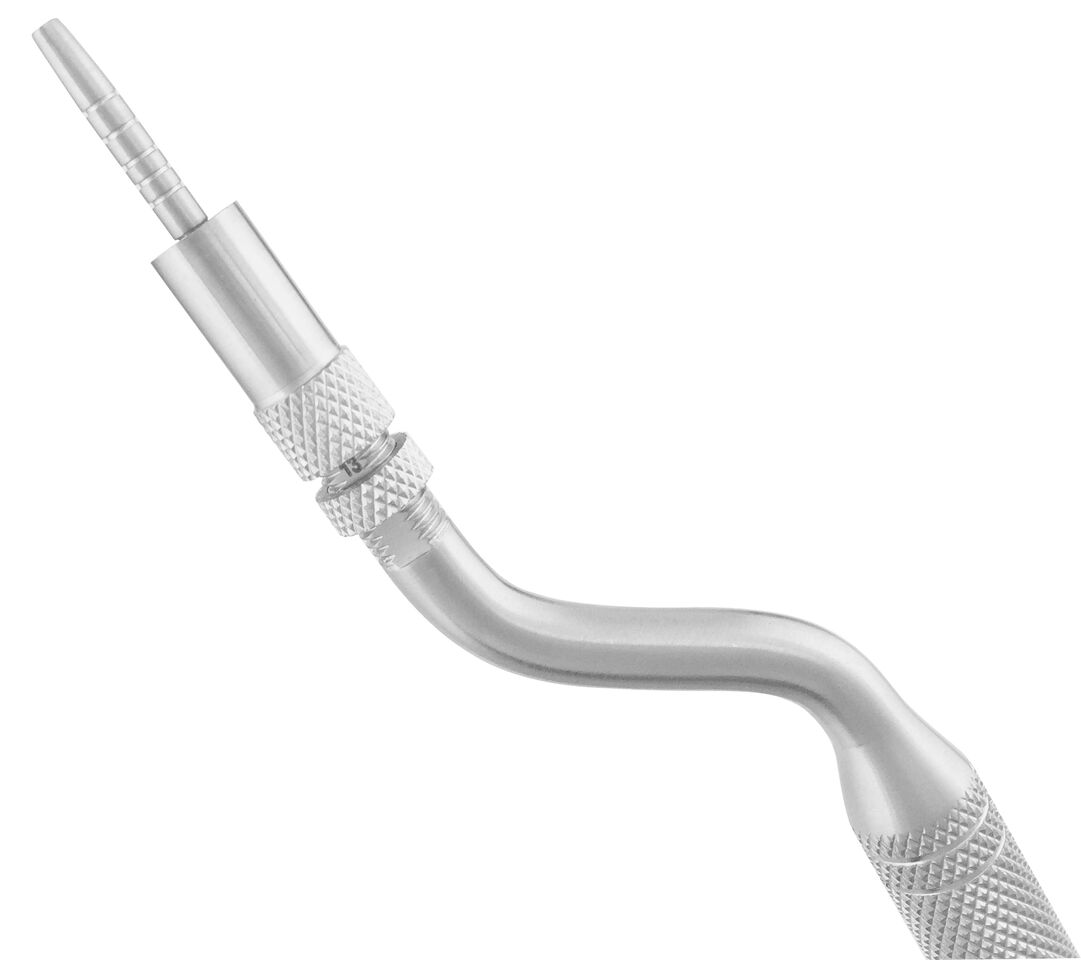 Implant Instruments
Implant Instruments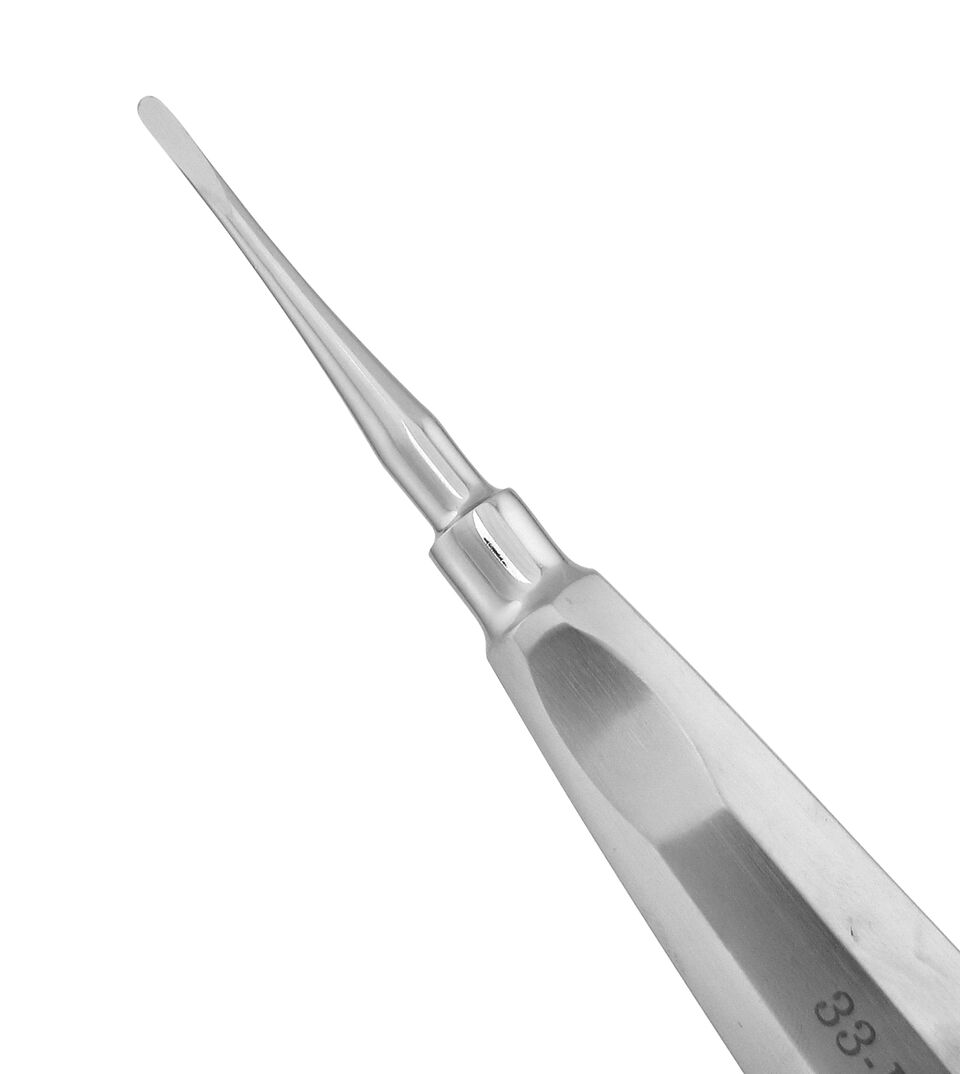 Luxating Elevators
Luxating Elevators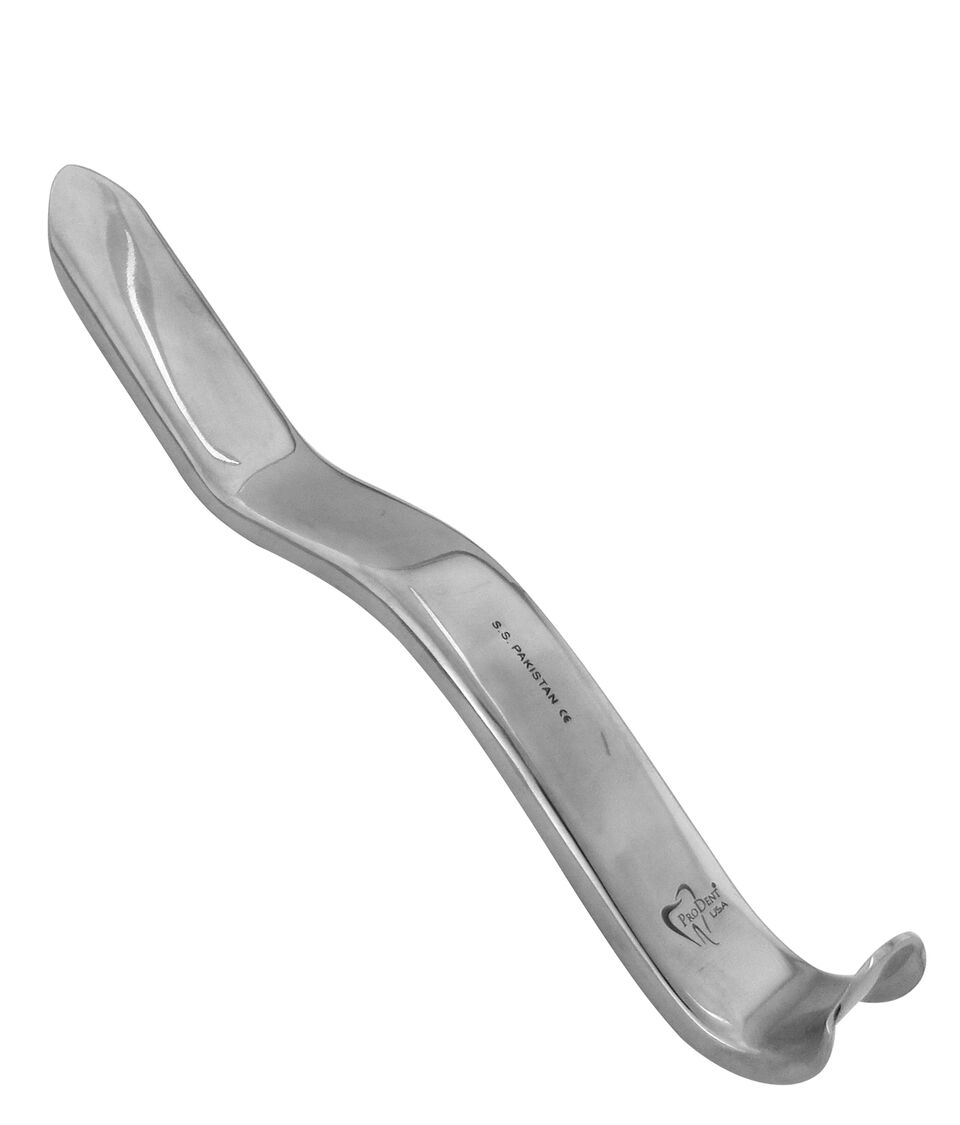 Mouth Gags & Retractors
Mouth Gags & Retractors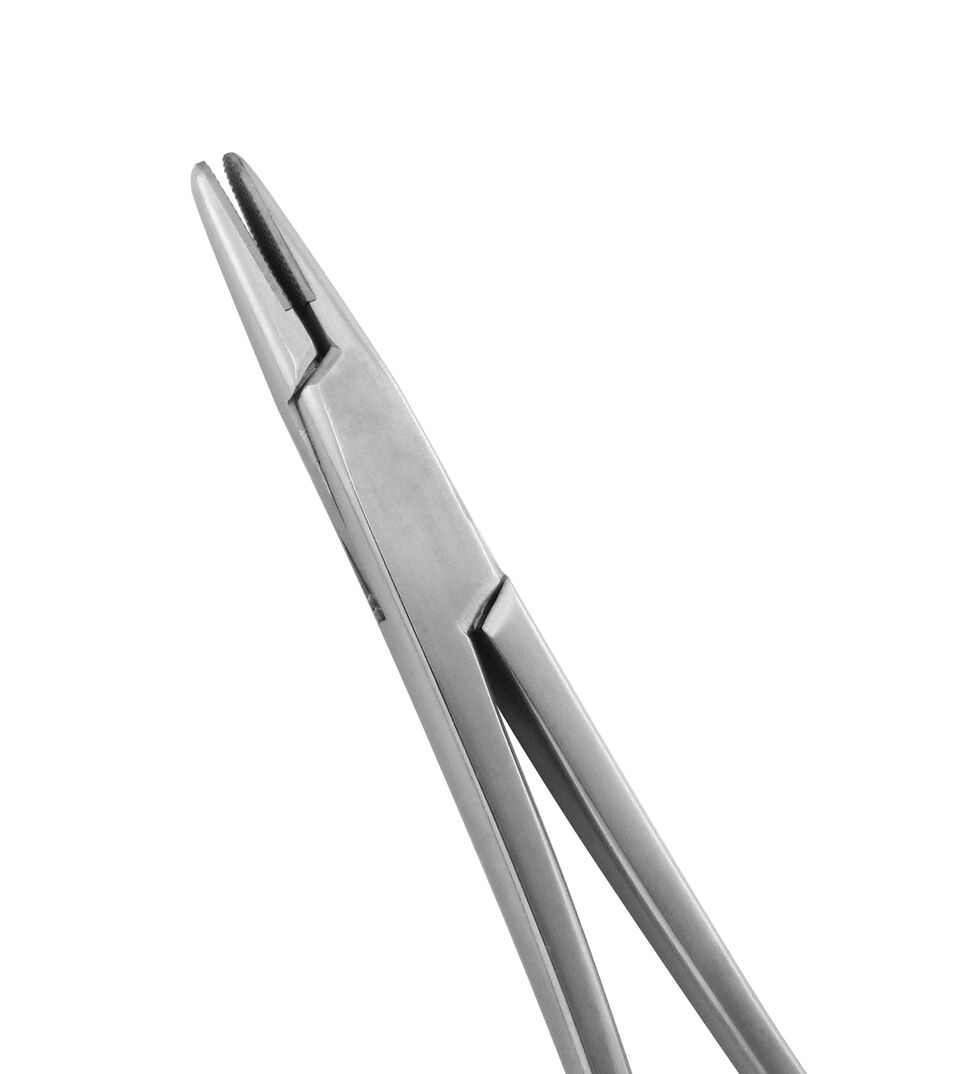 Needle Holders
Needle Holders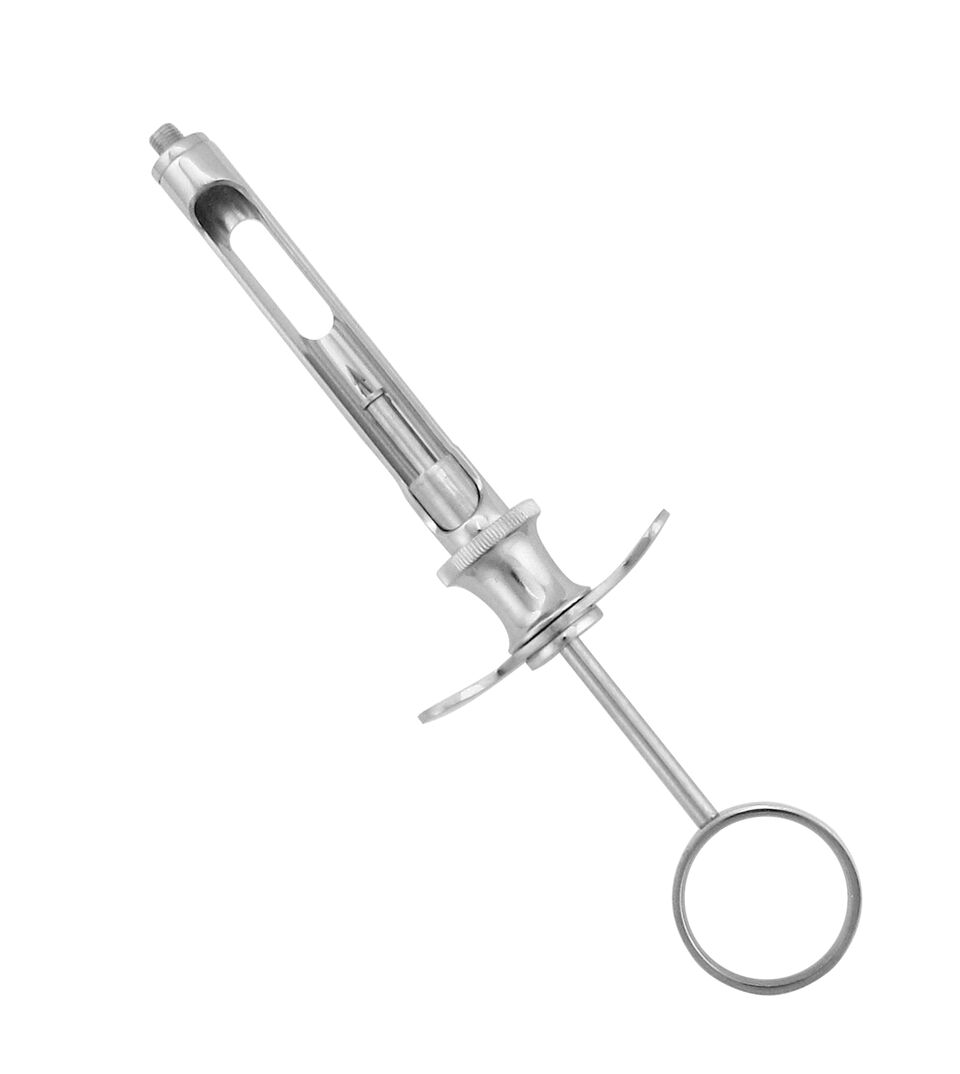 Oral Surgery Aspirating Syringes
Oral Surgery Aspirating Syringes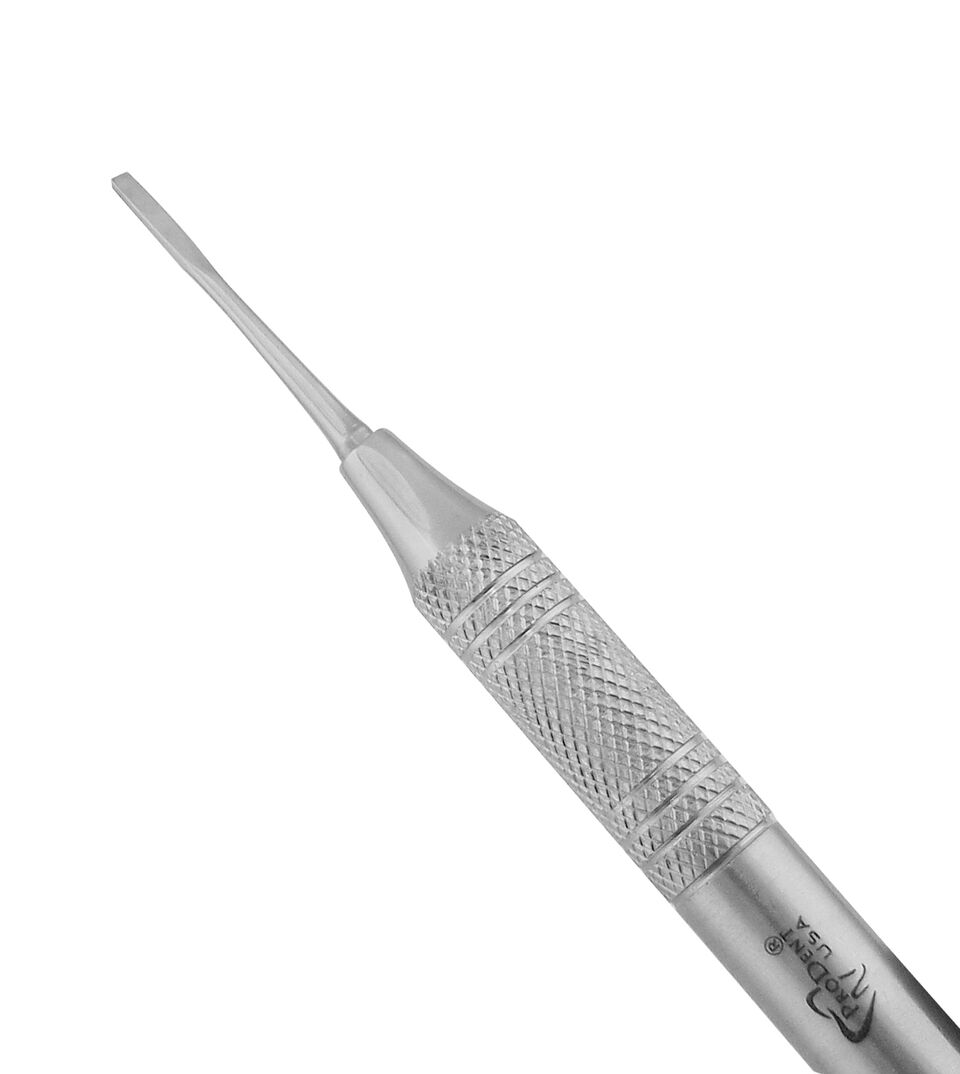 Periodontal Surgical Instruments
Periodontal Surgical Instruments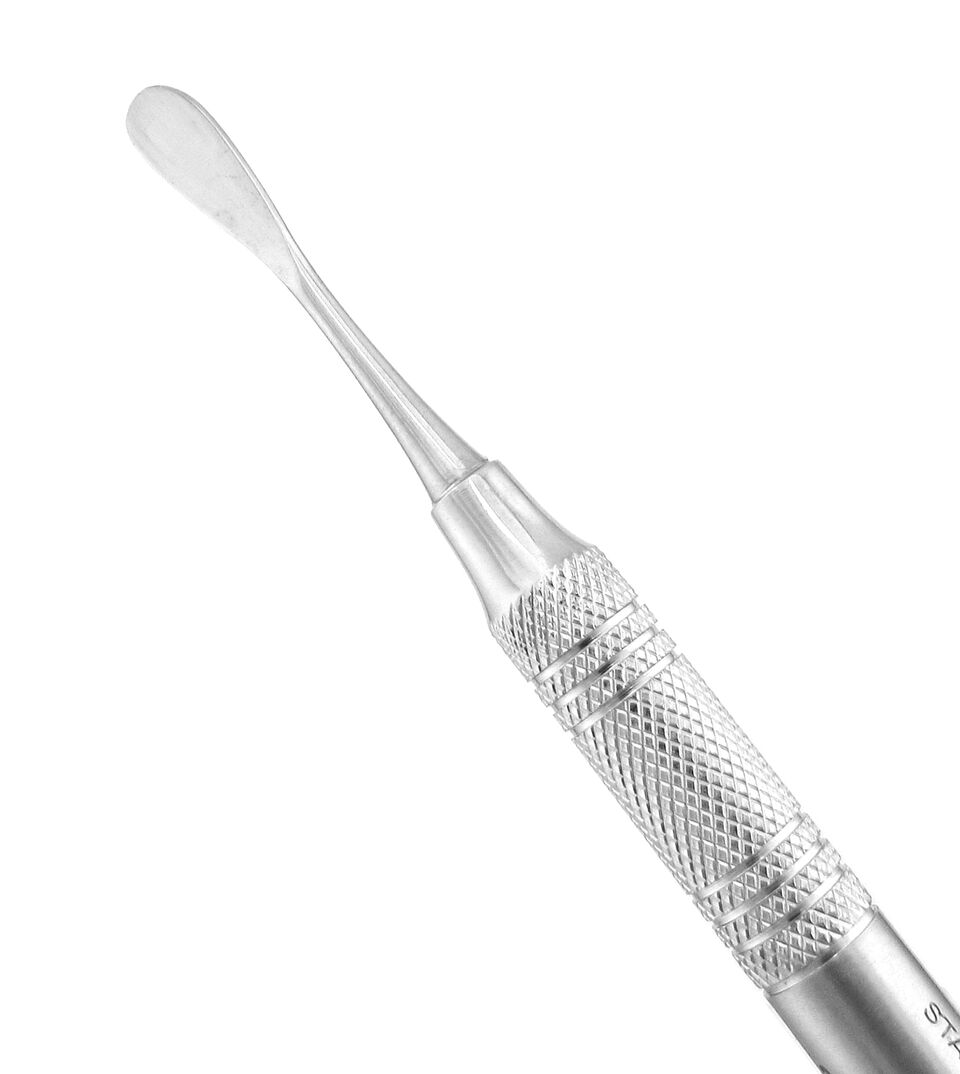 Periosteal Elevators
Periosteal Elevators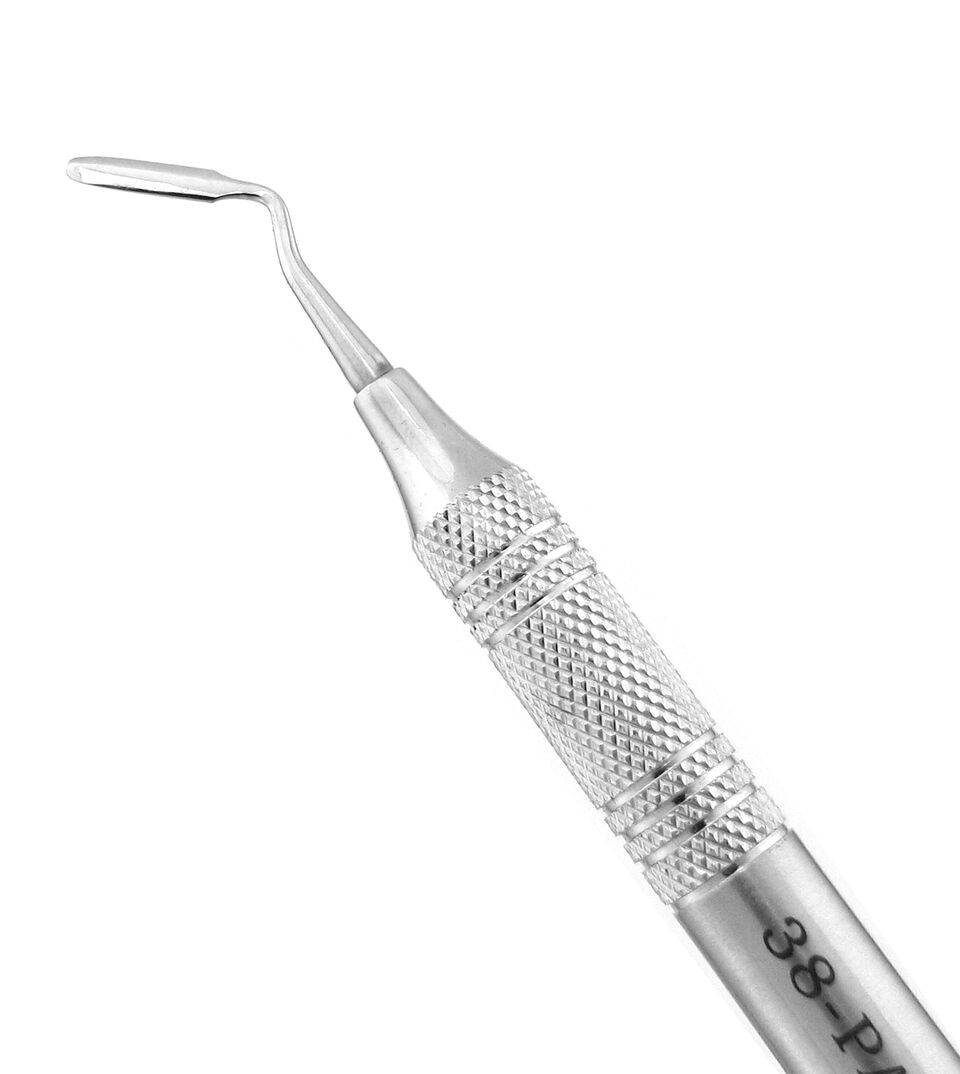 Periotomes
Periotomes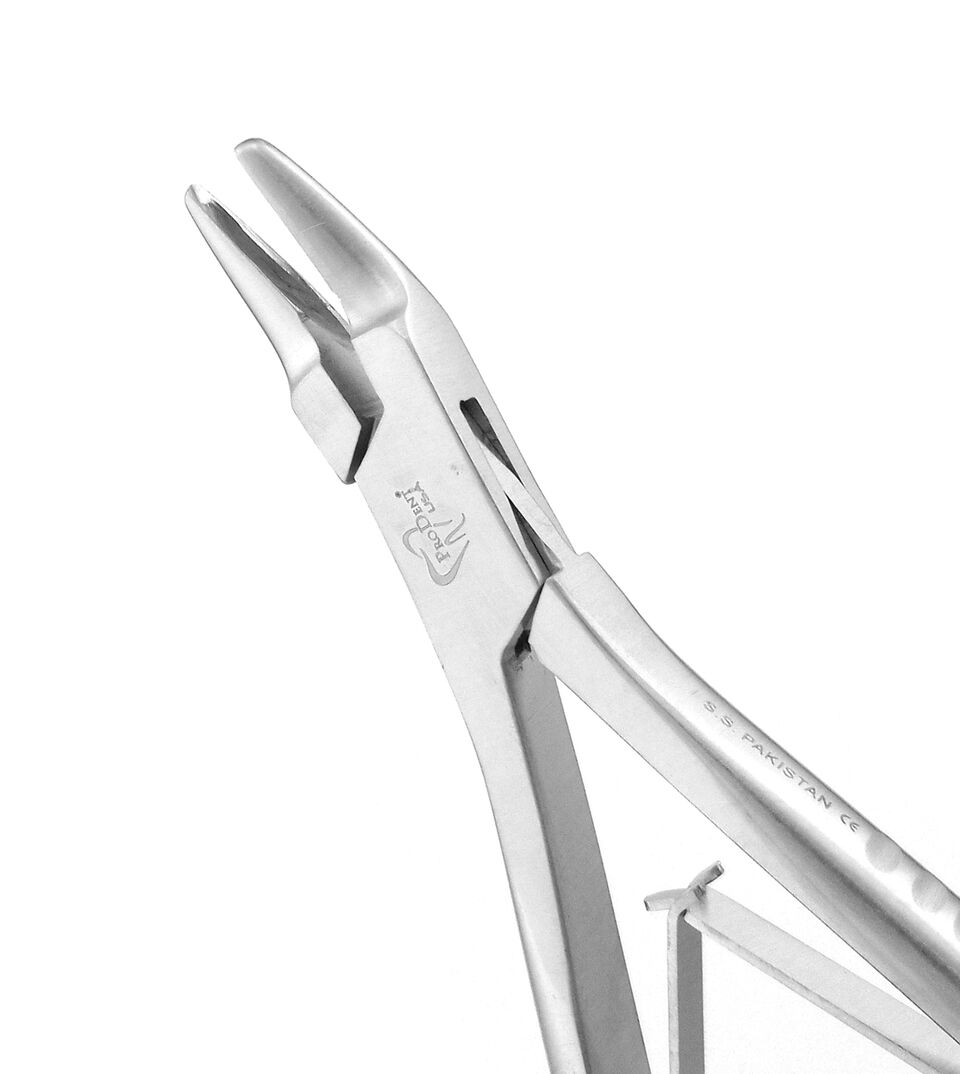 Rongeurs
Rongeurs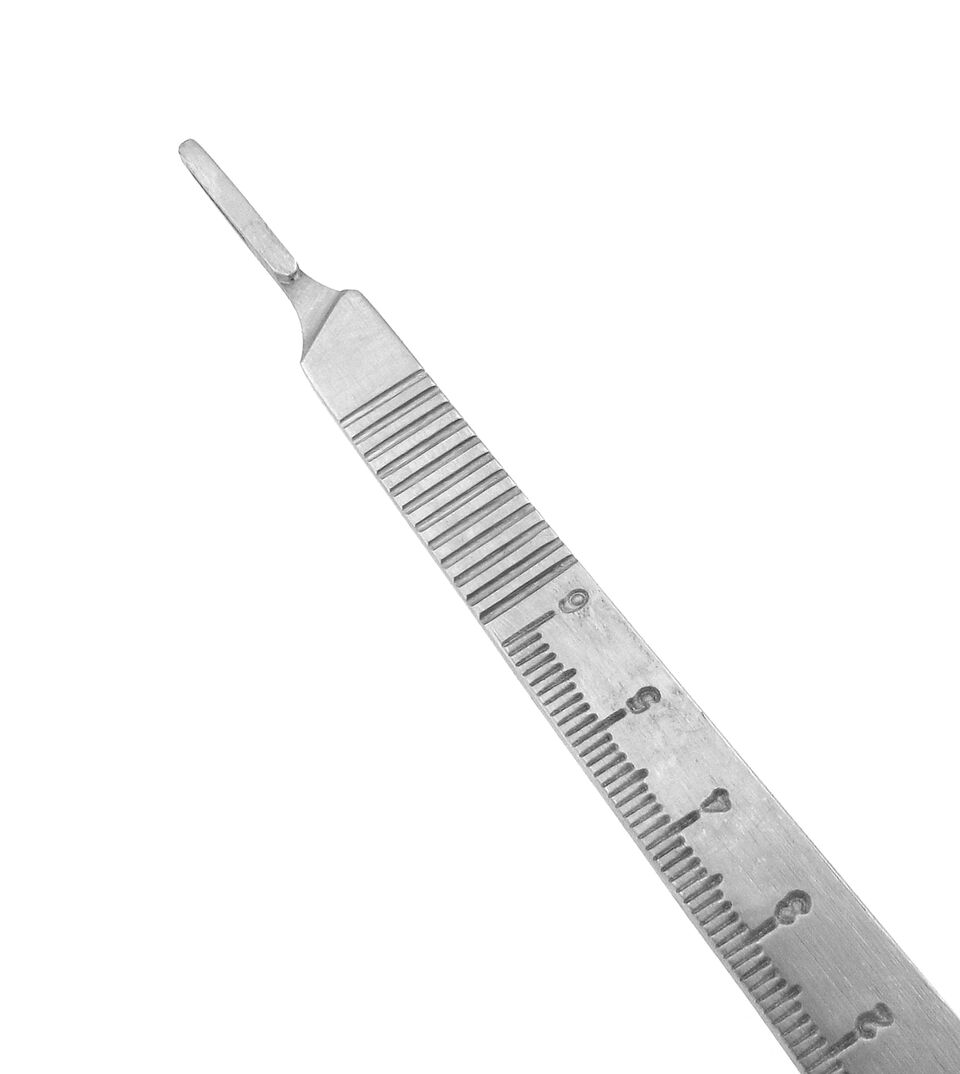 Scalpel Handles
Scalpel Handles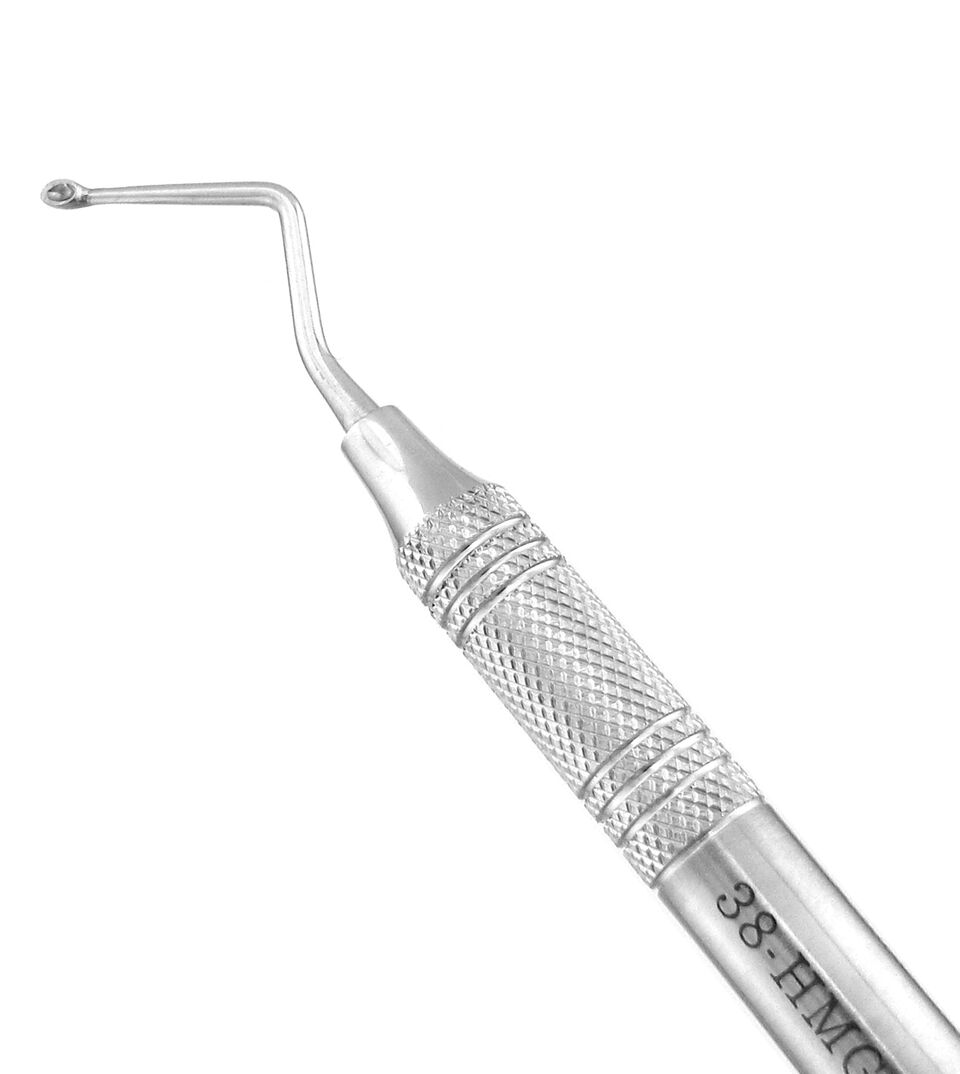 Surgical Curettes
Surgical Curettes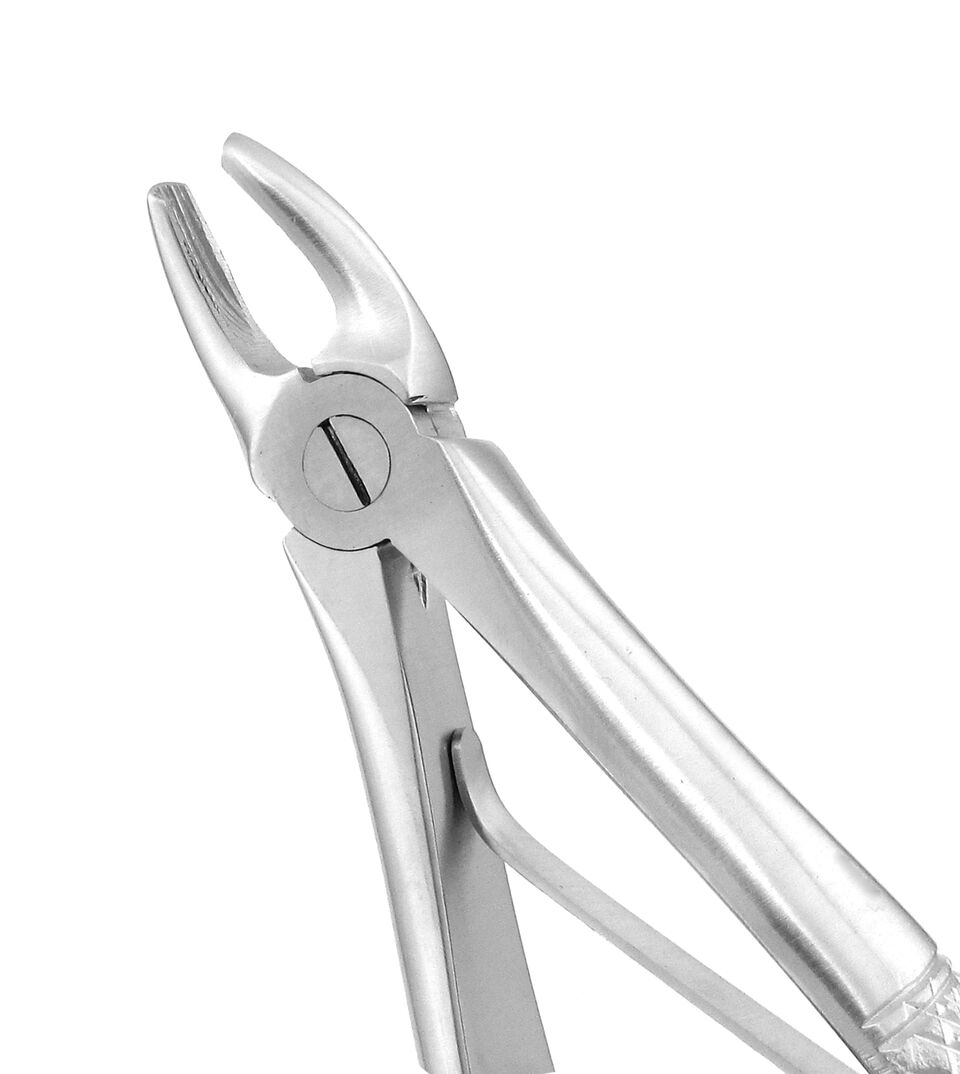 Surgical Pediatric Forceps
Surgical Pediatric Forceps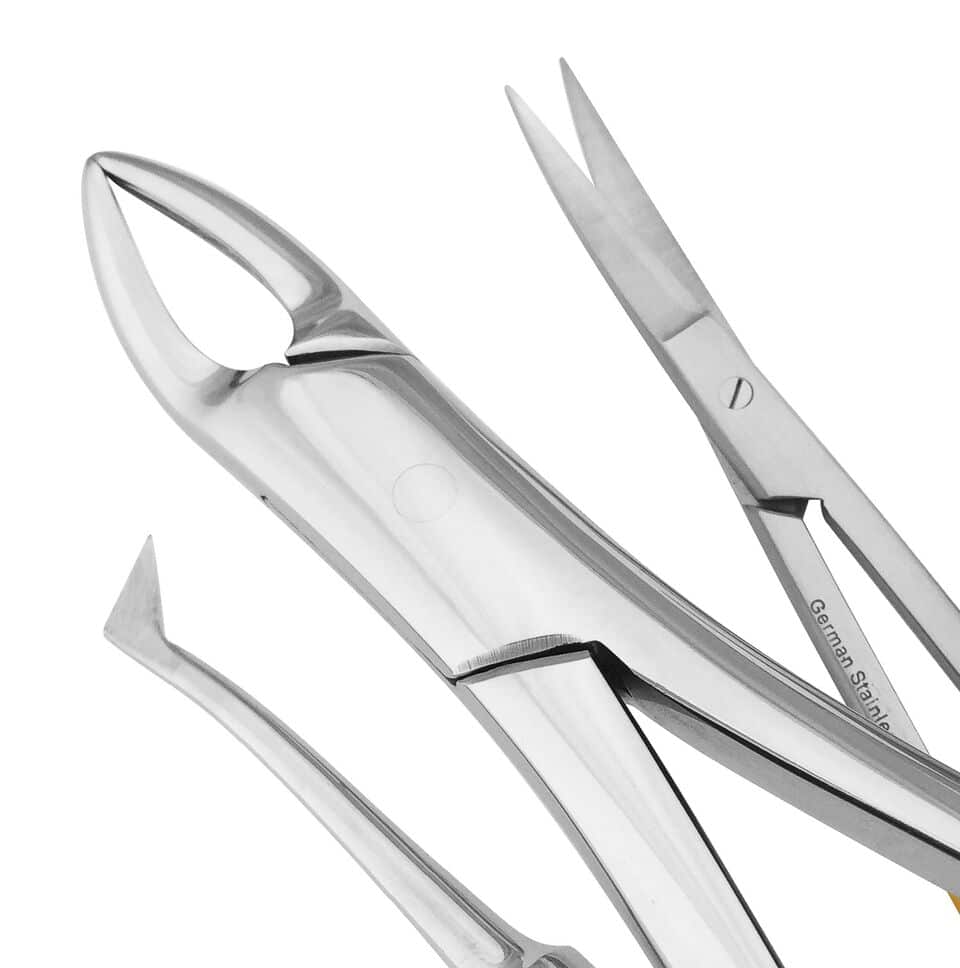 Surgical Sets
Surgical Sets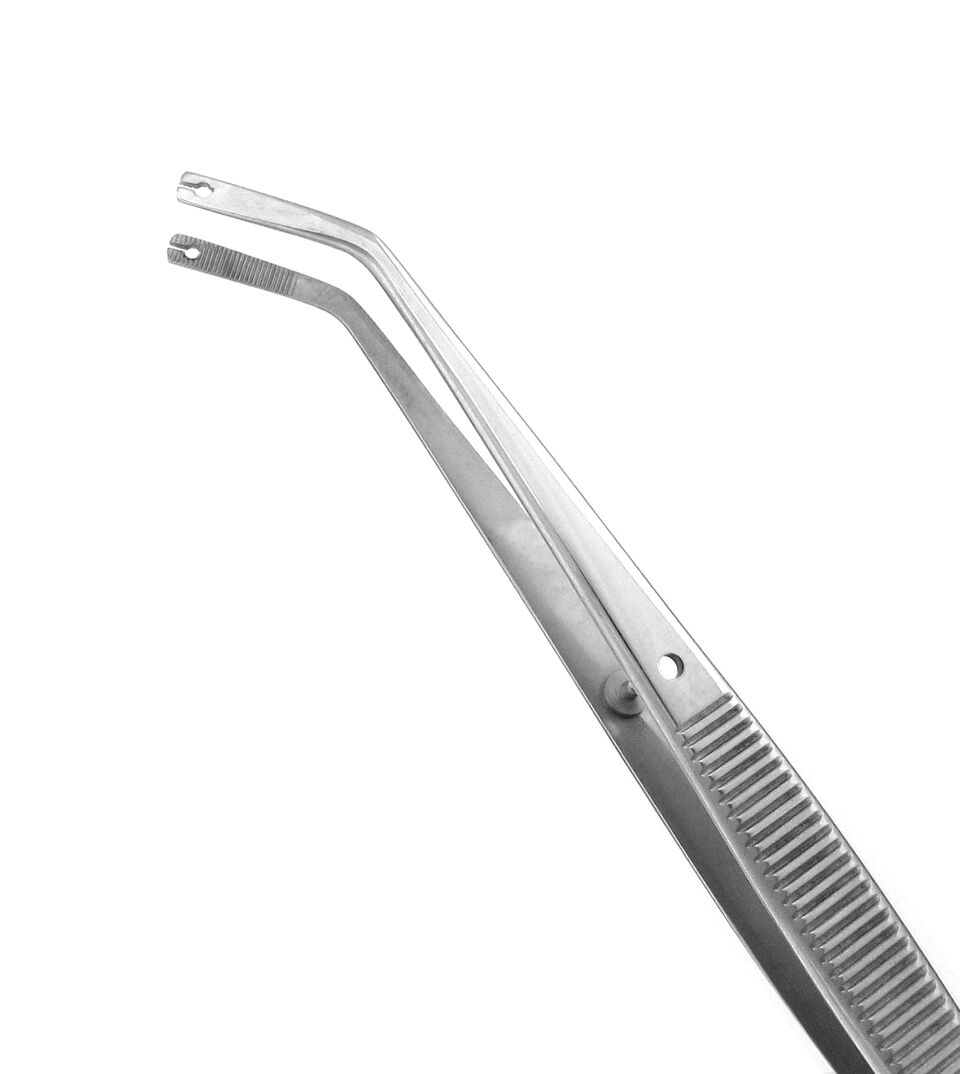 Suture Forceps
Suture Forceps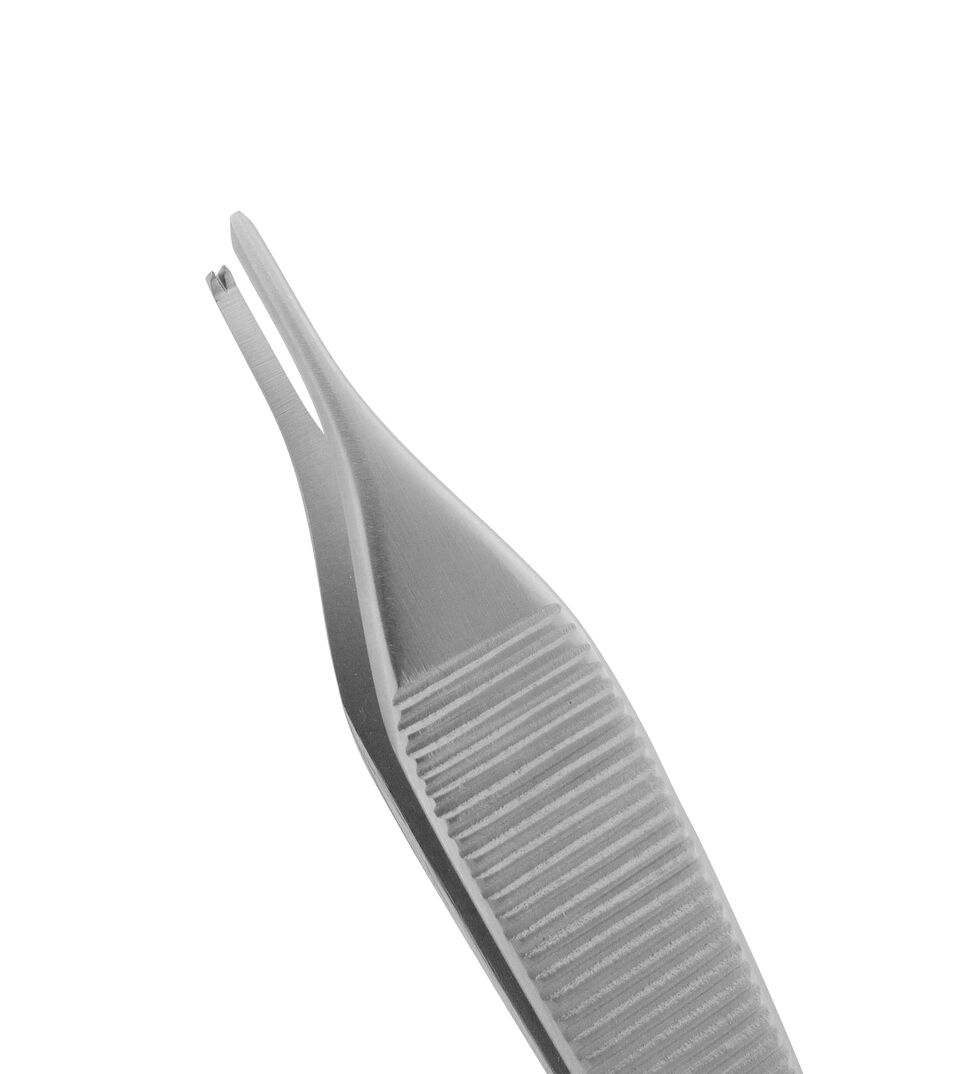 Tissue & Dressing Forceps
Tissue & Dressing Forceps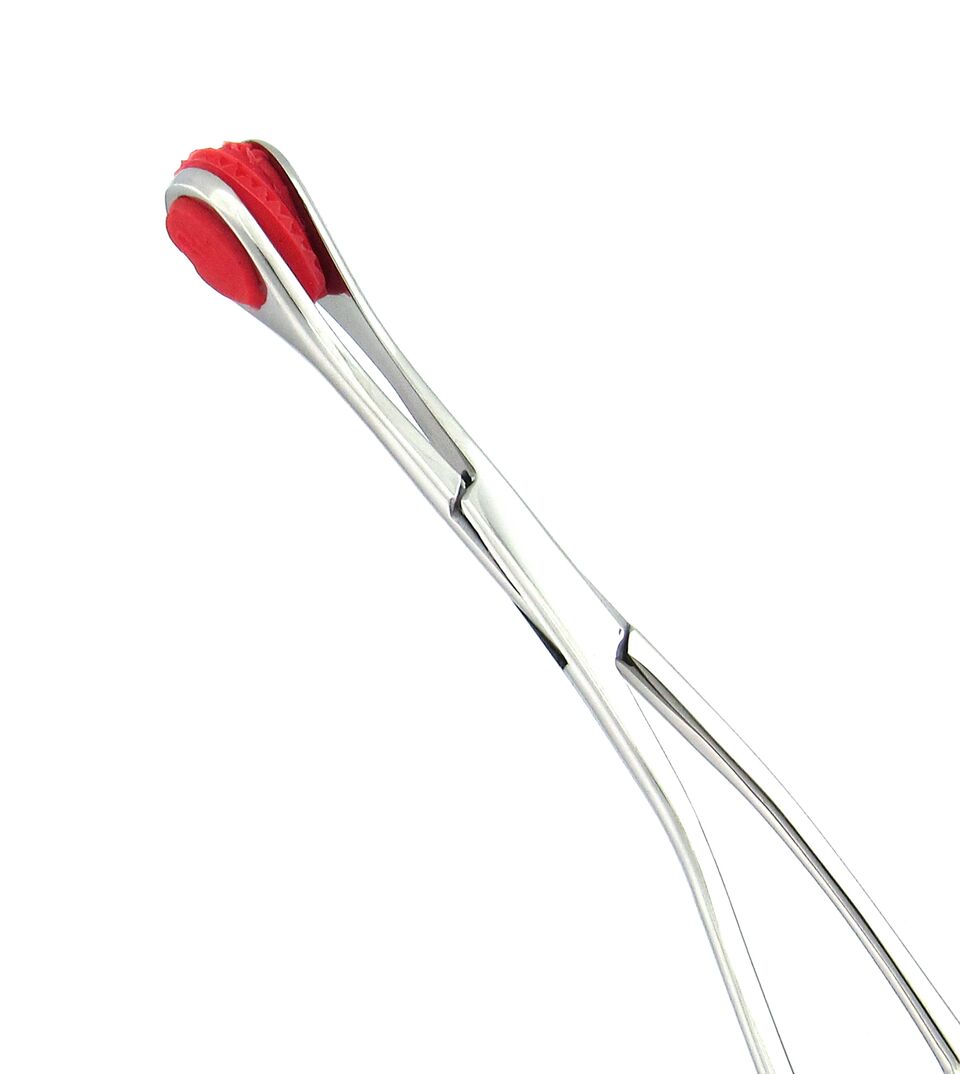 Utility Forceps
Utility Forceps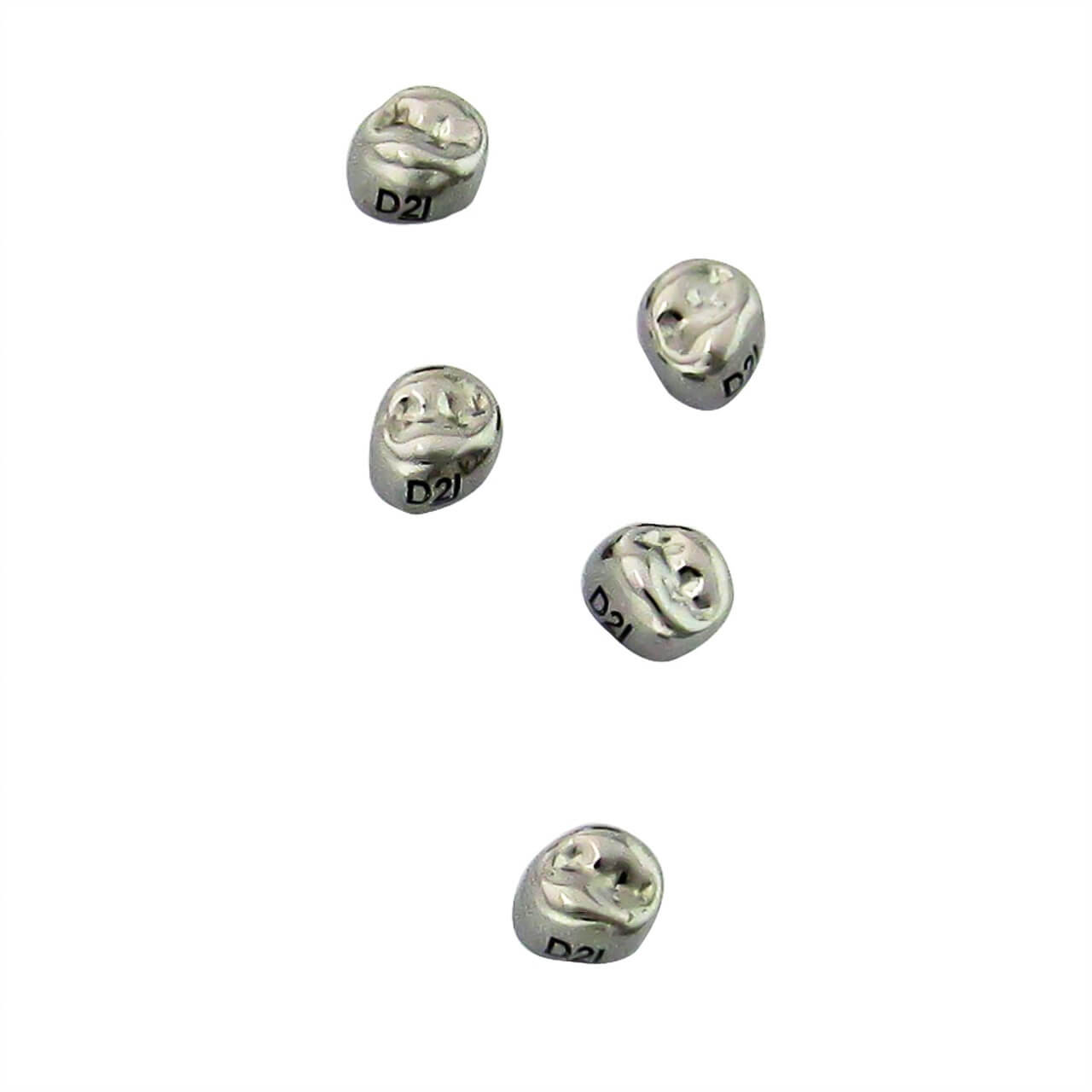 Stainless Steel Crowns
Stainless Steel Crowns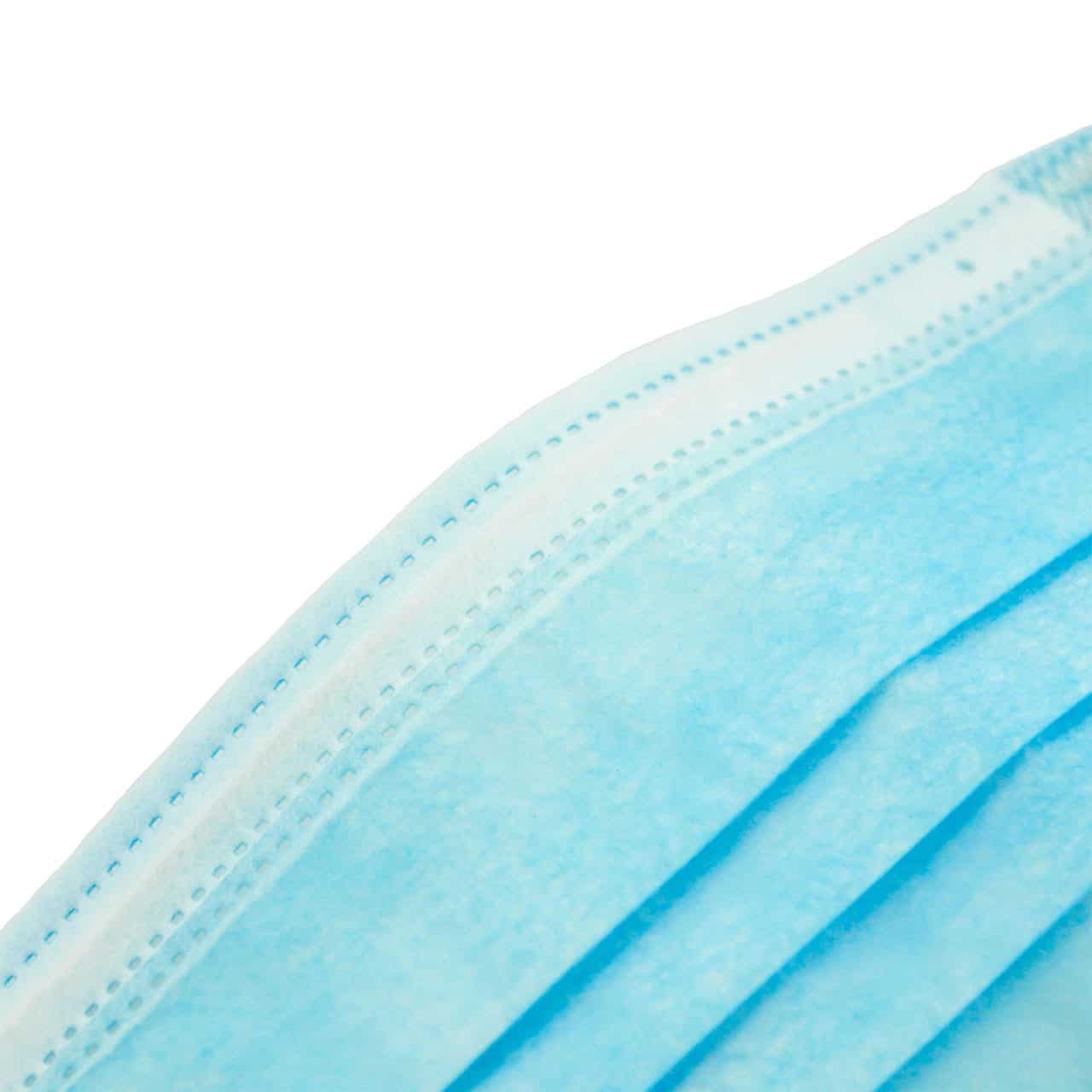 Personal Protective Equipment
Personal Protective Equipment